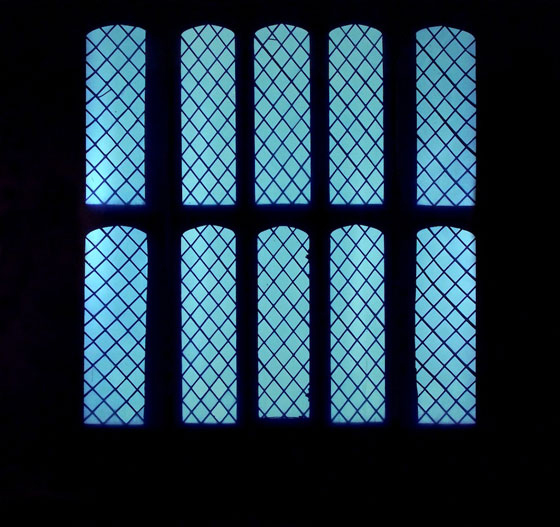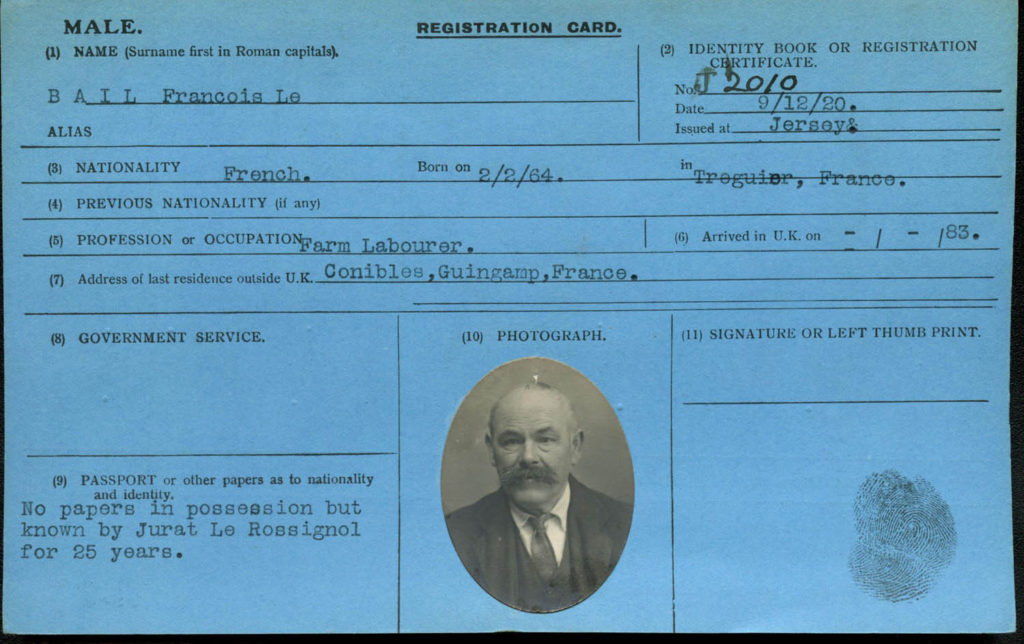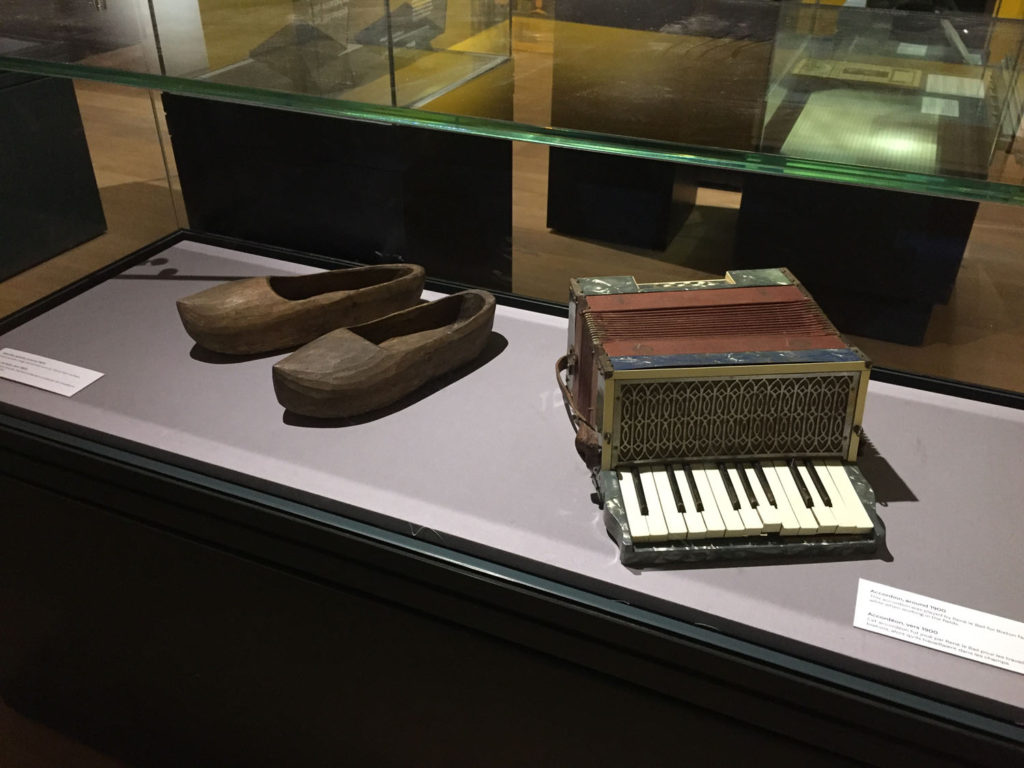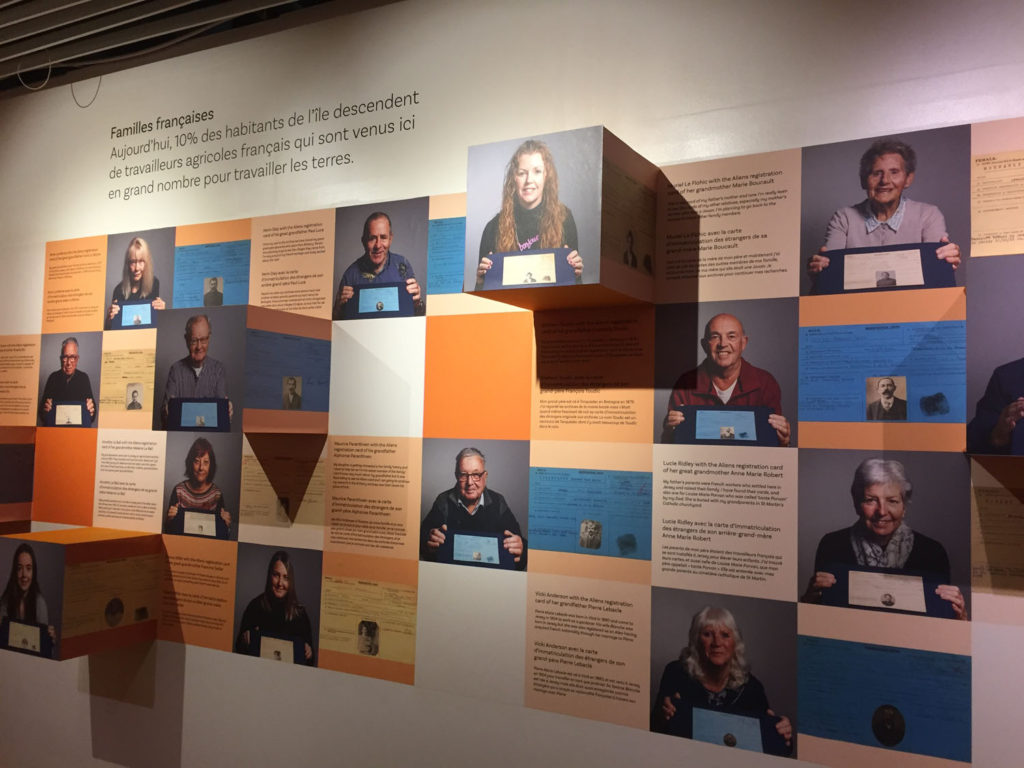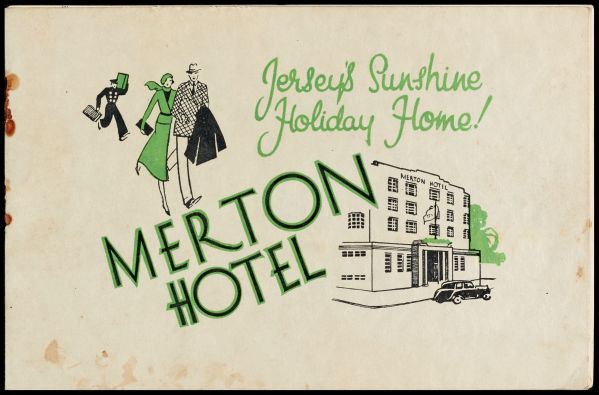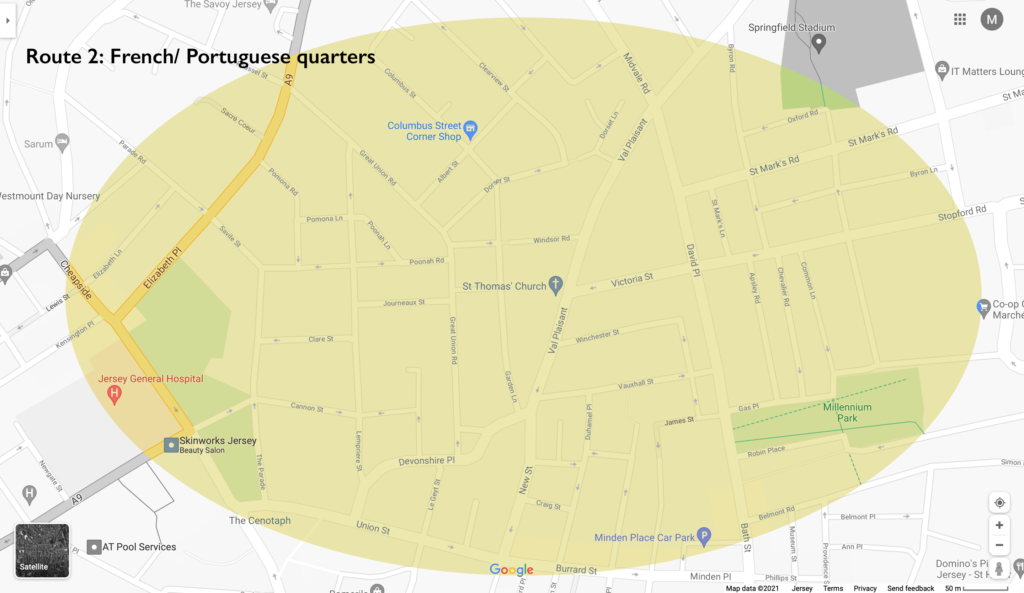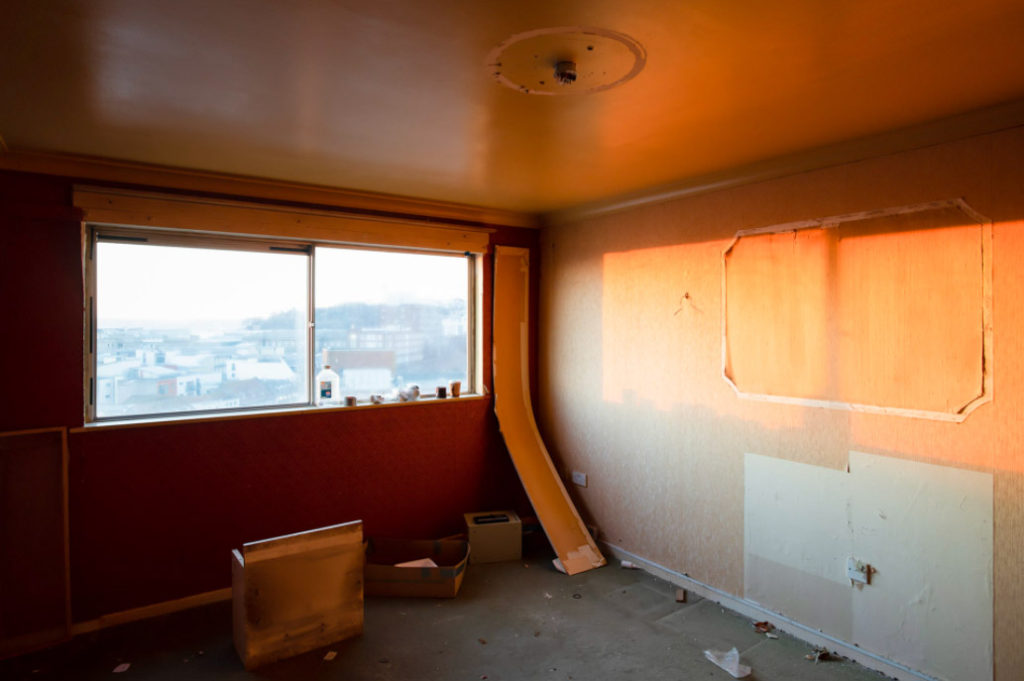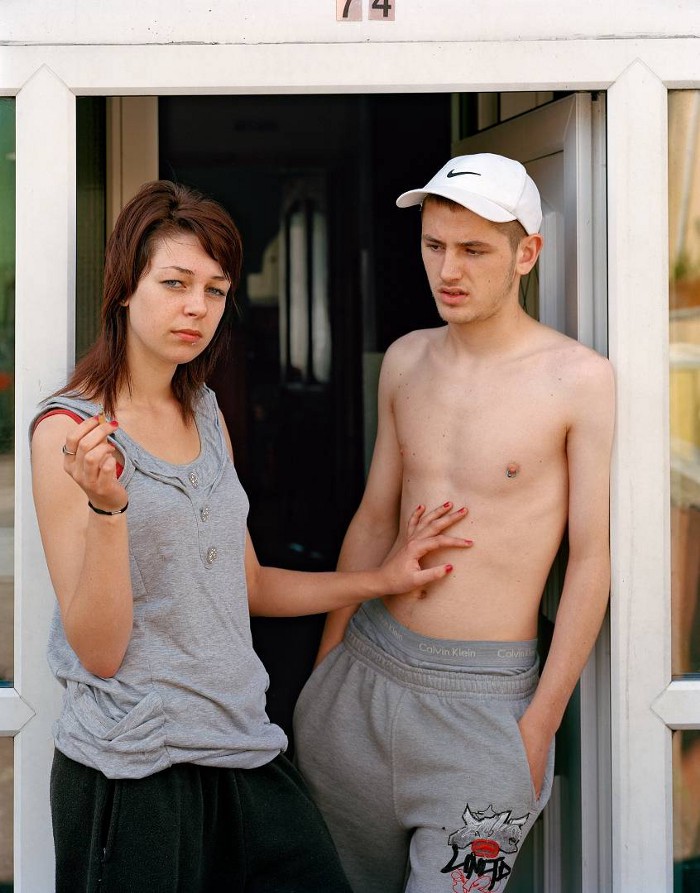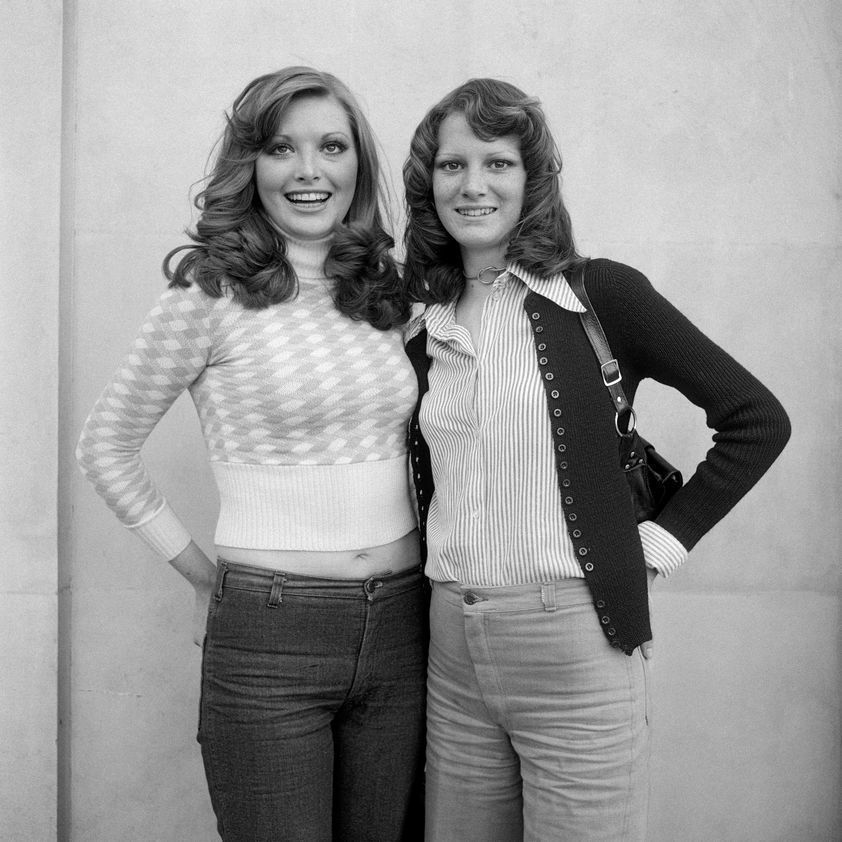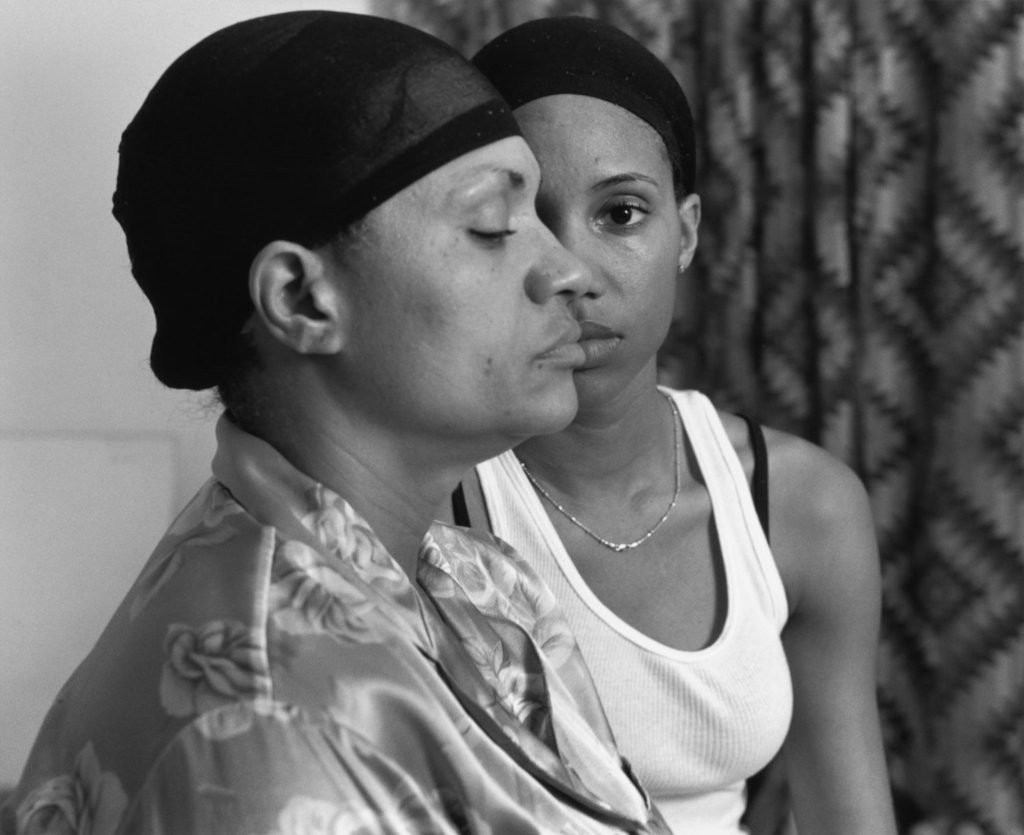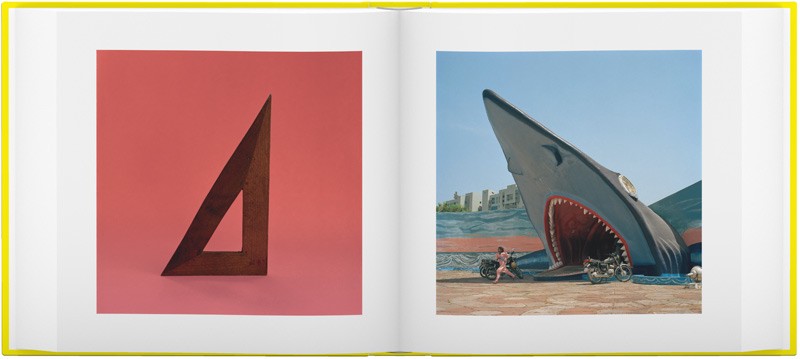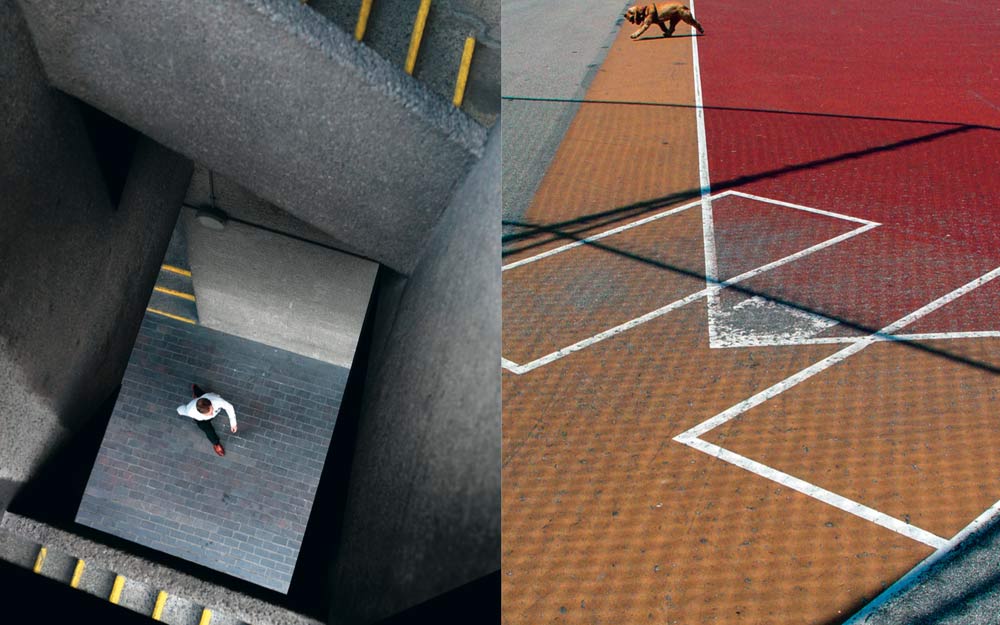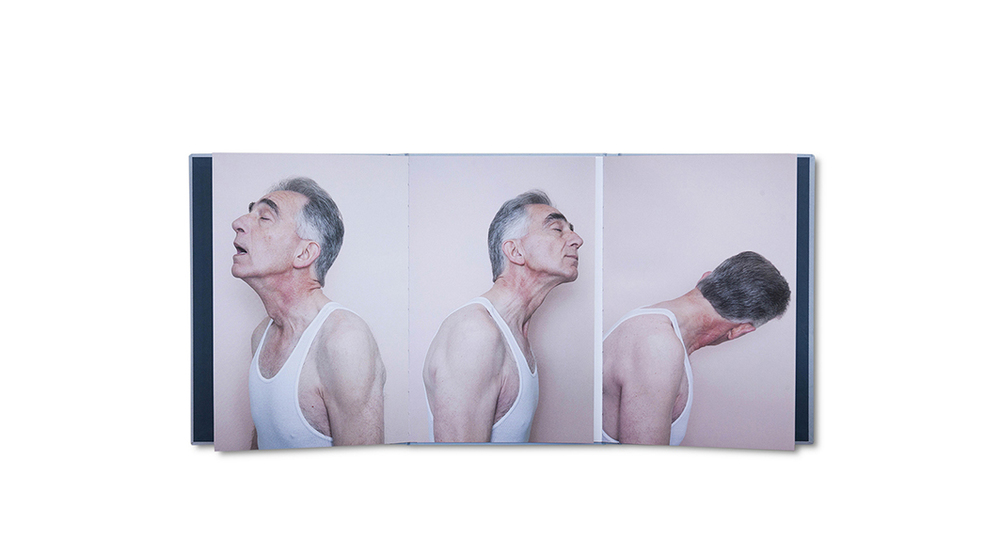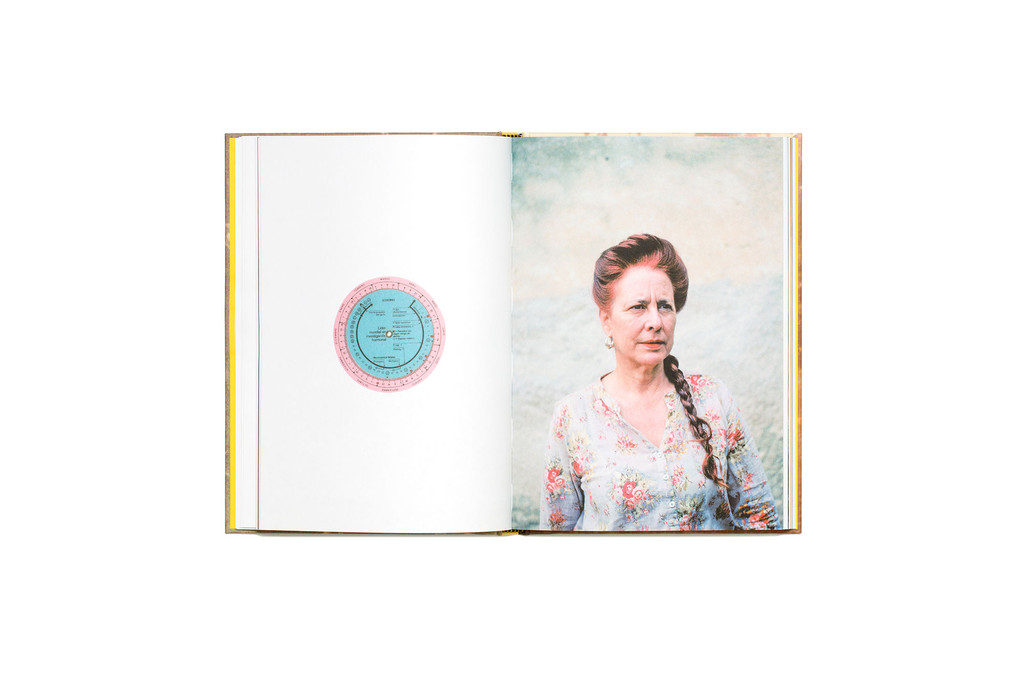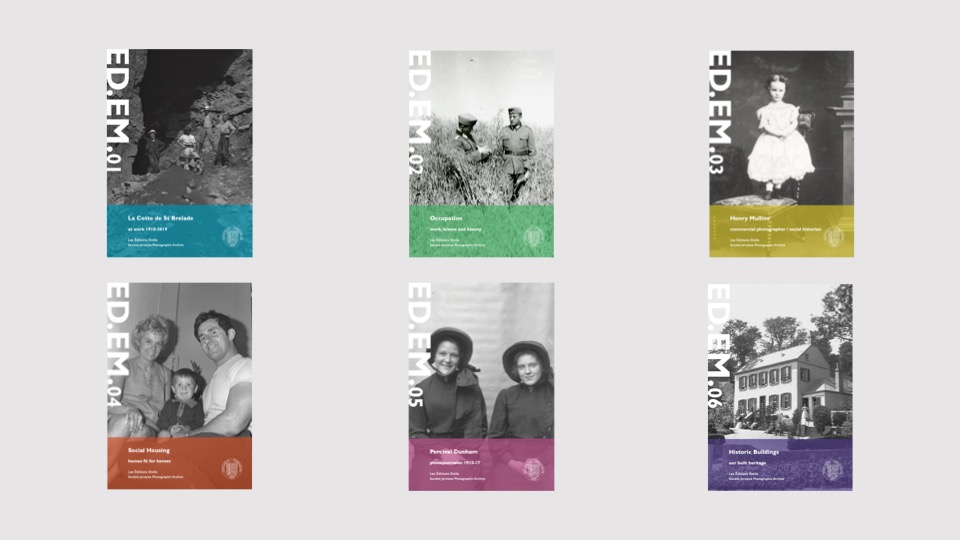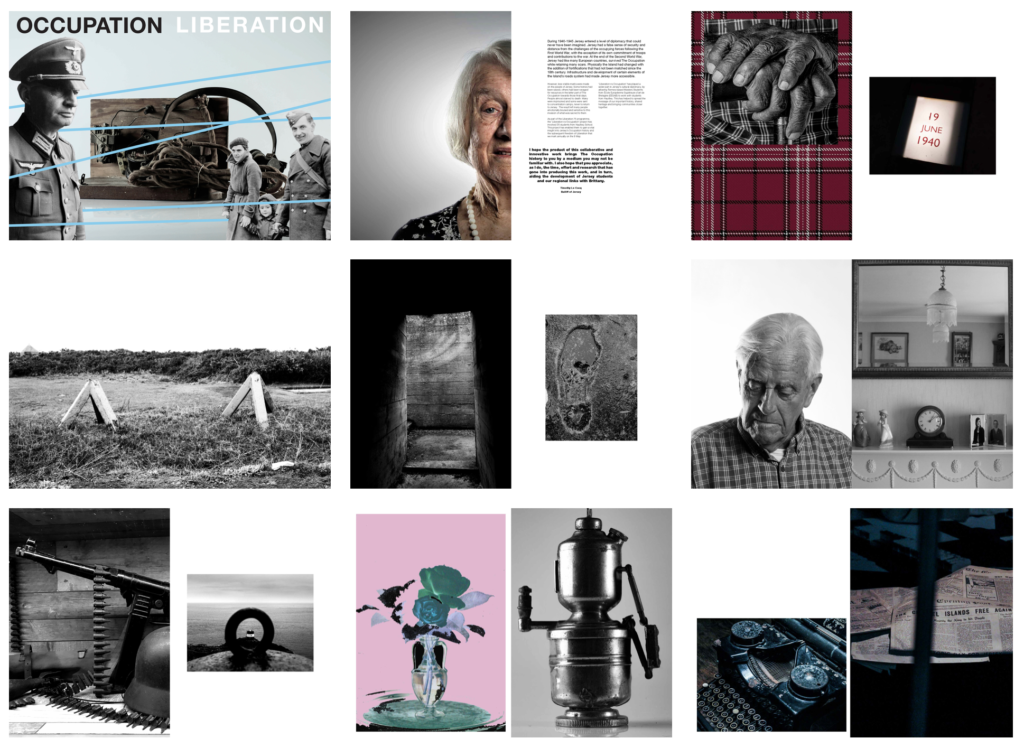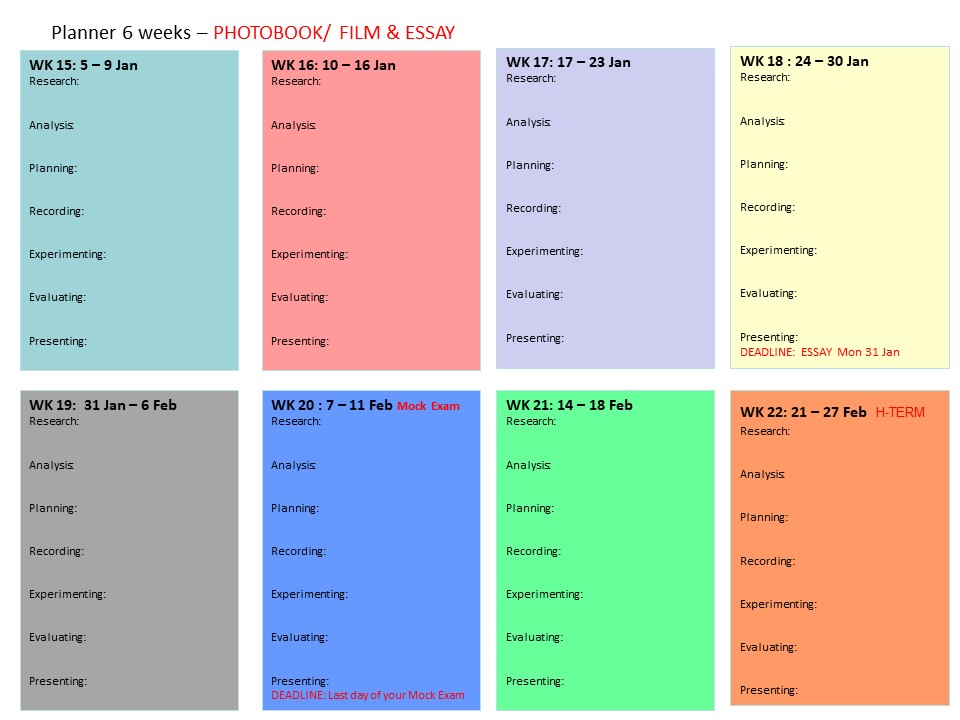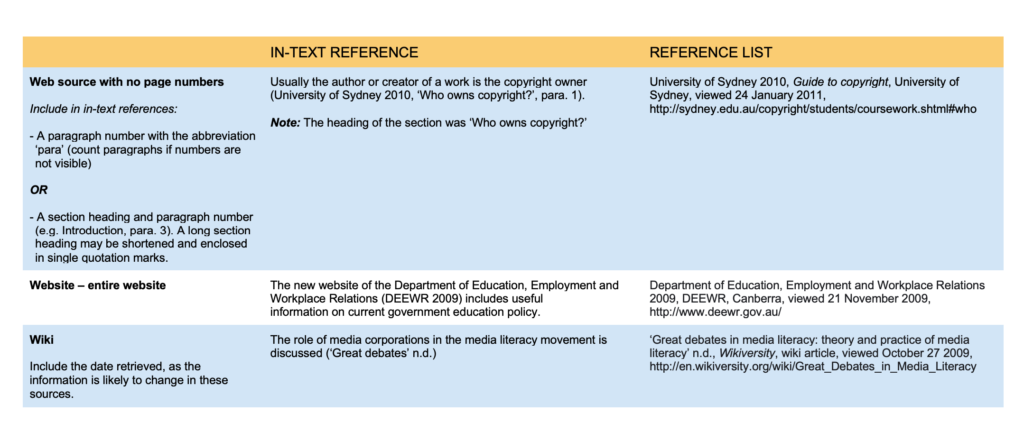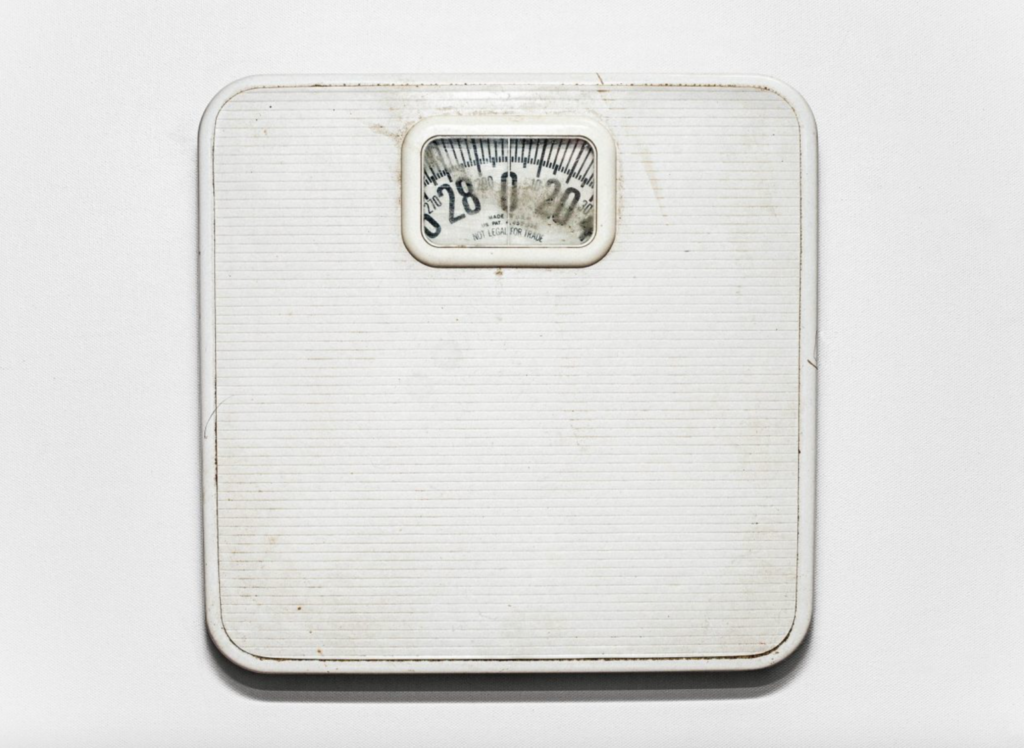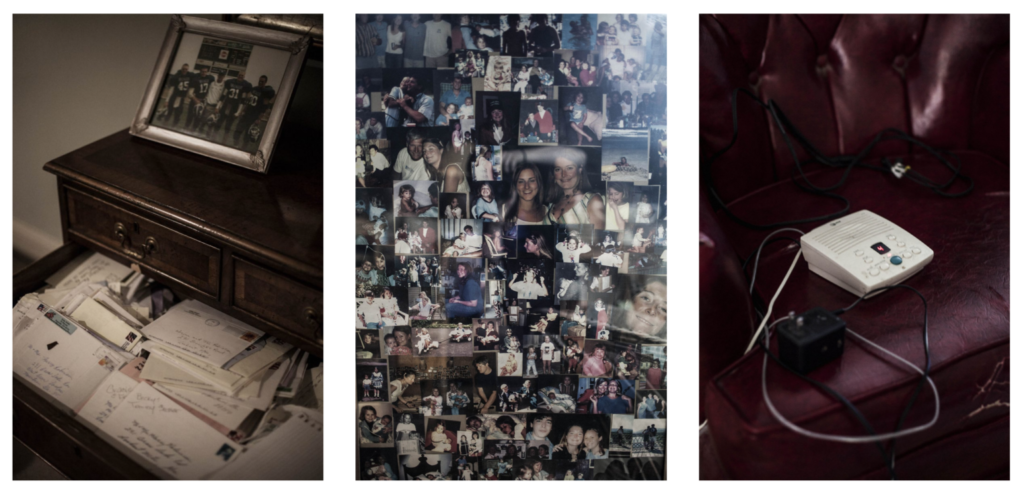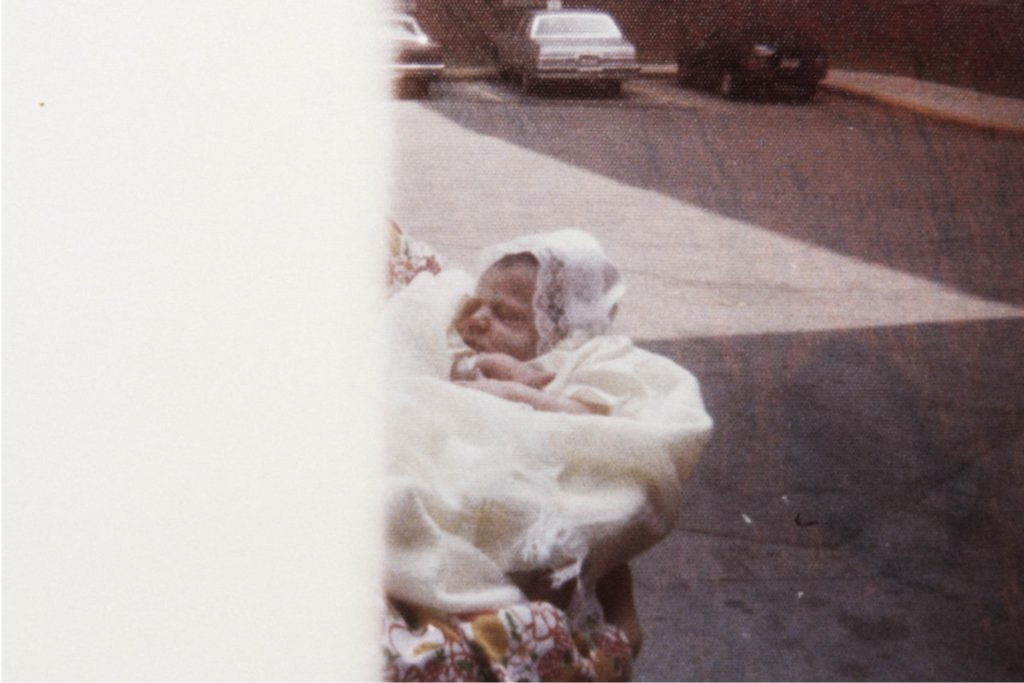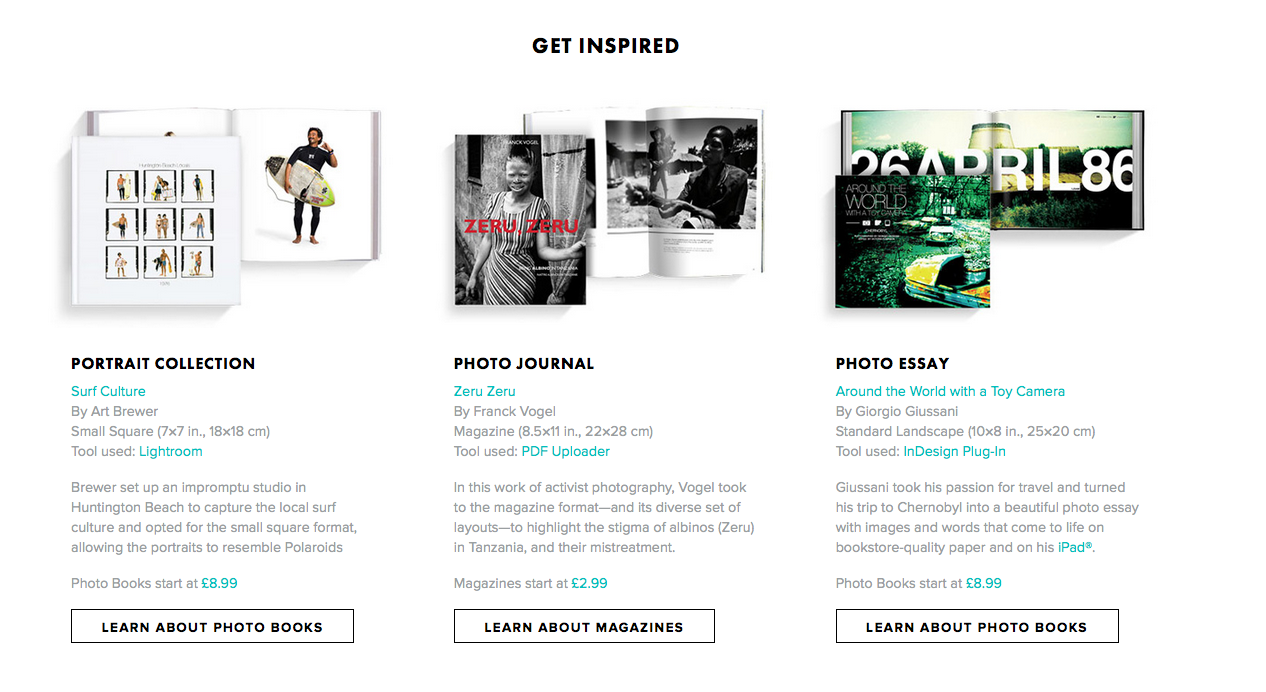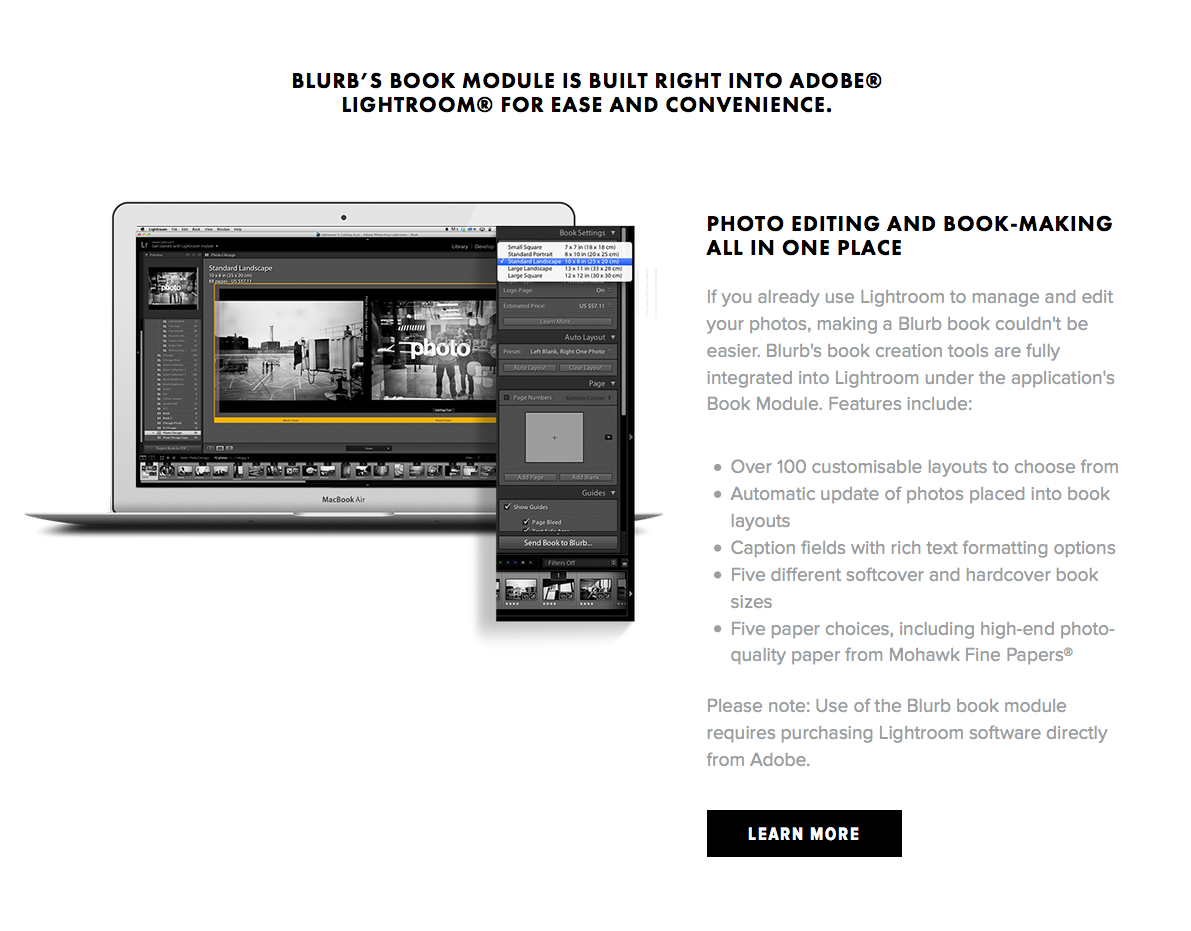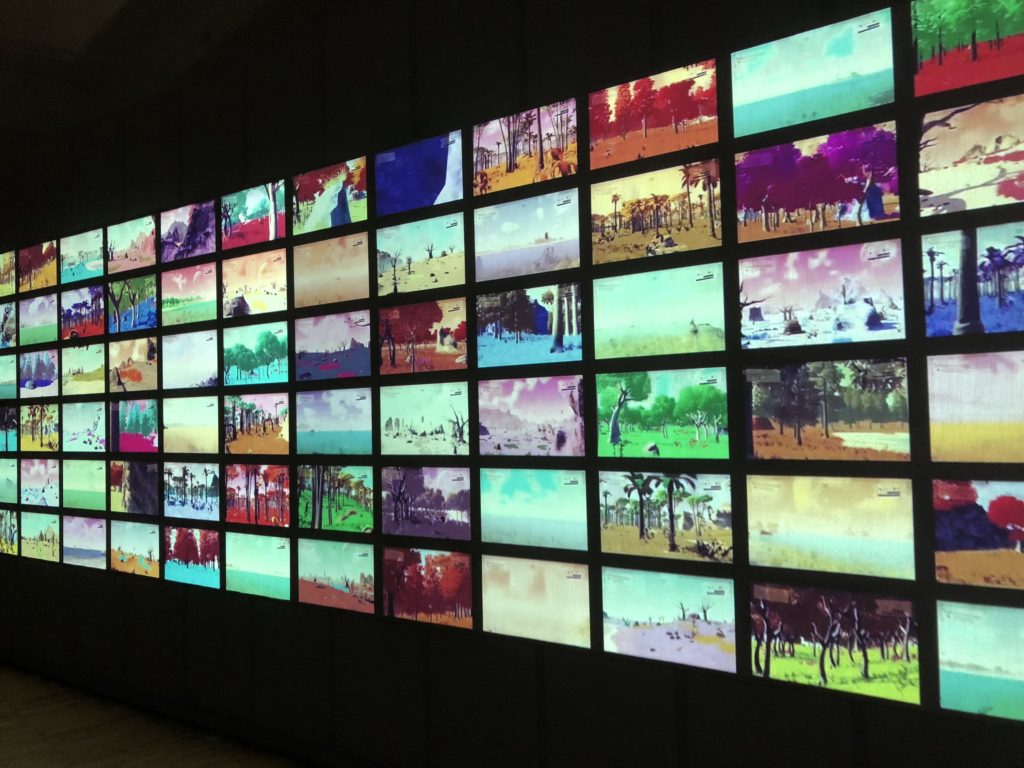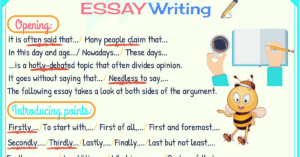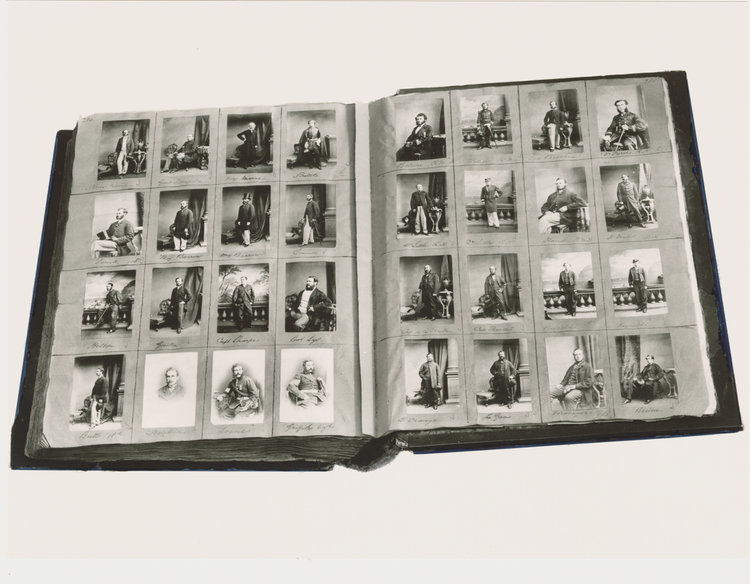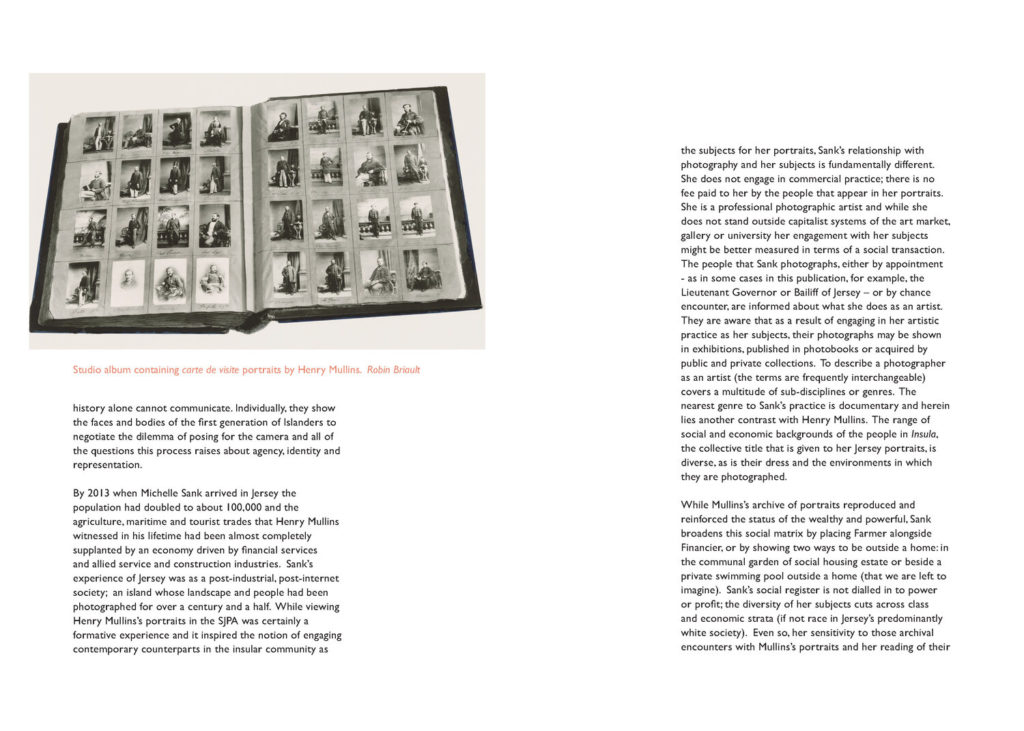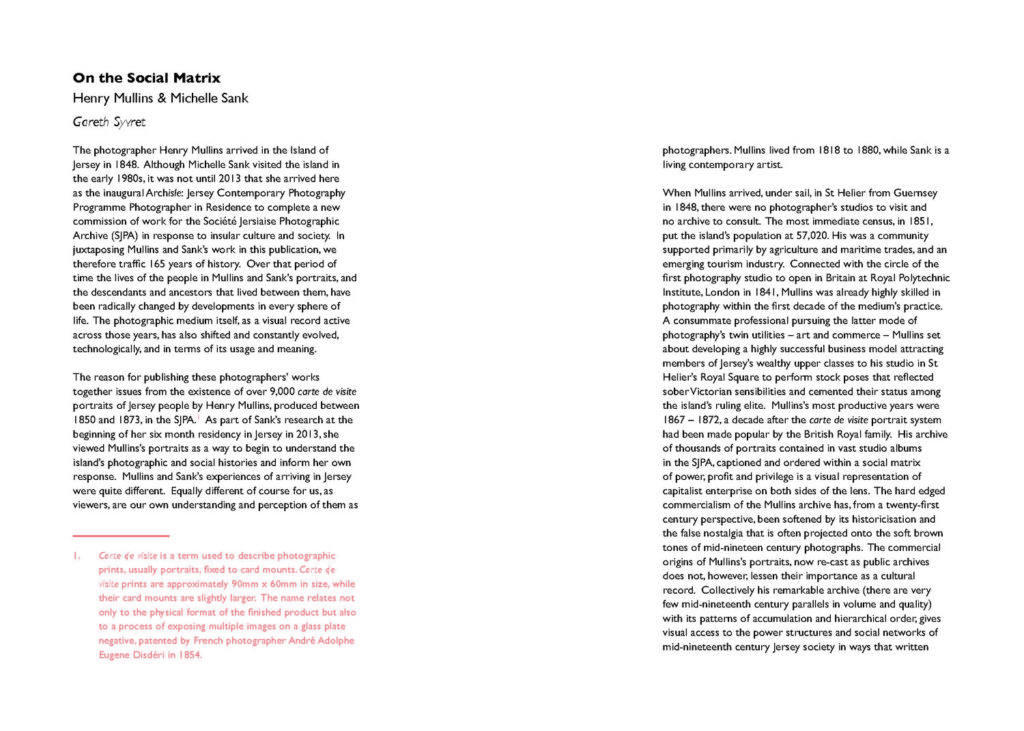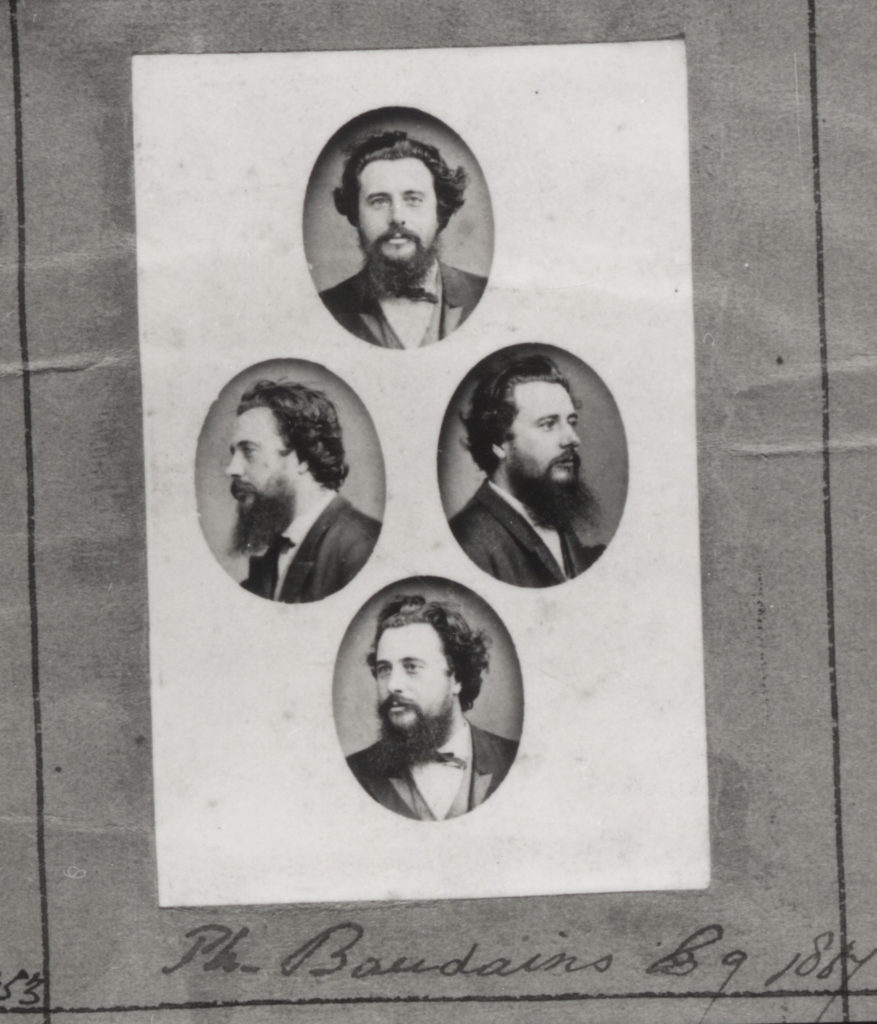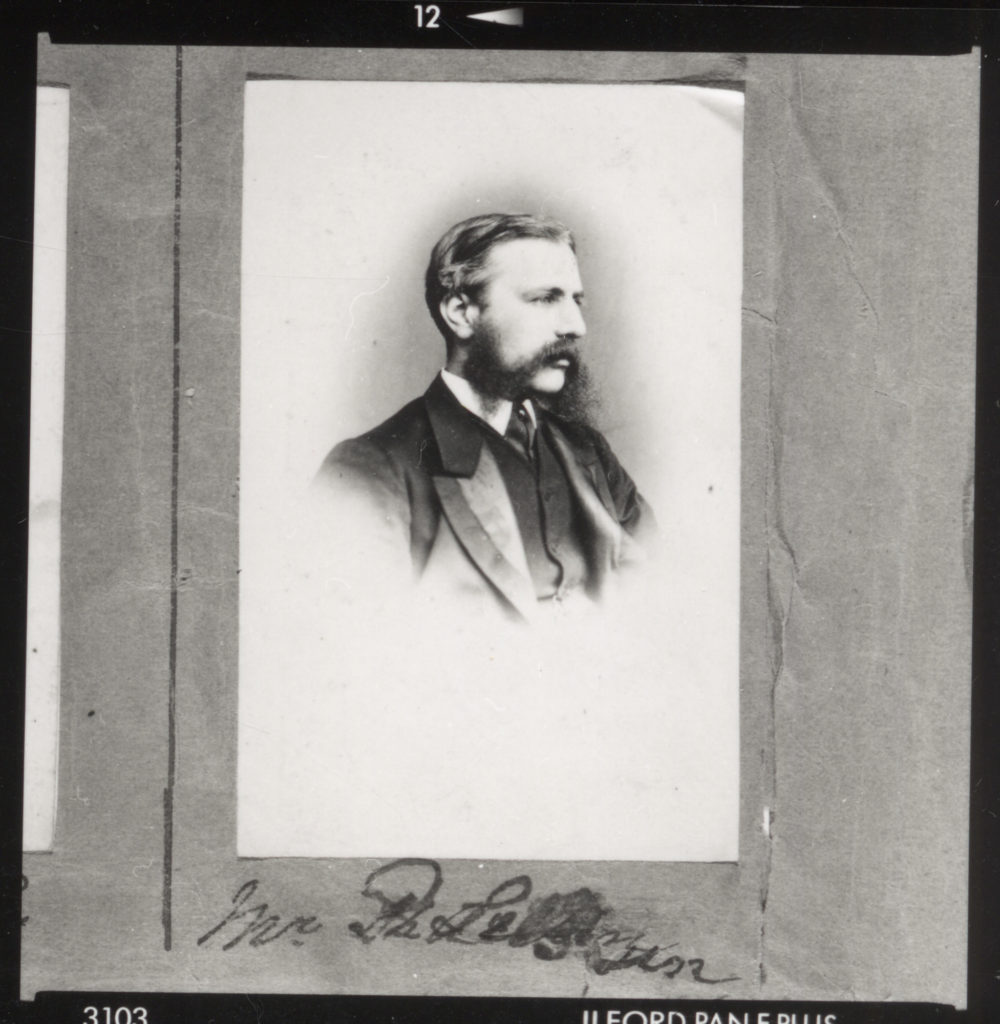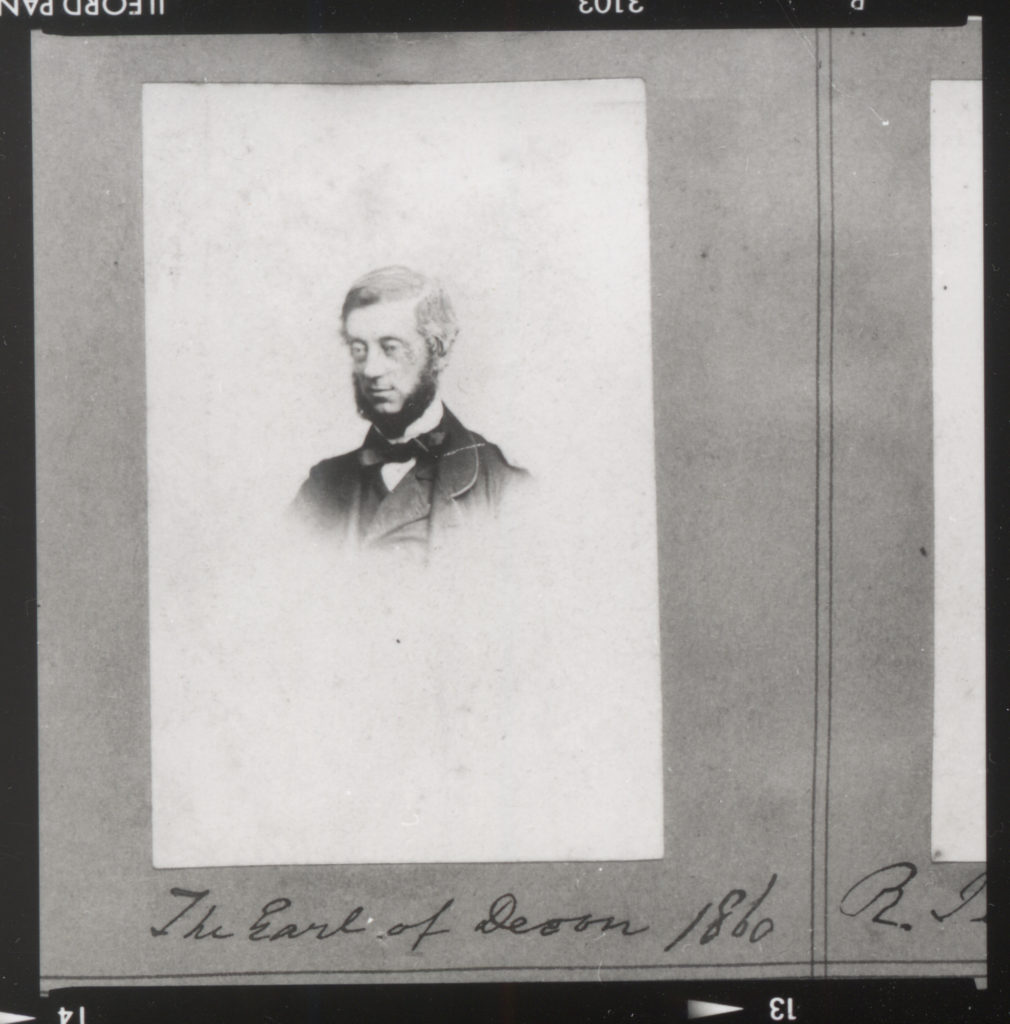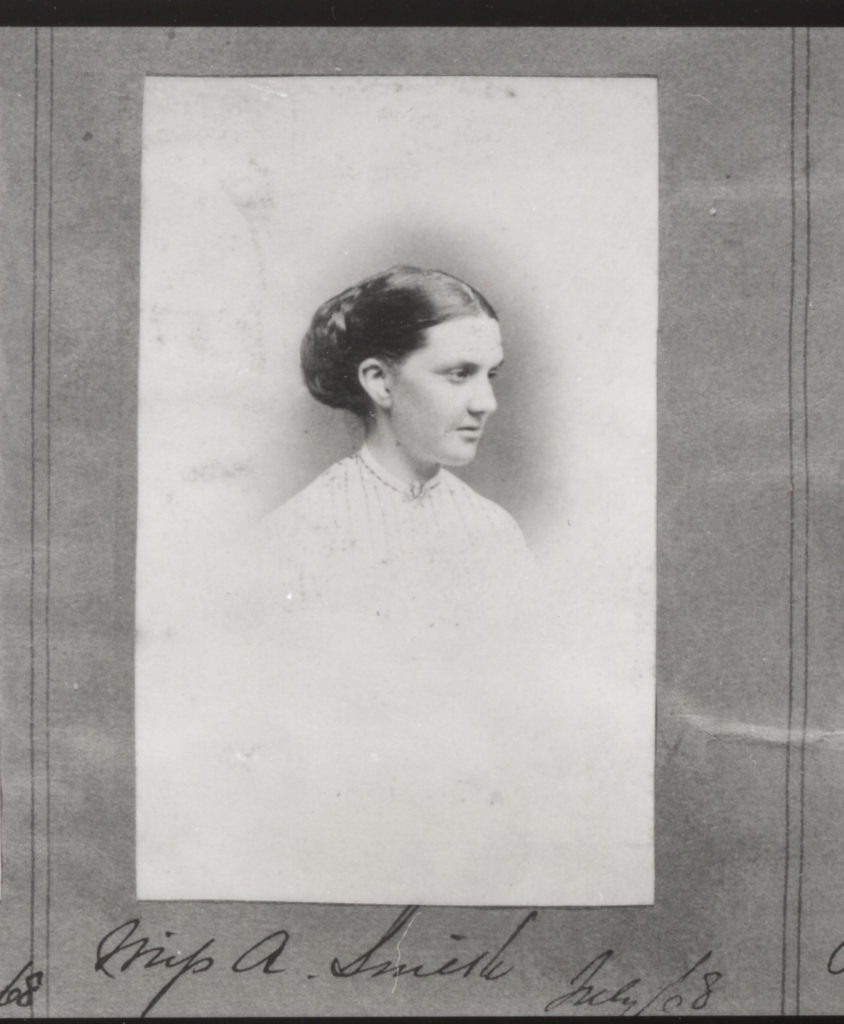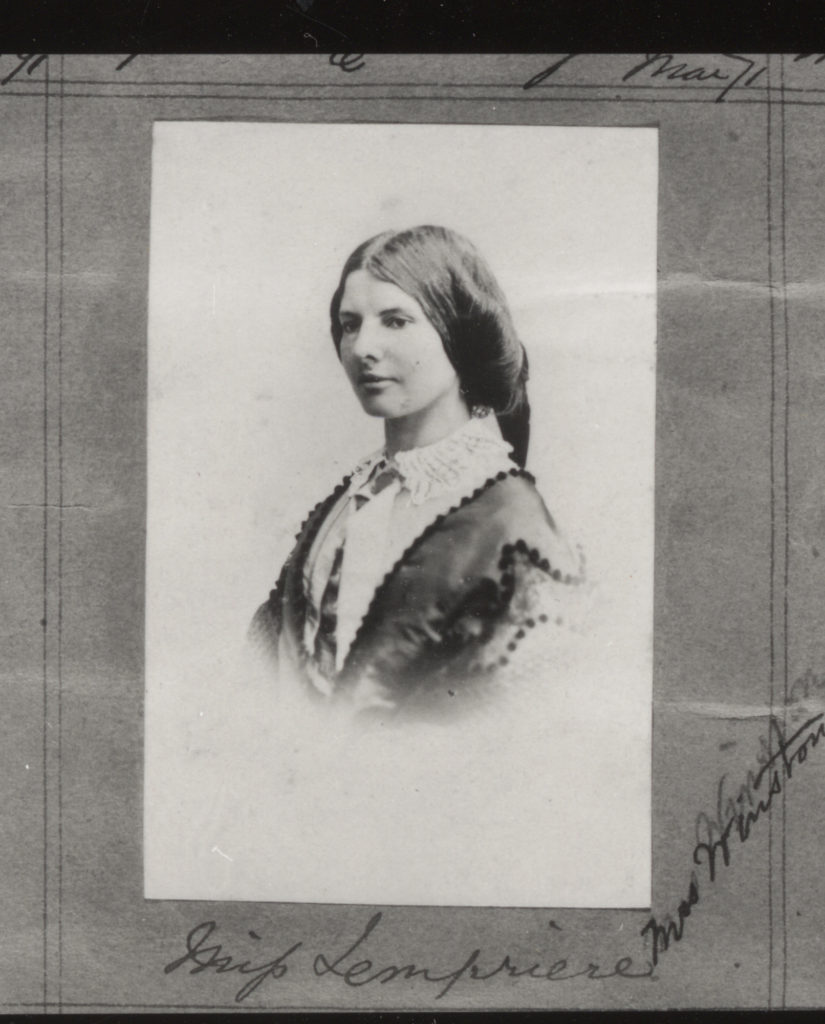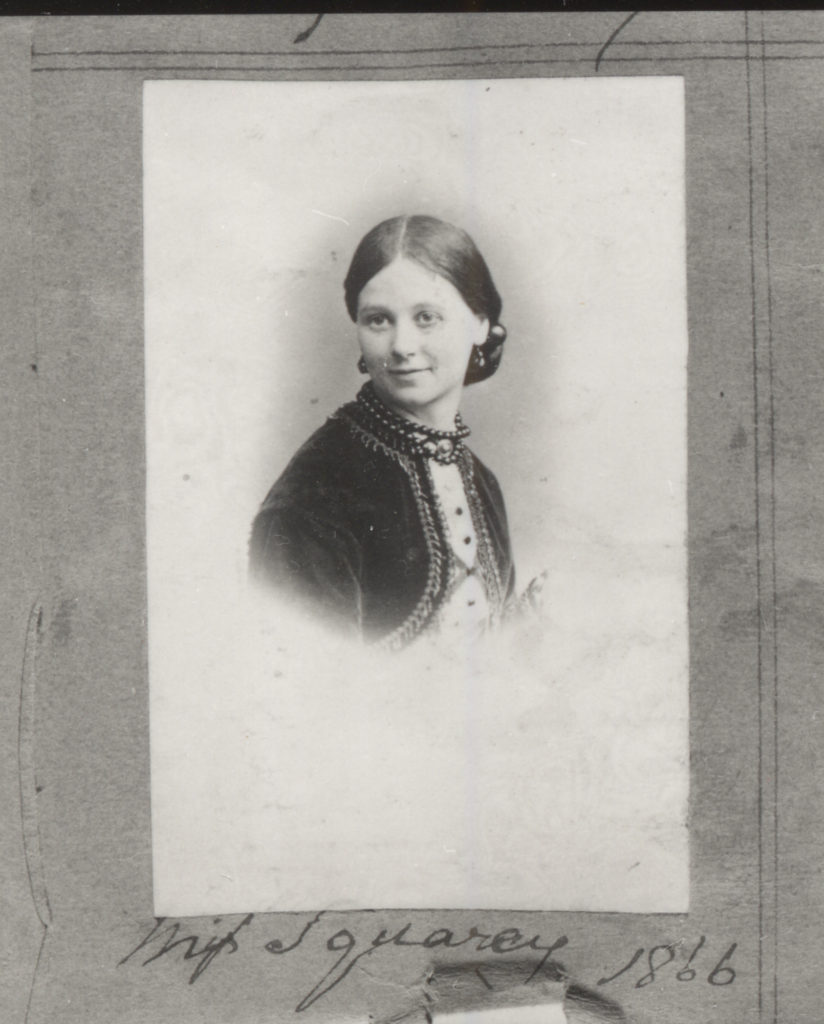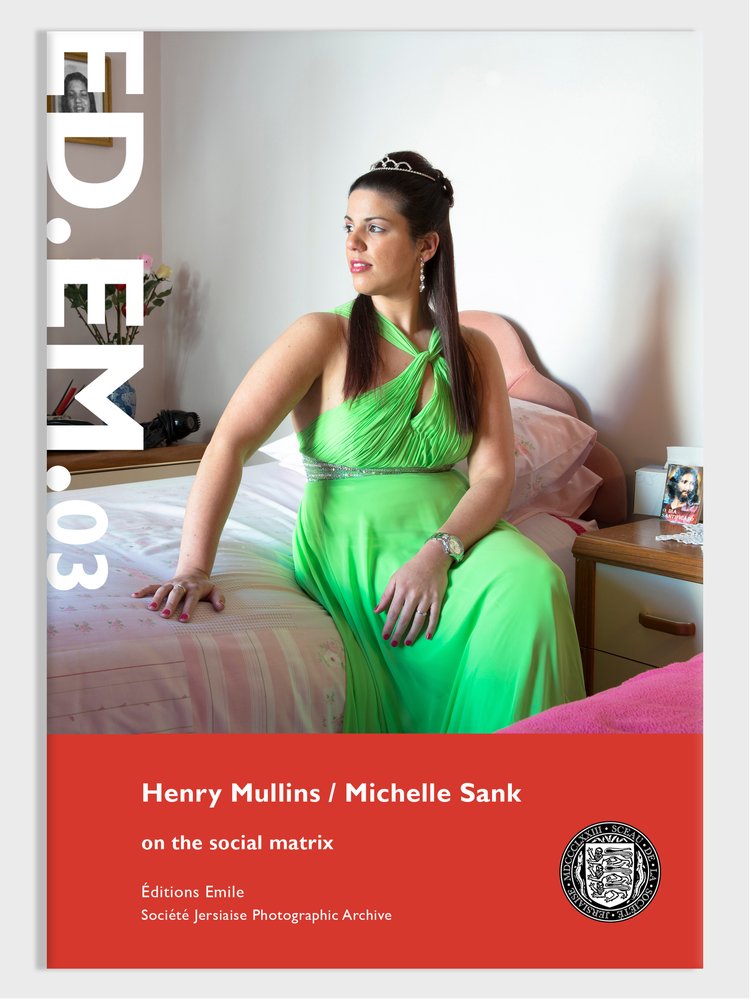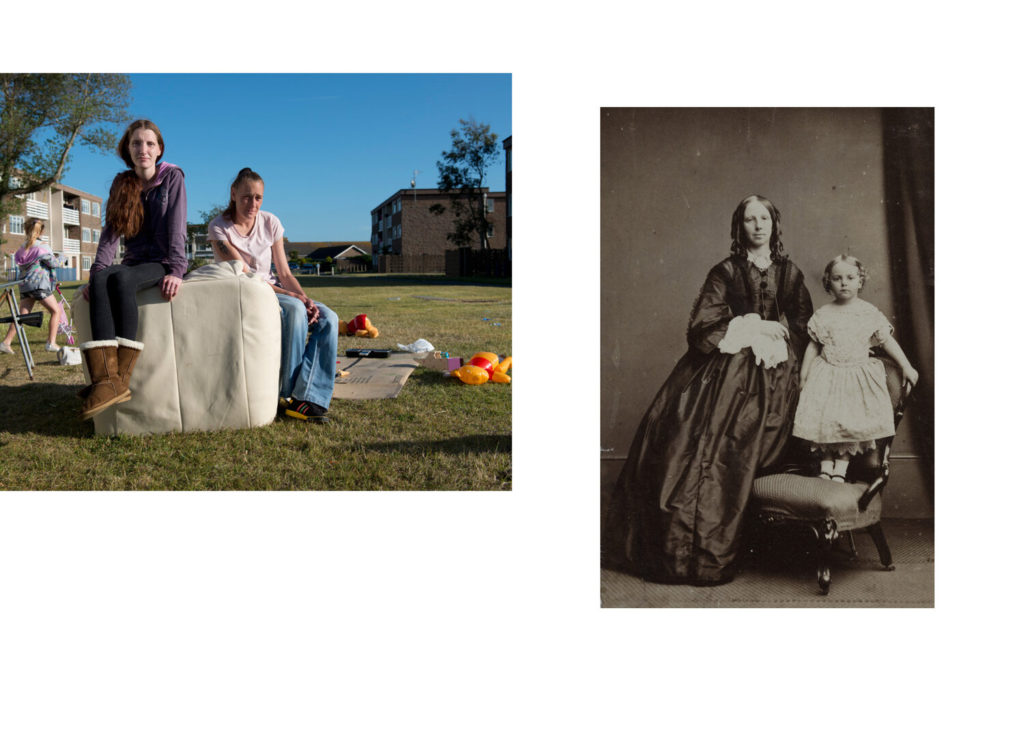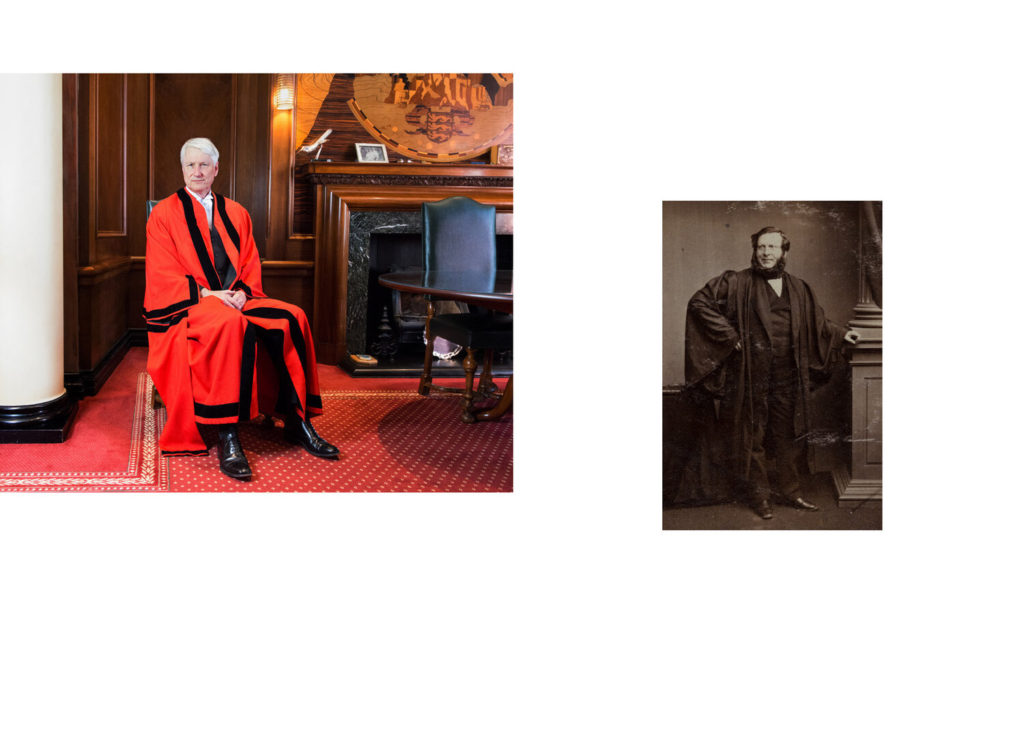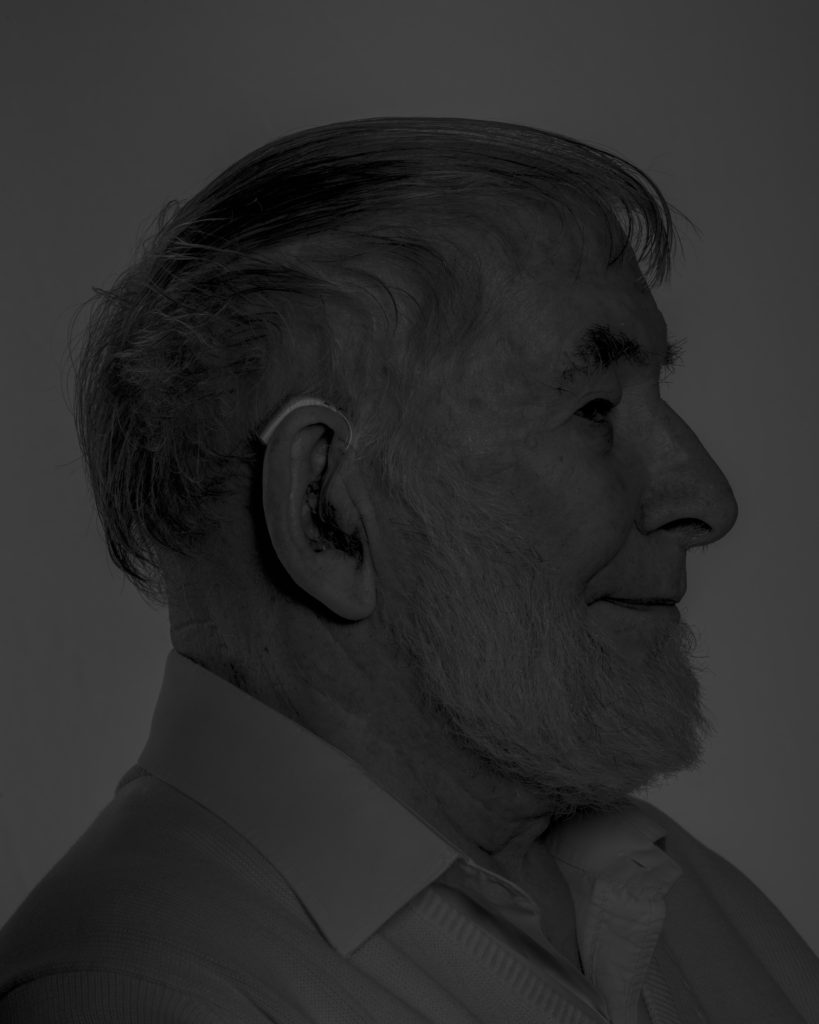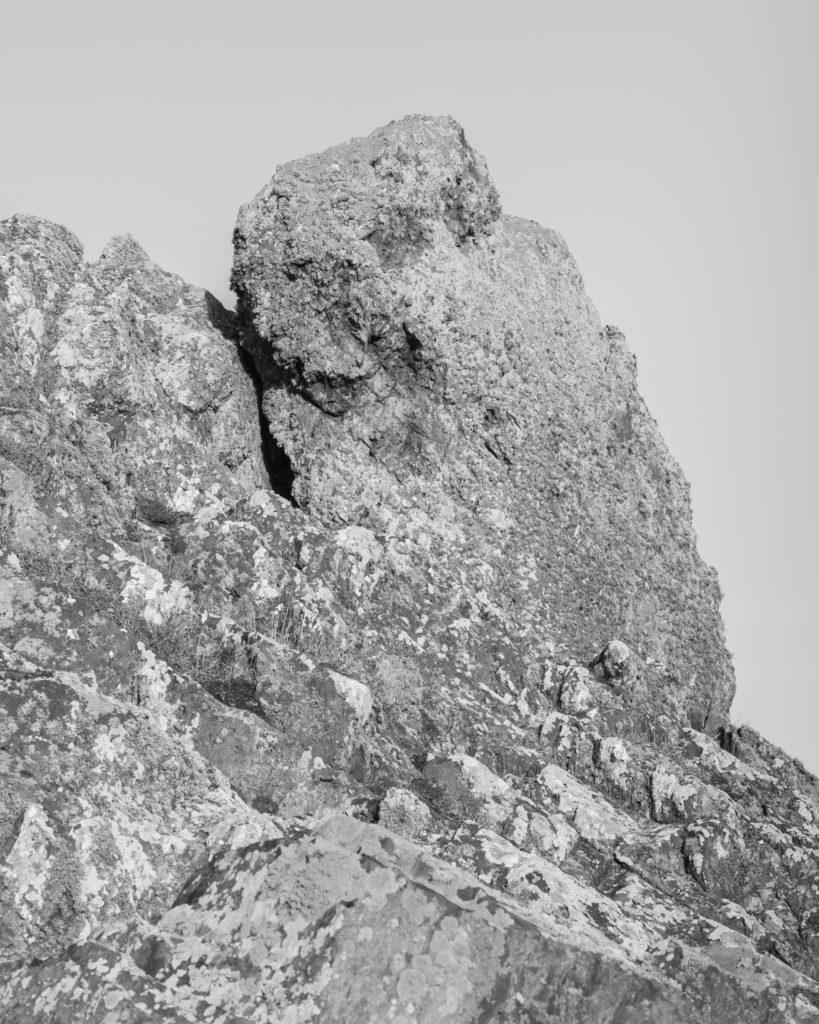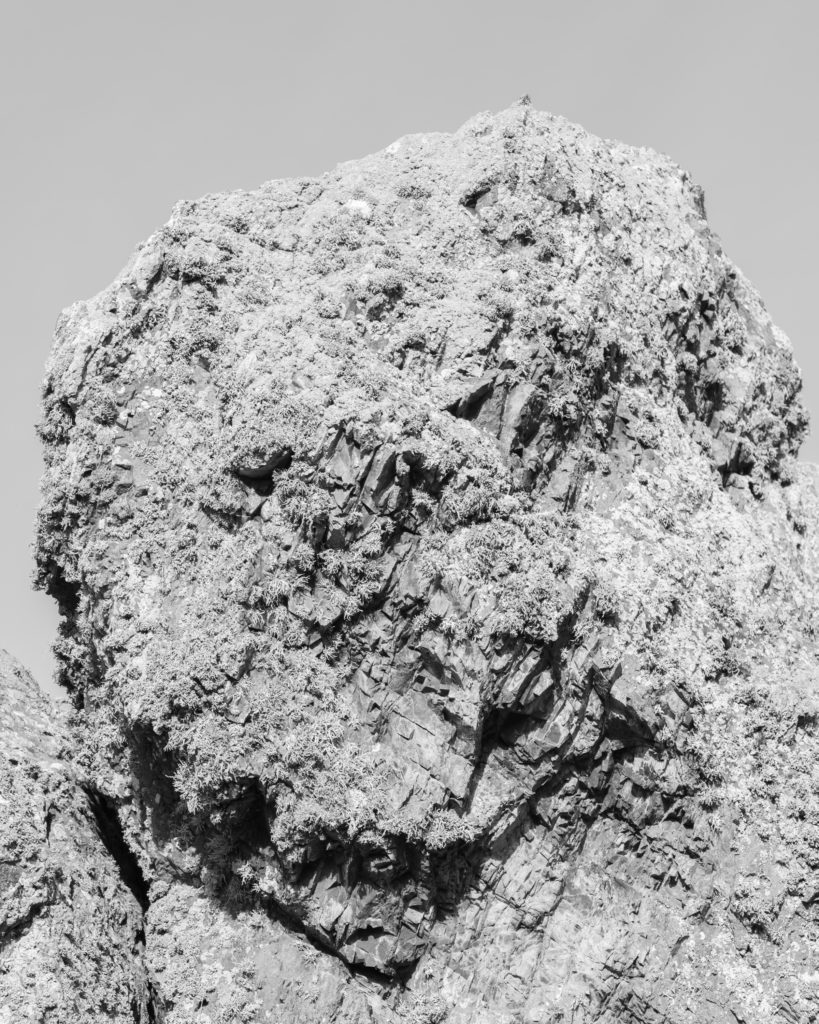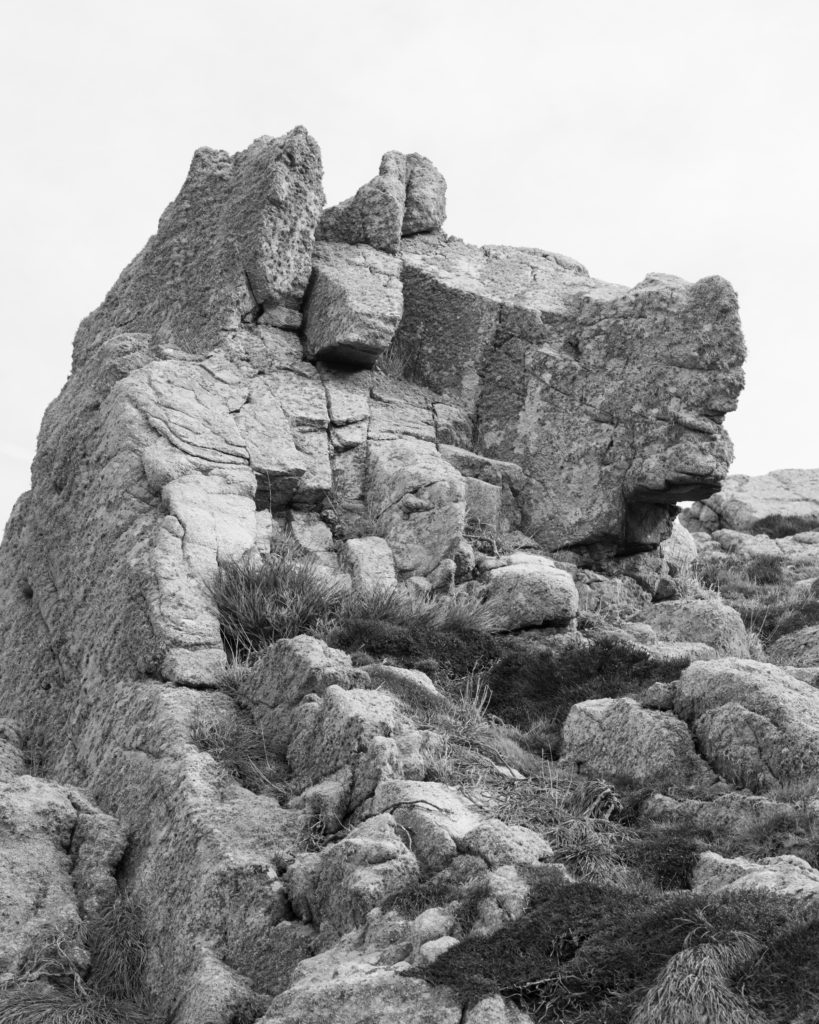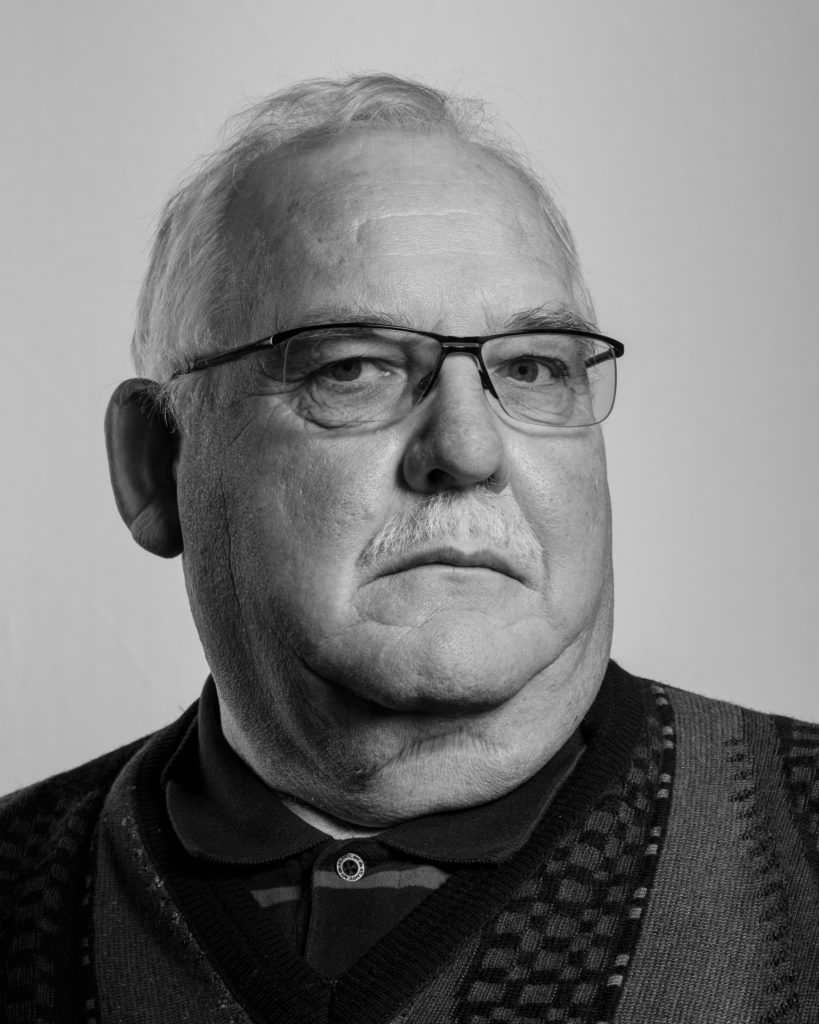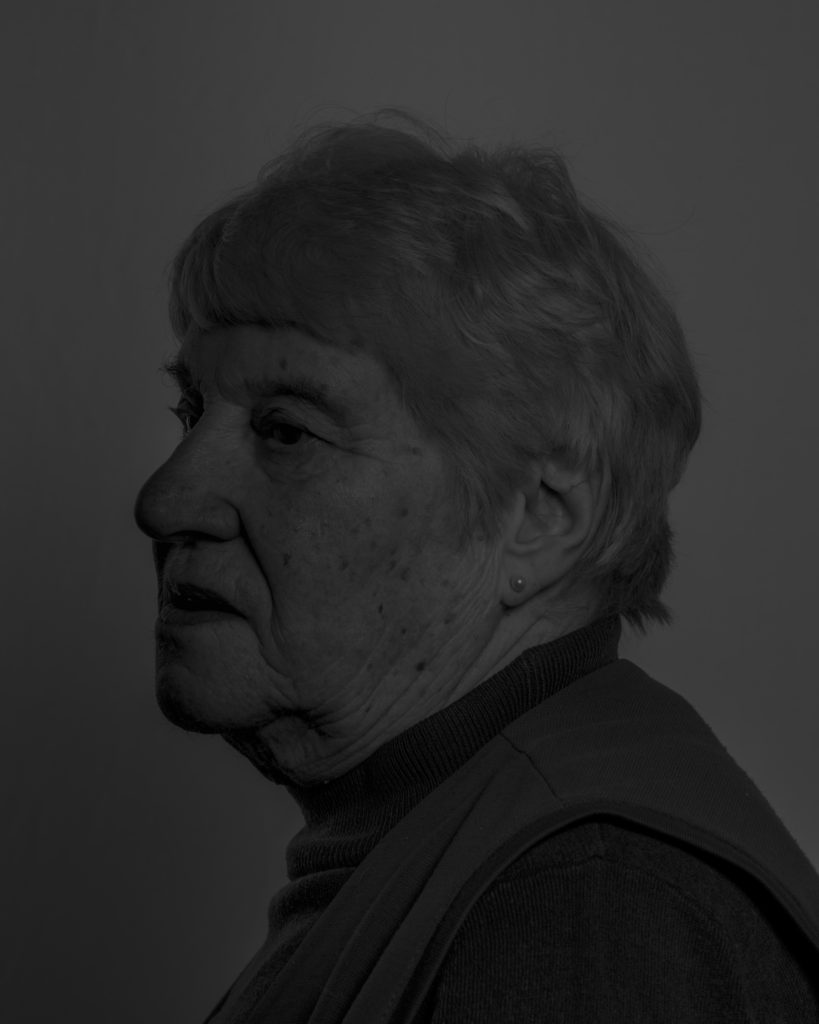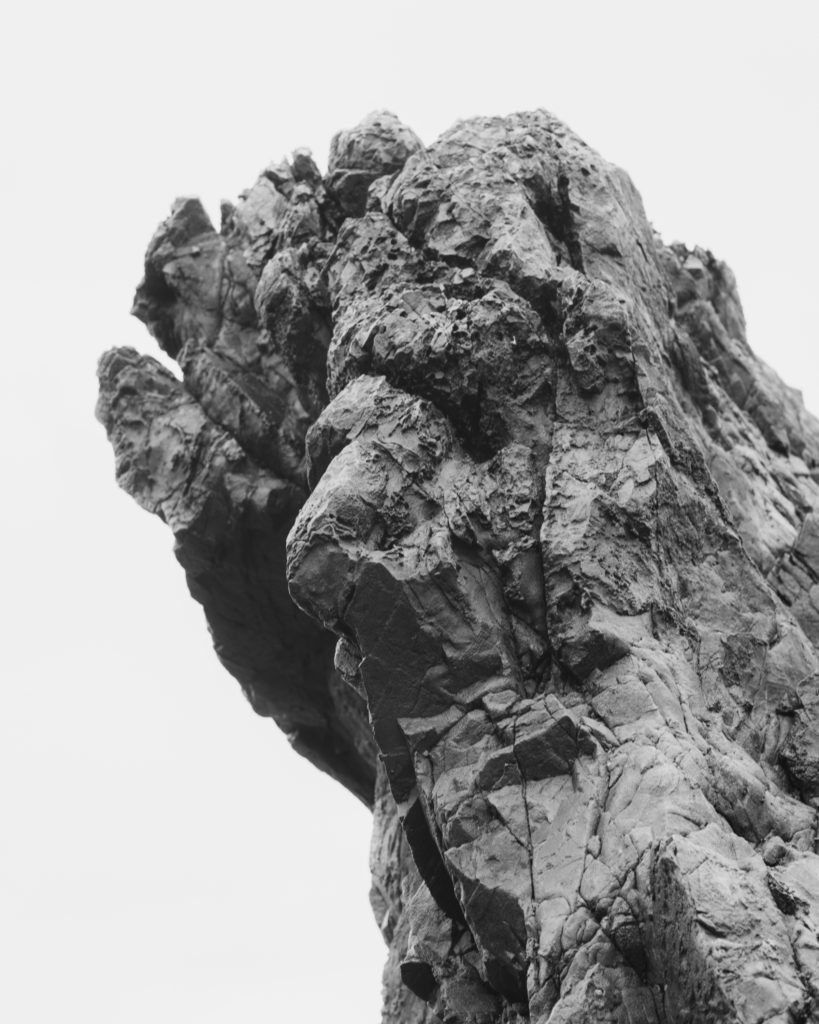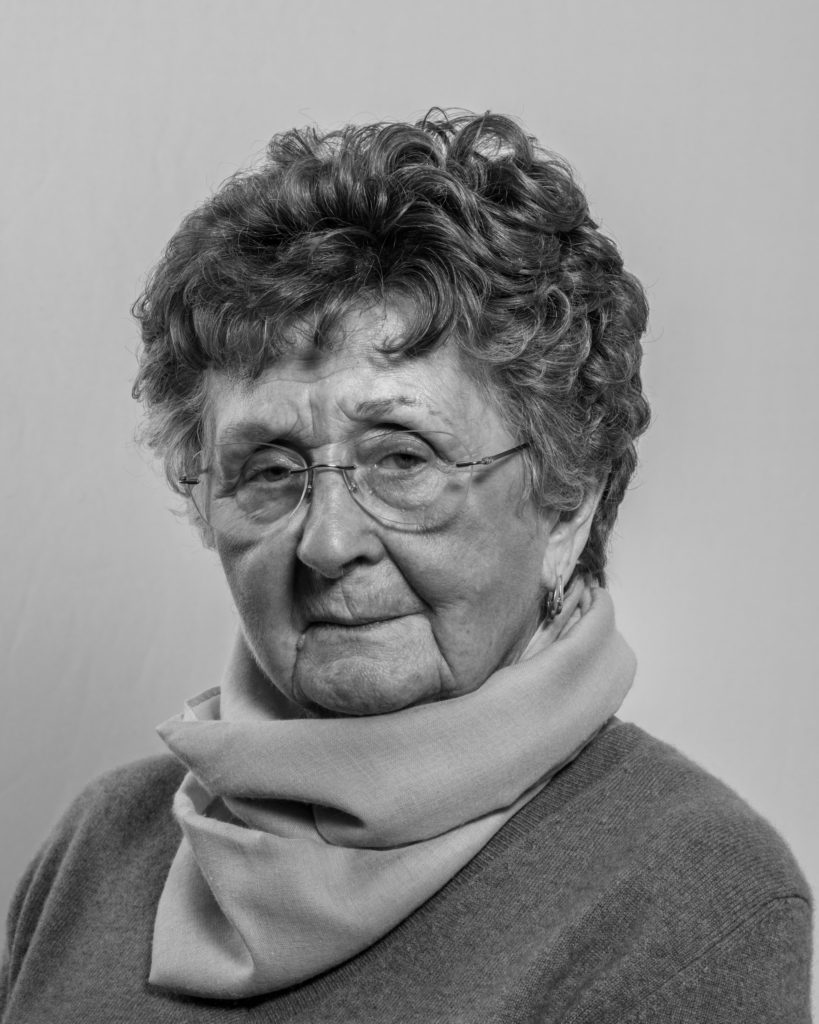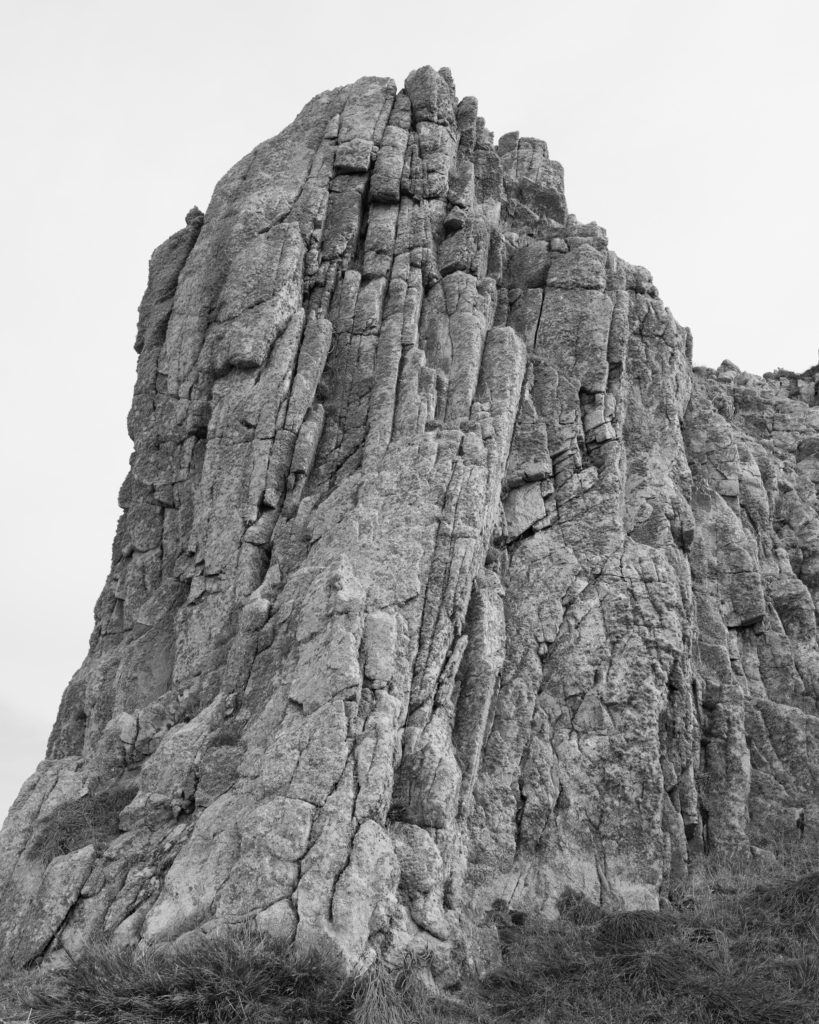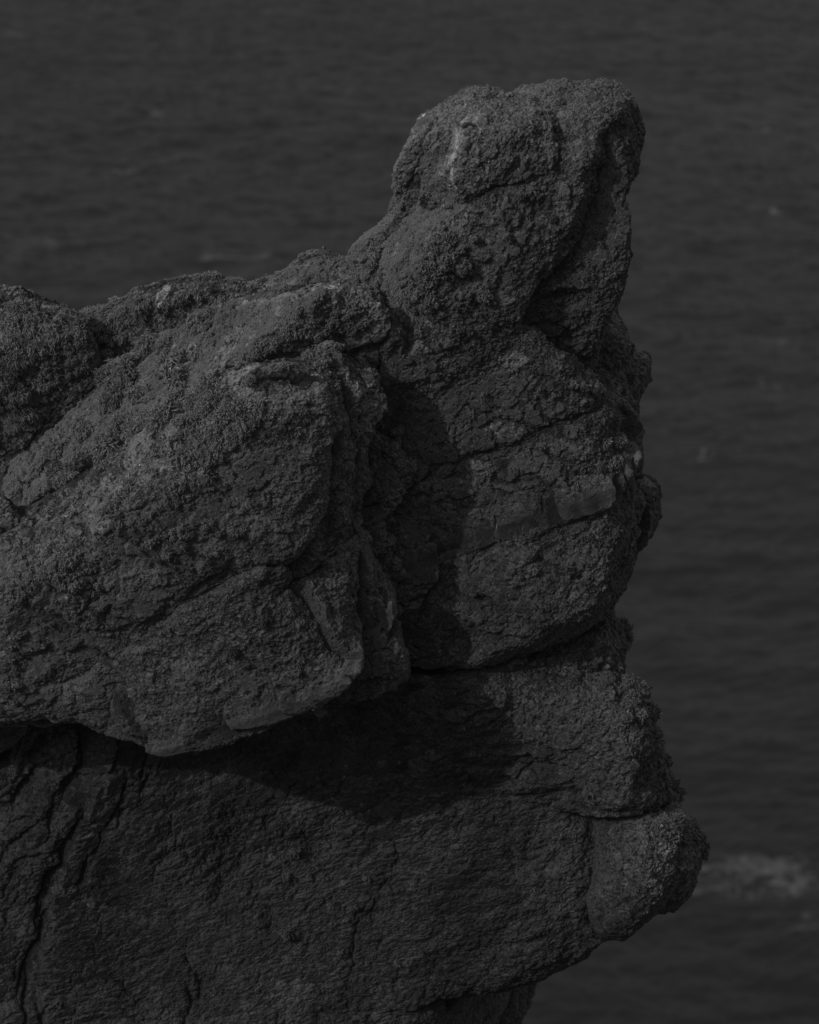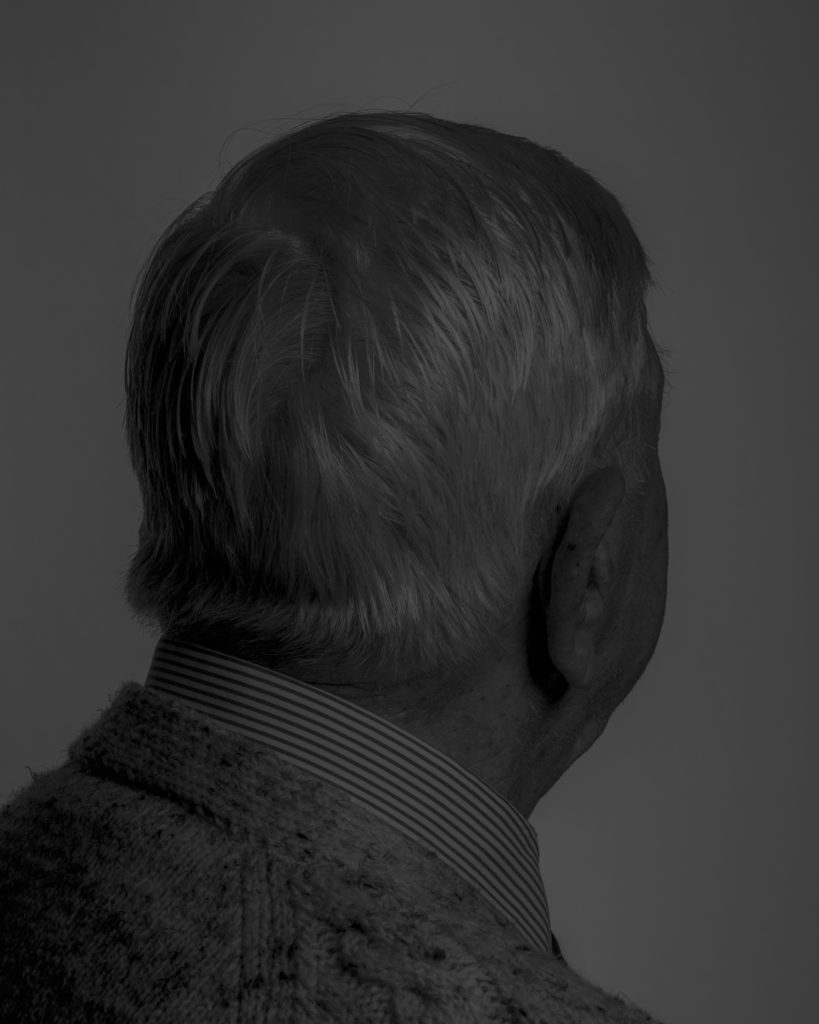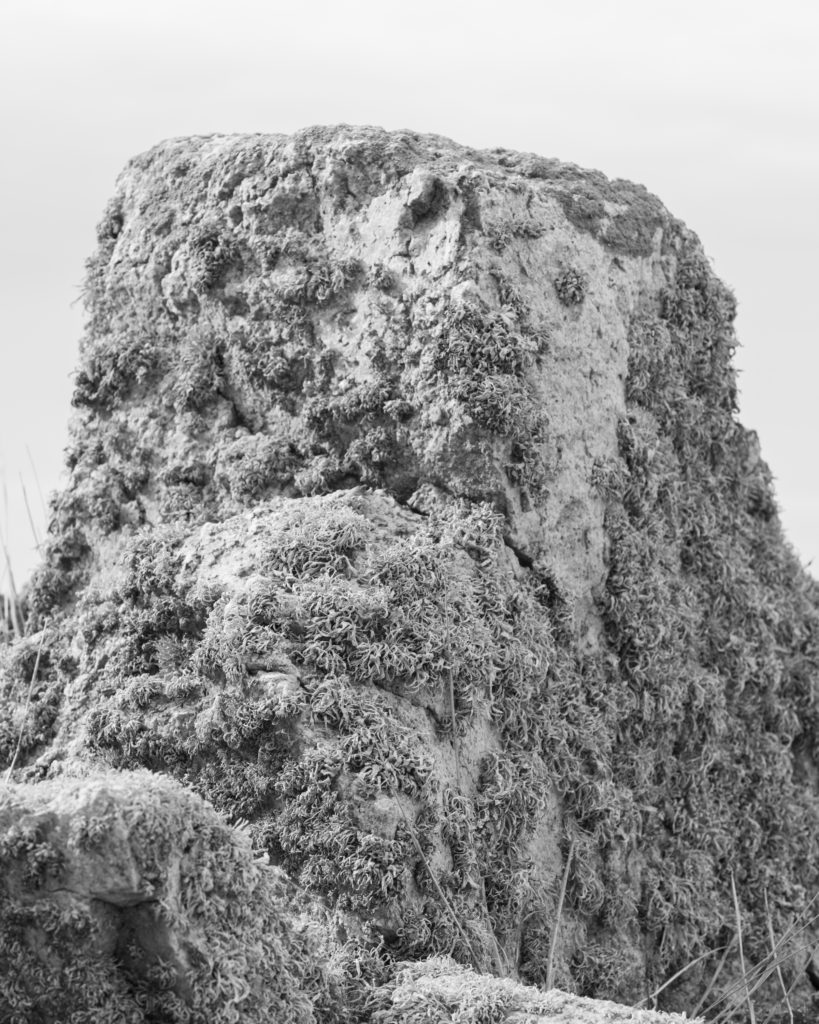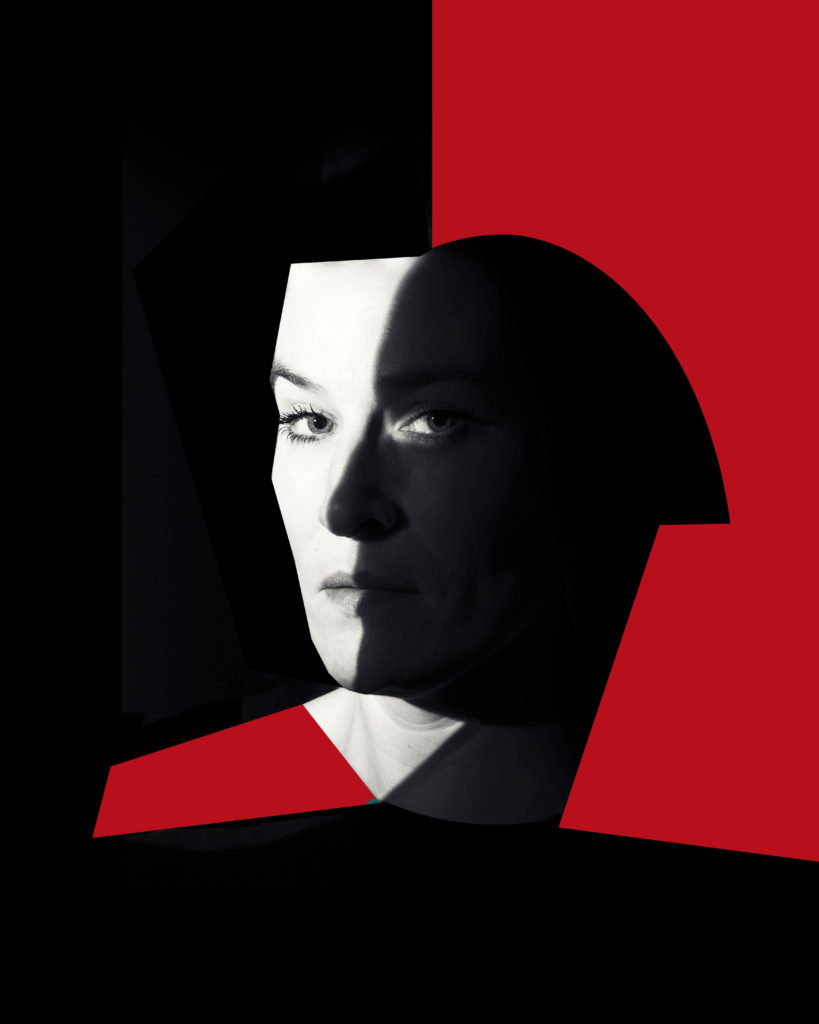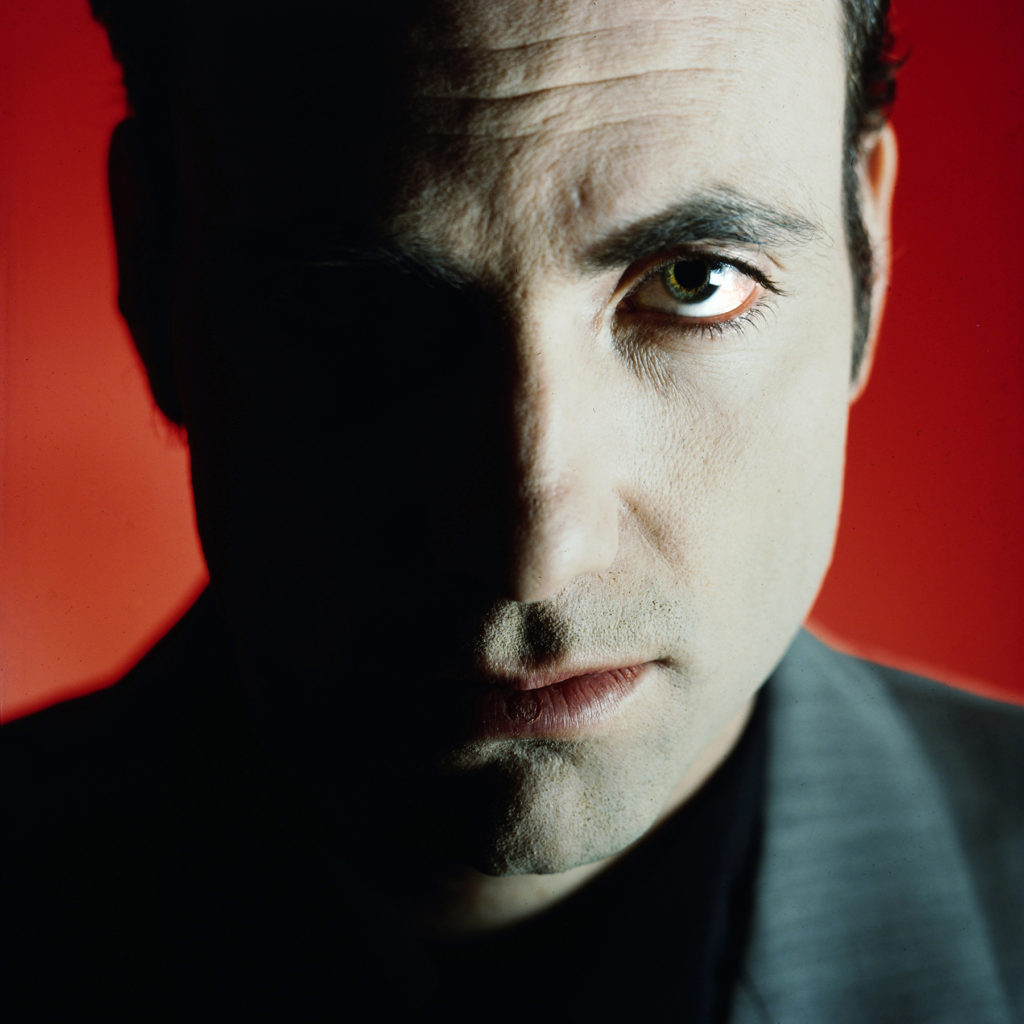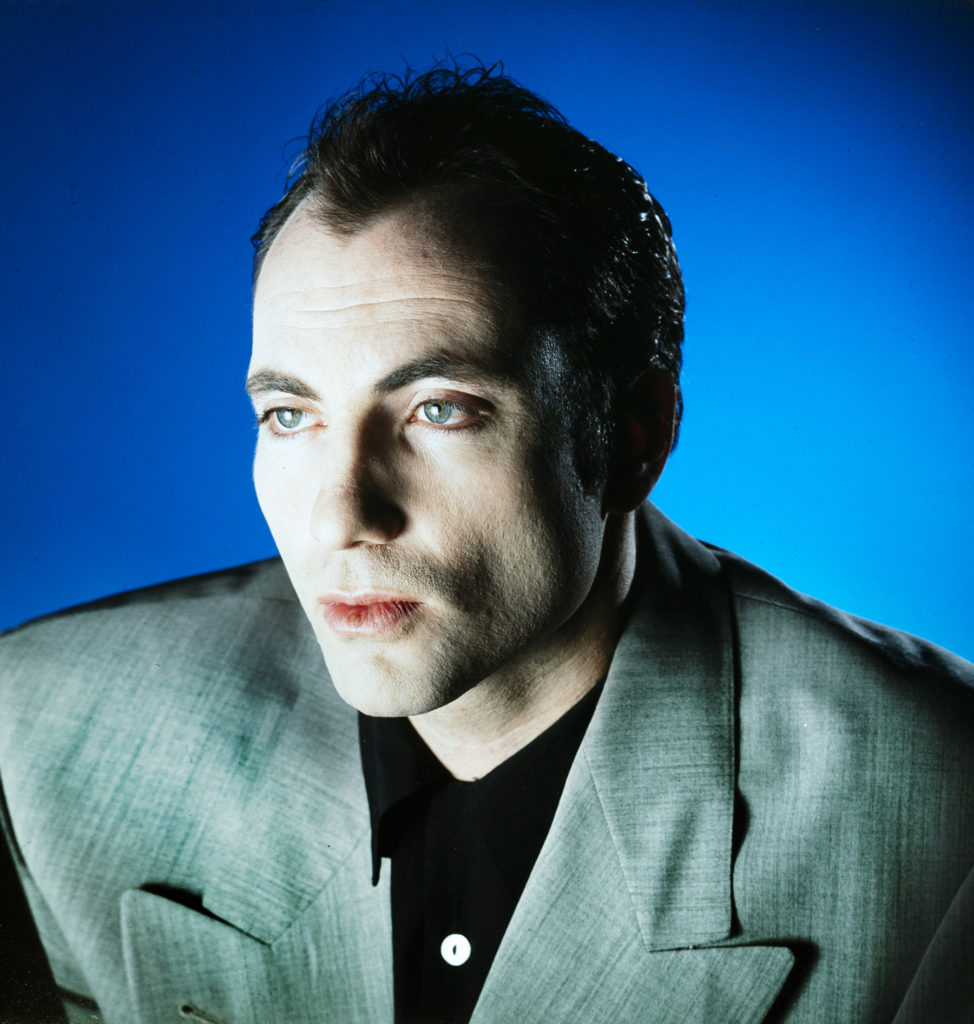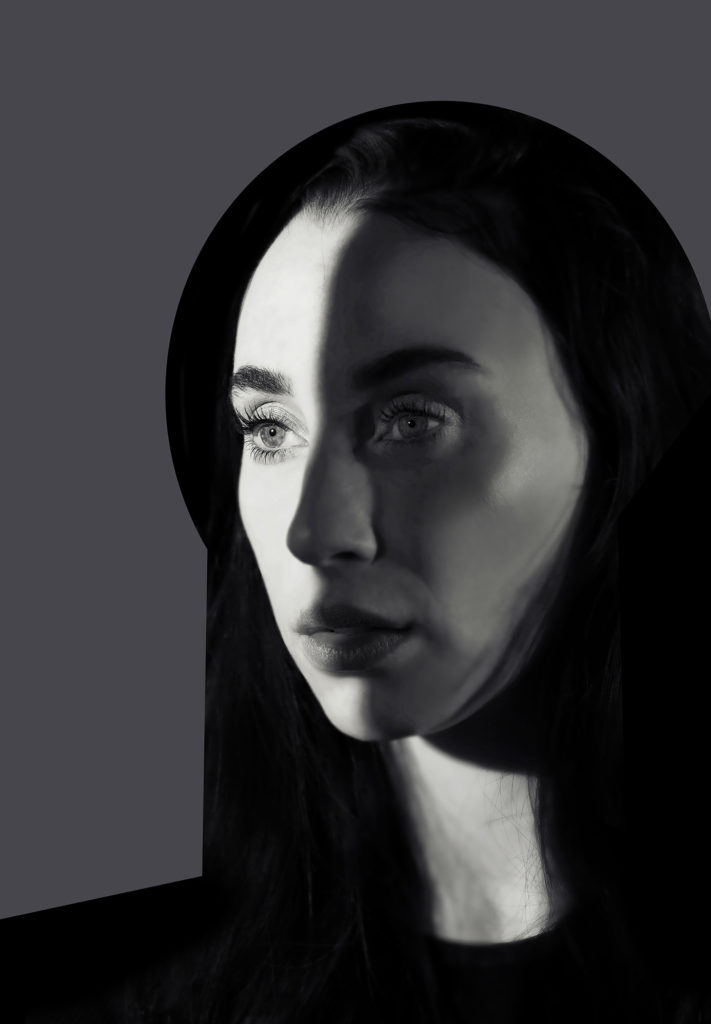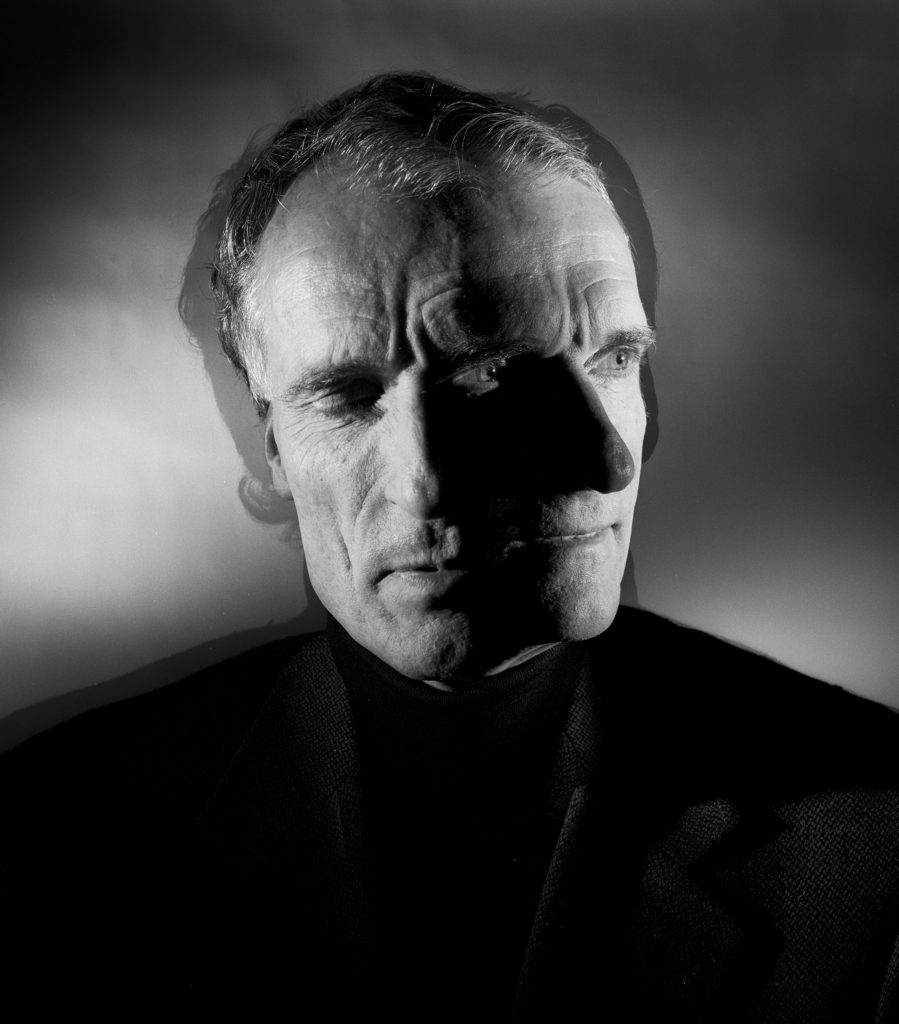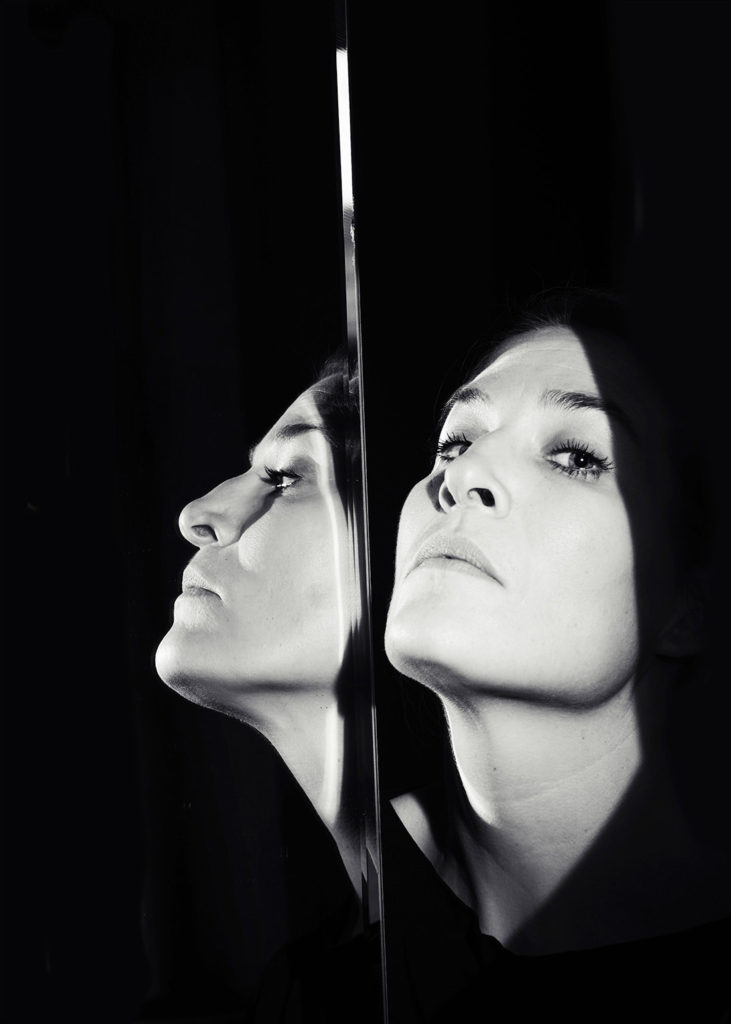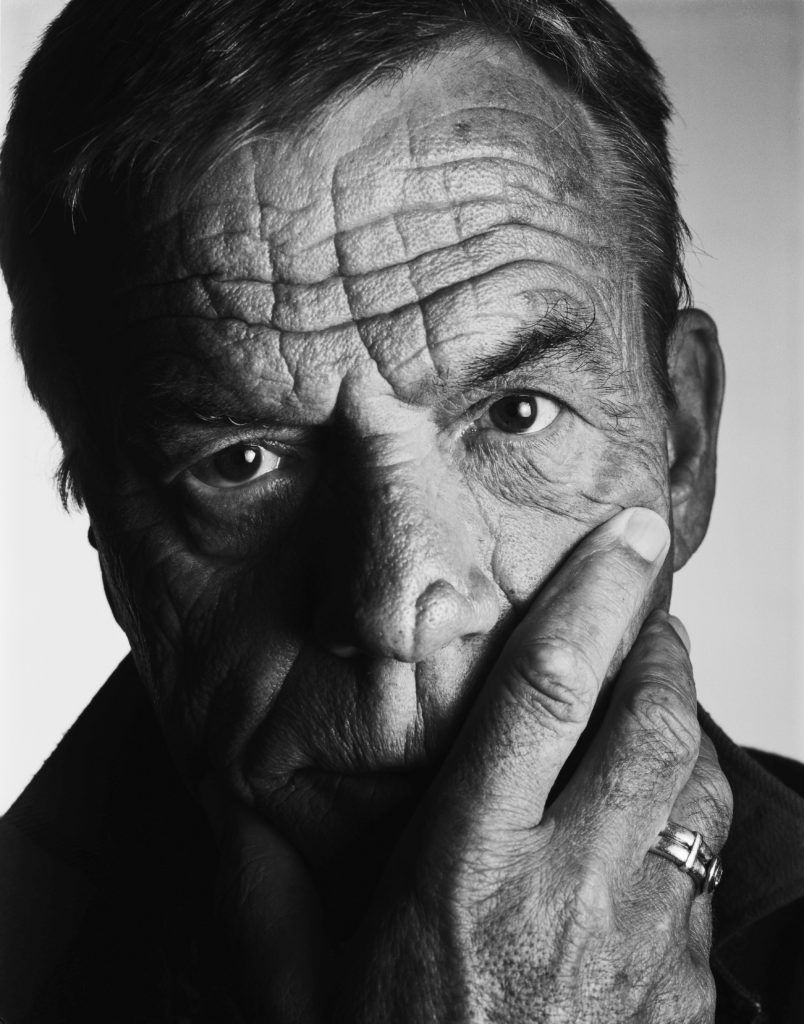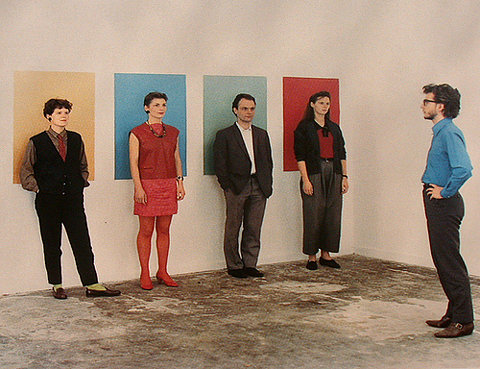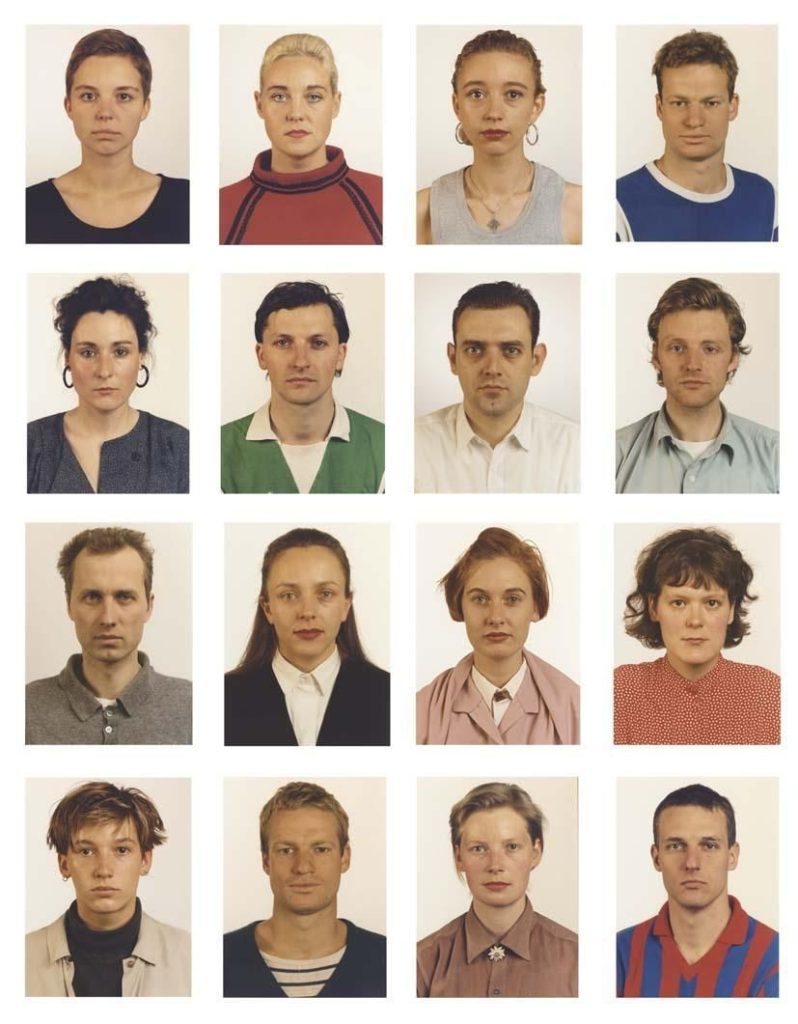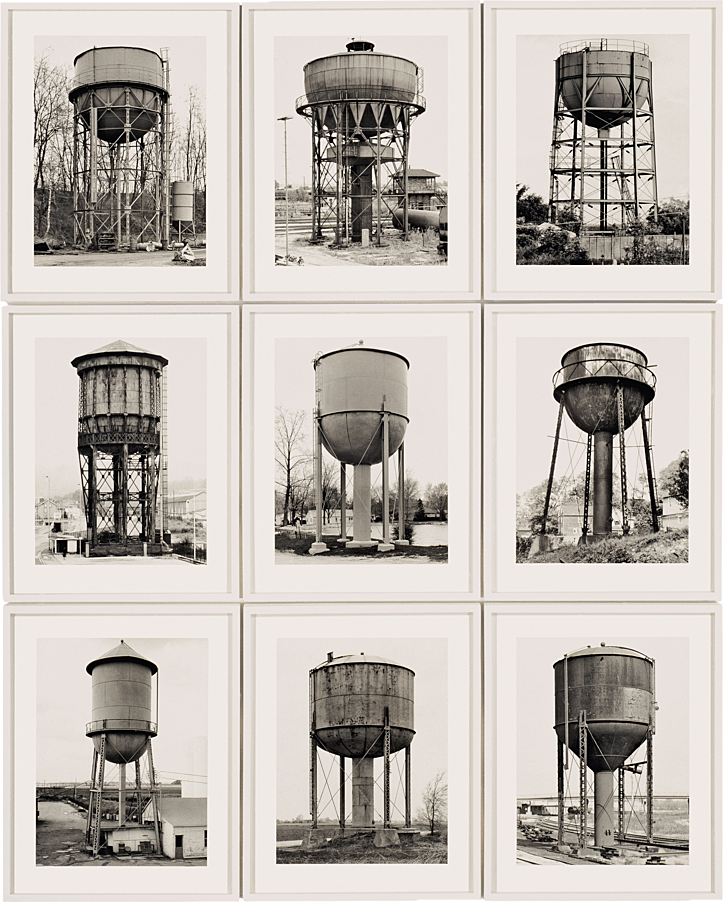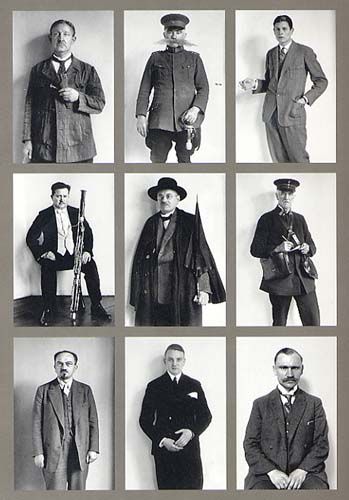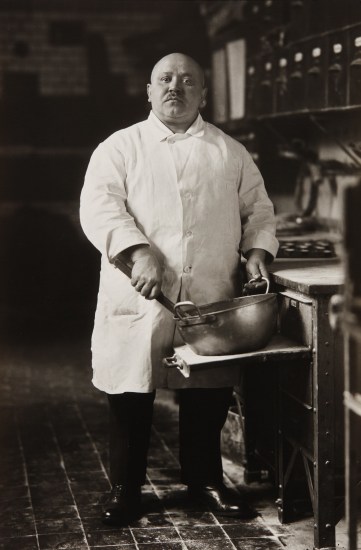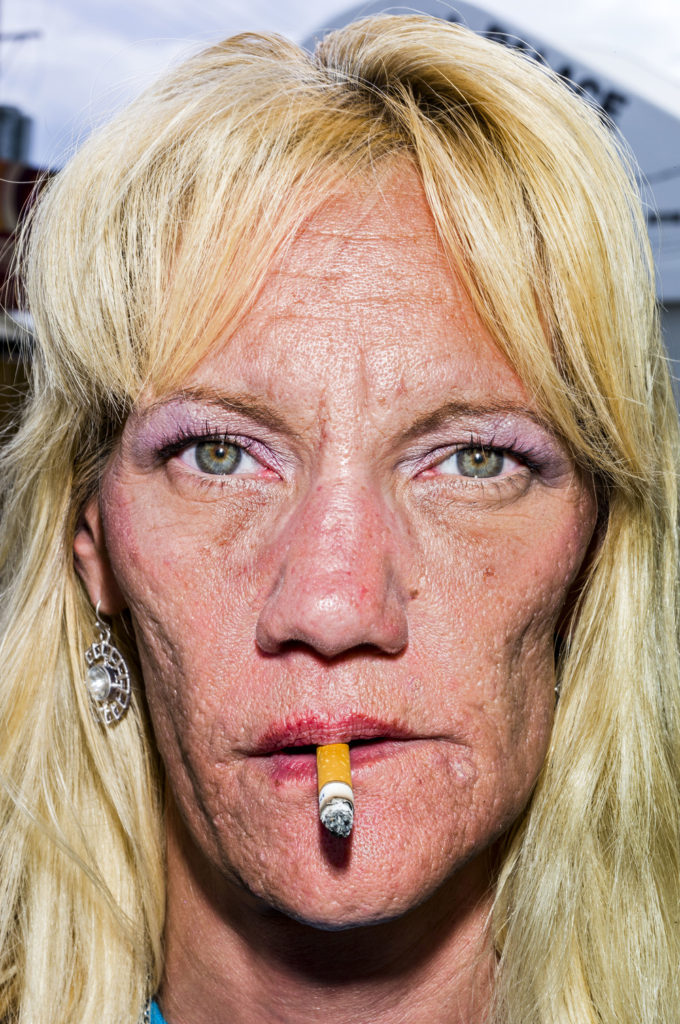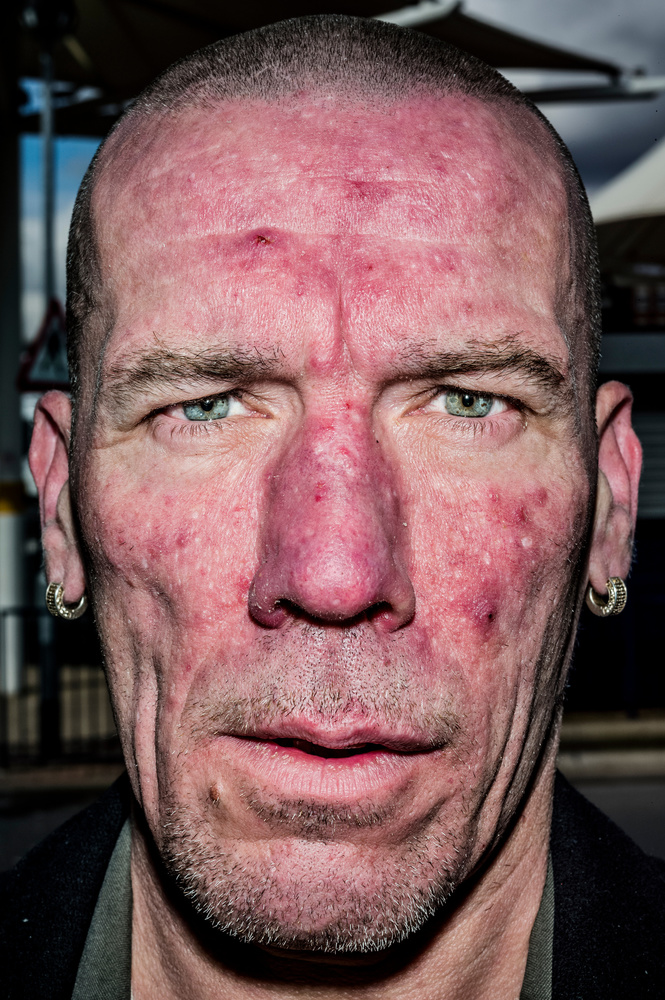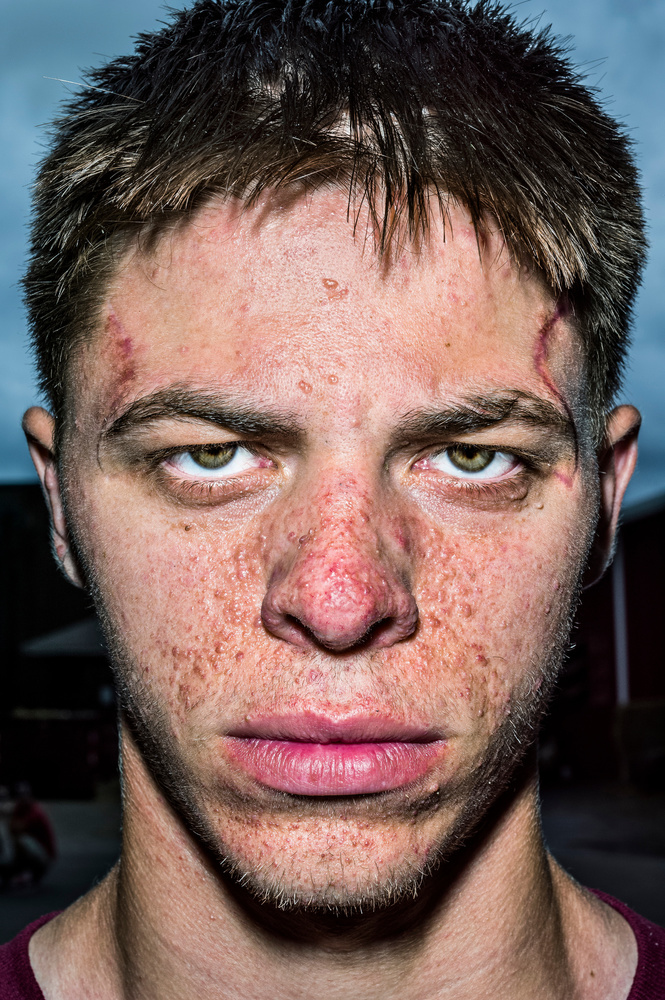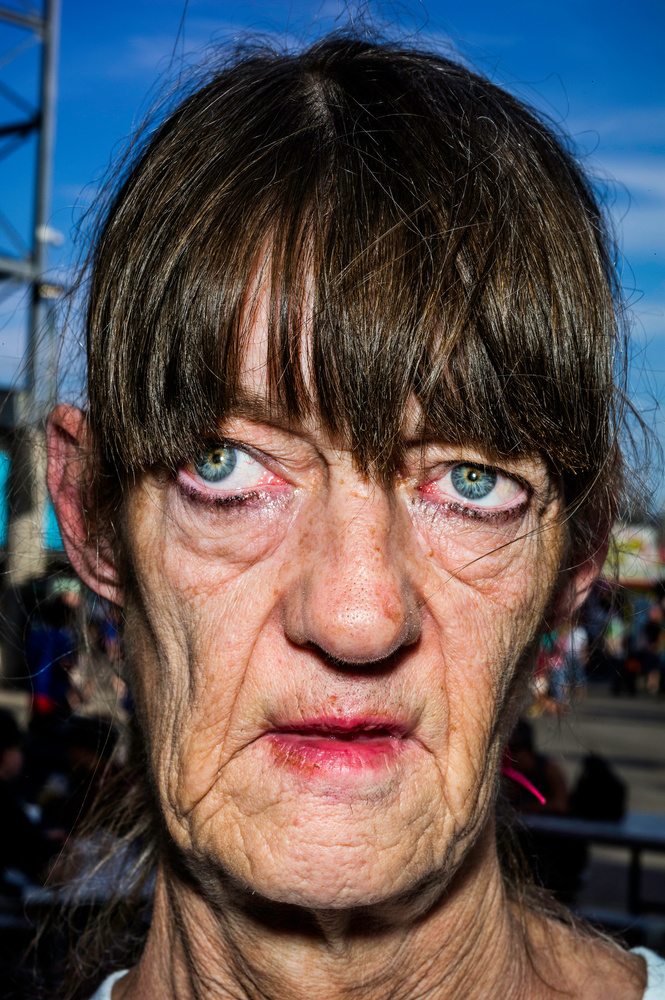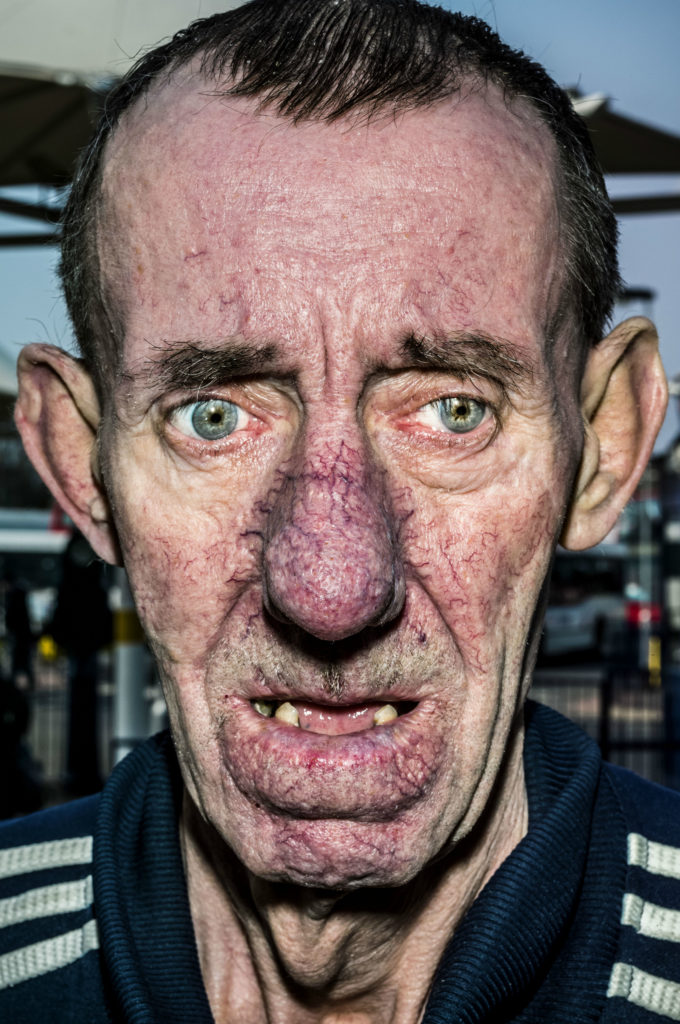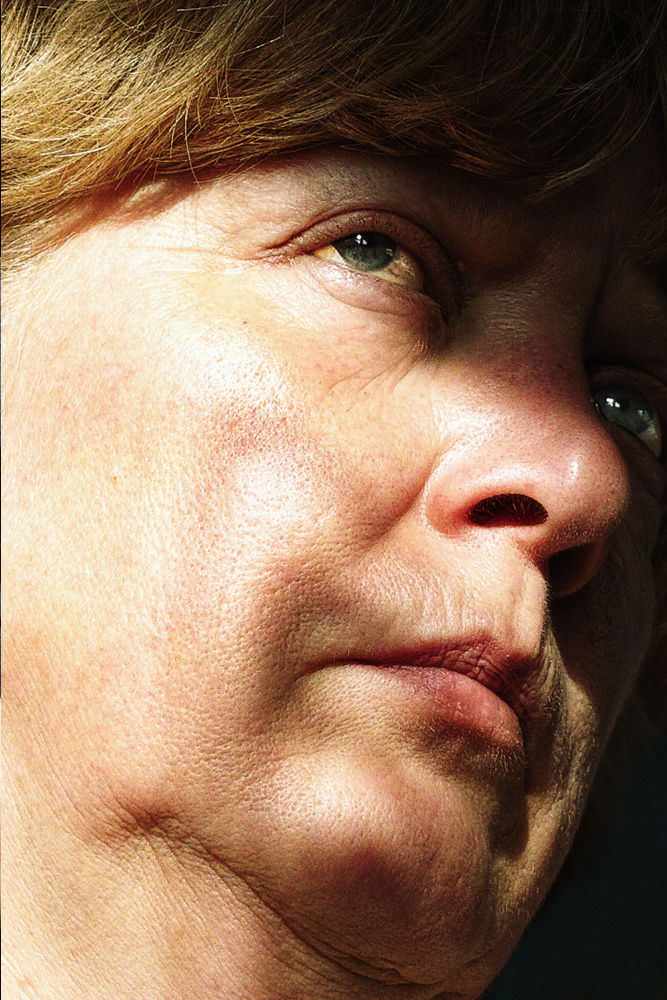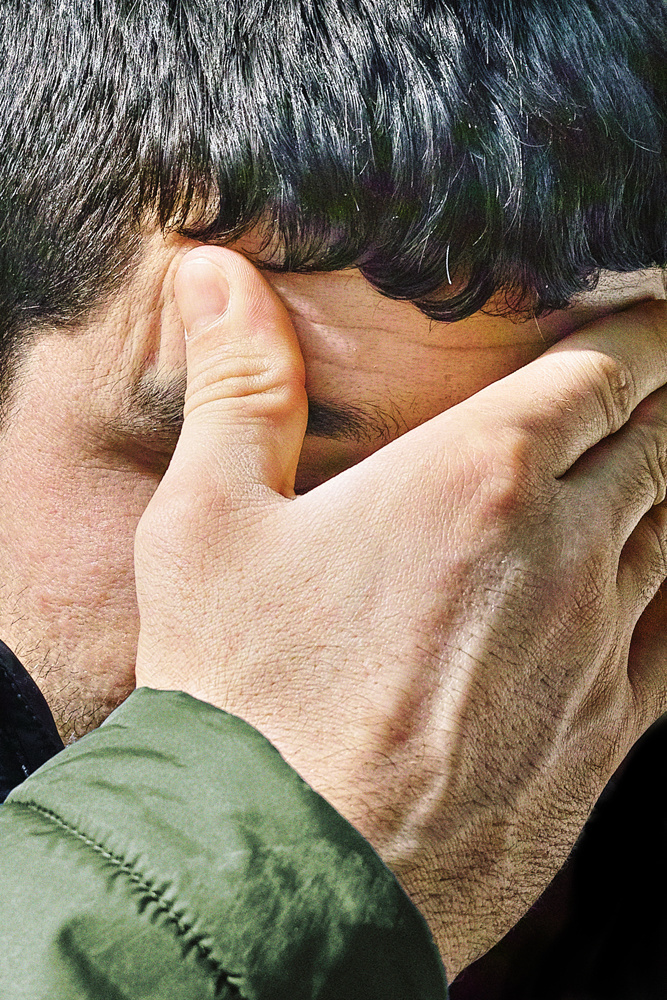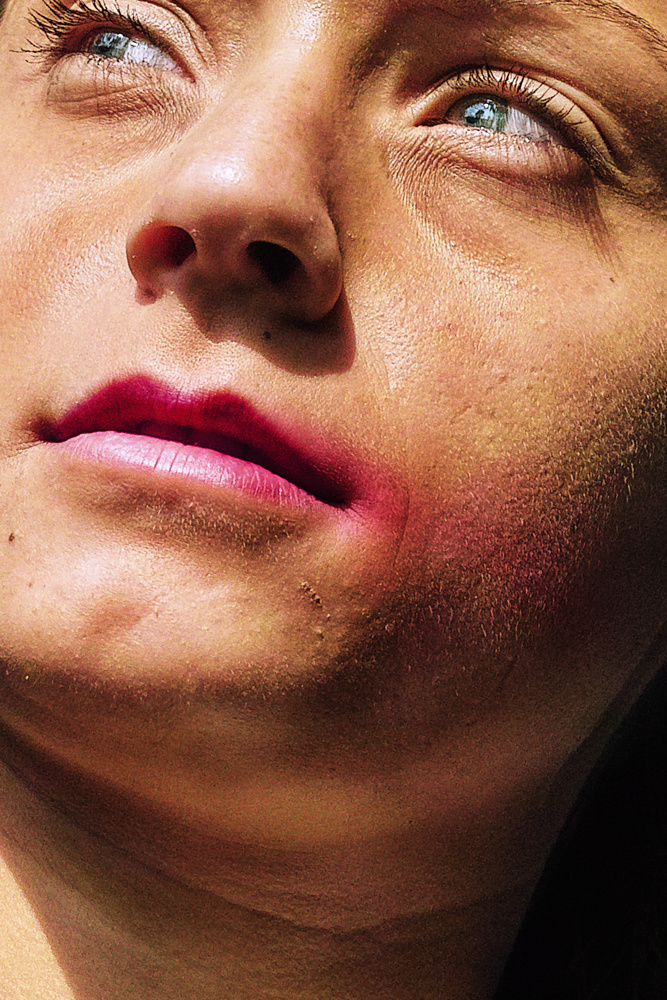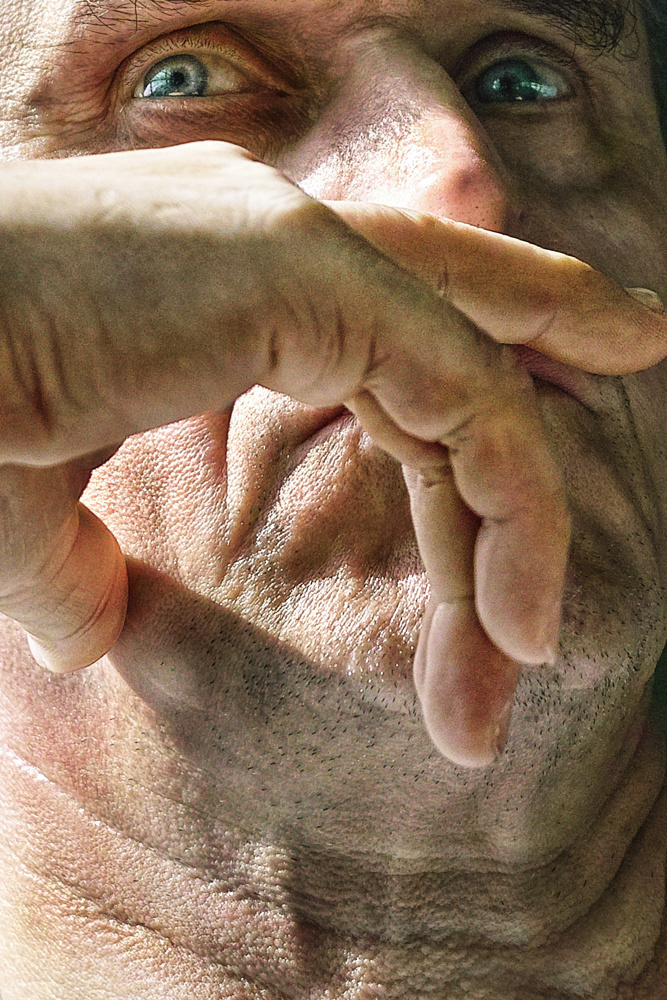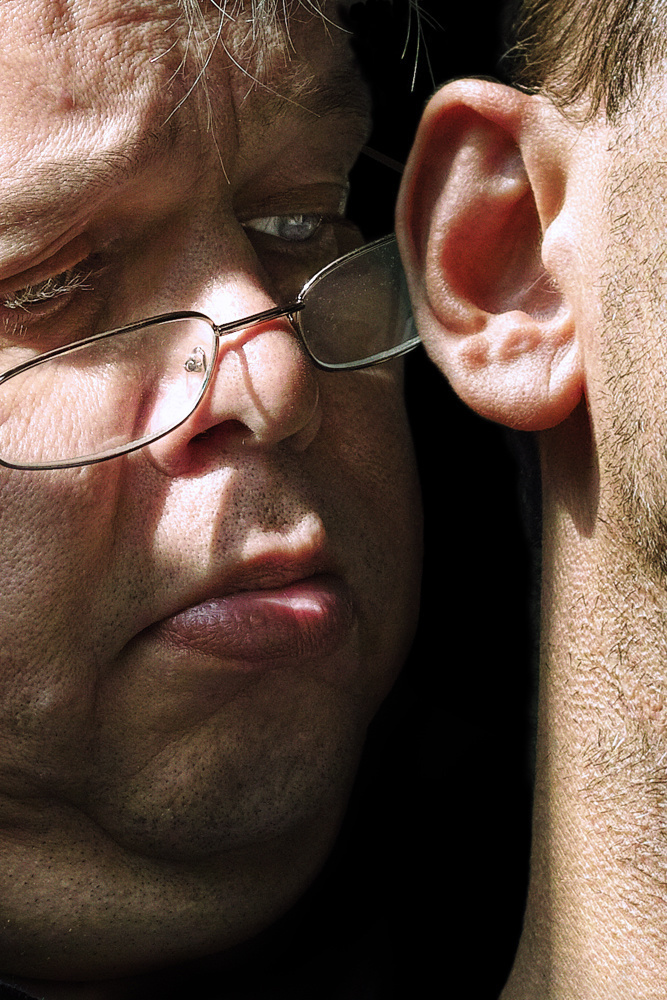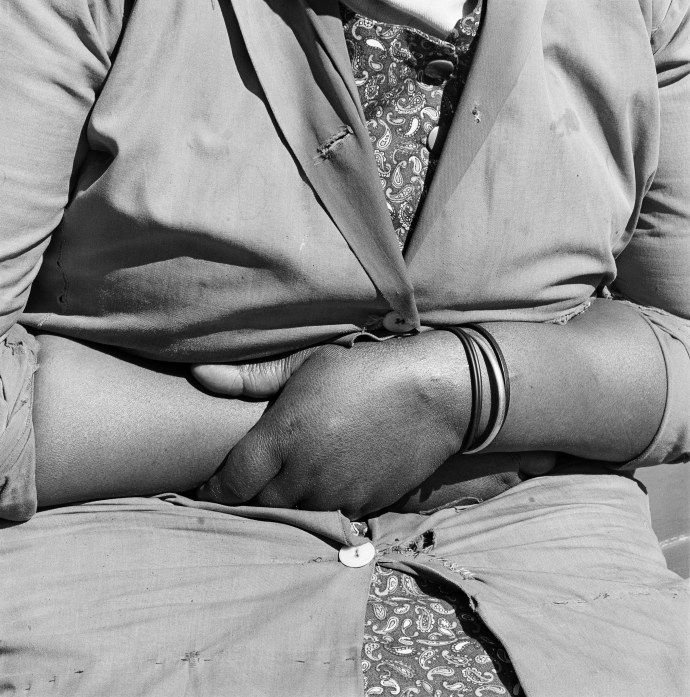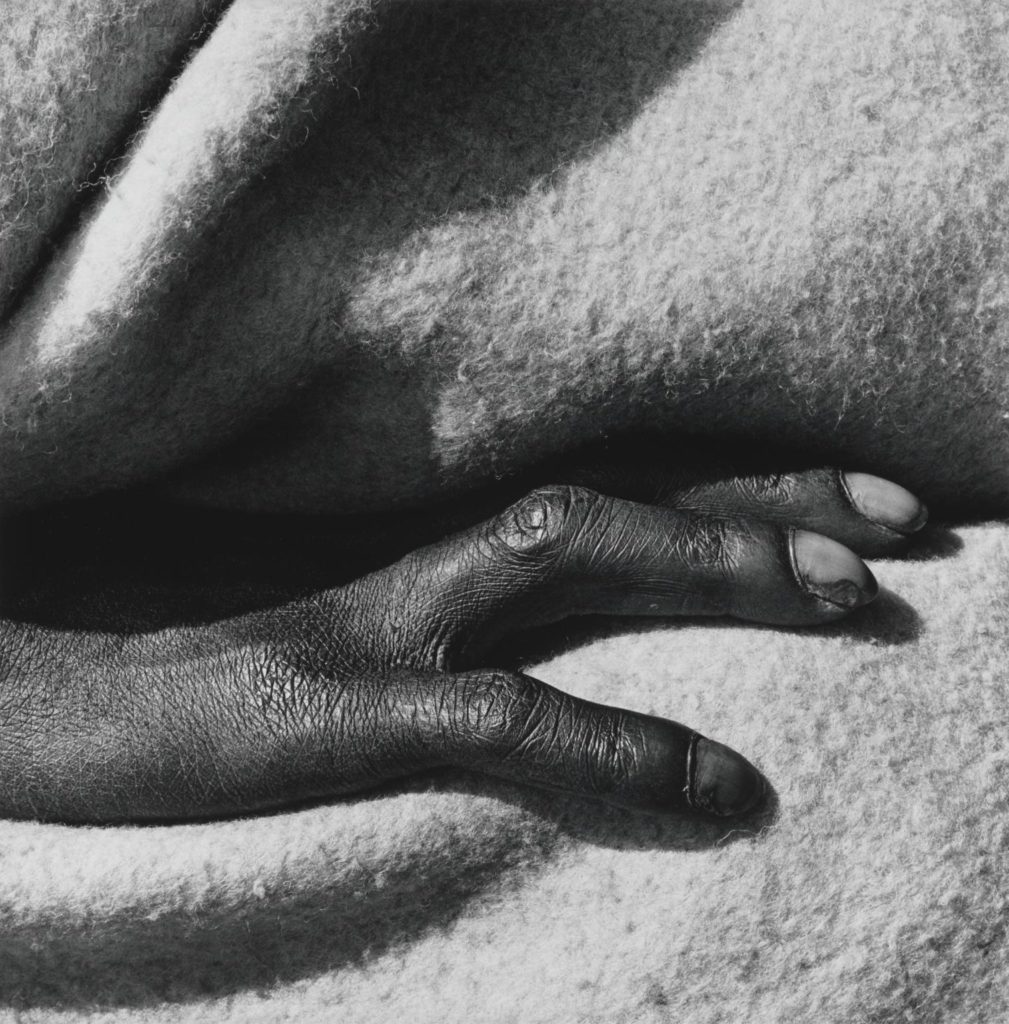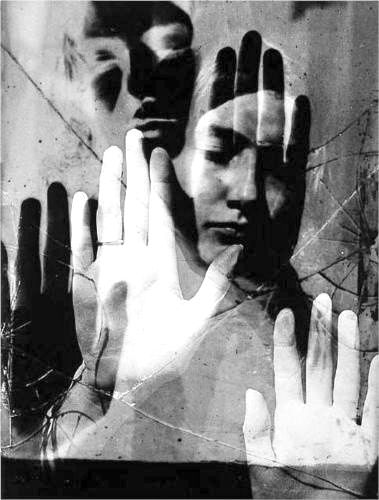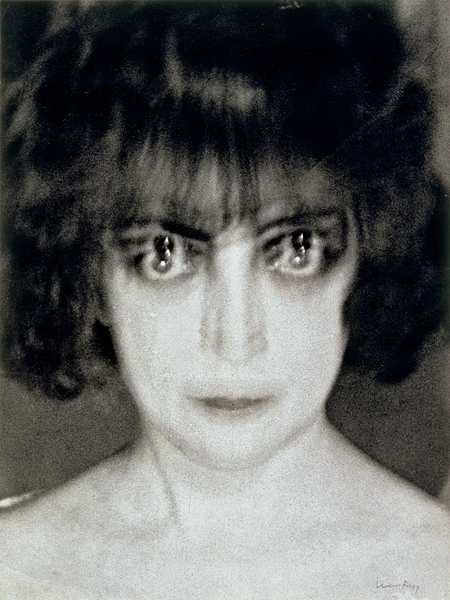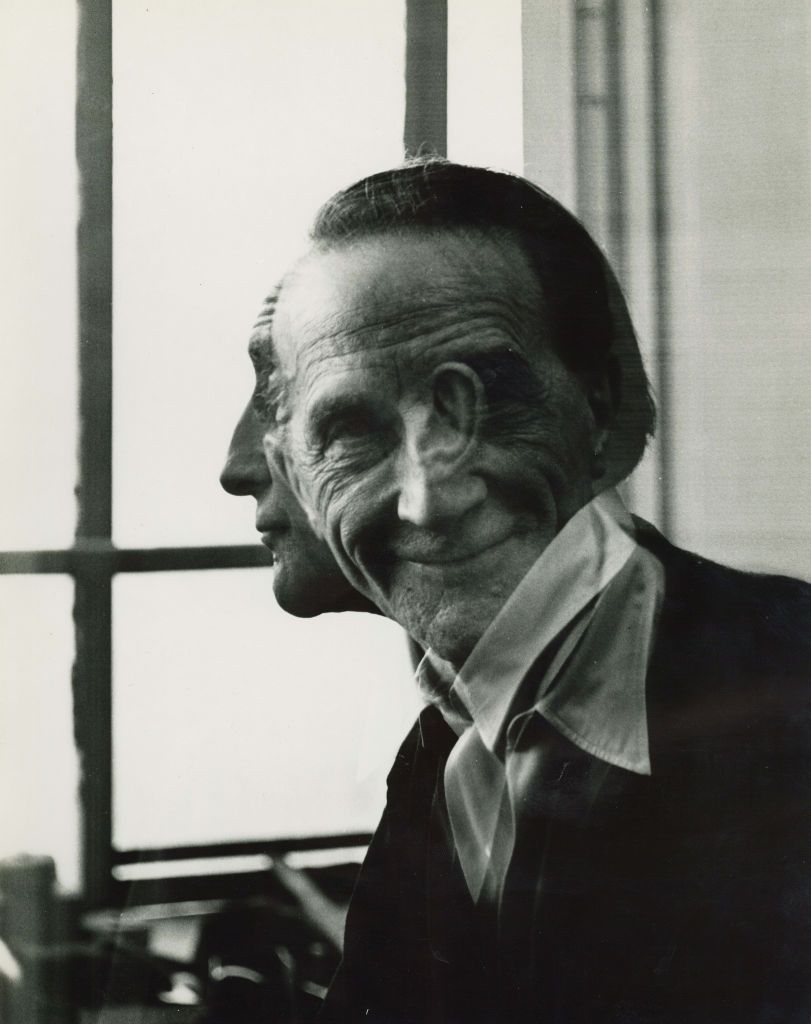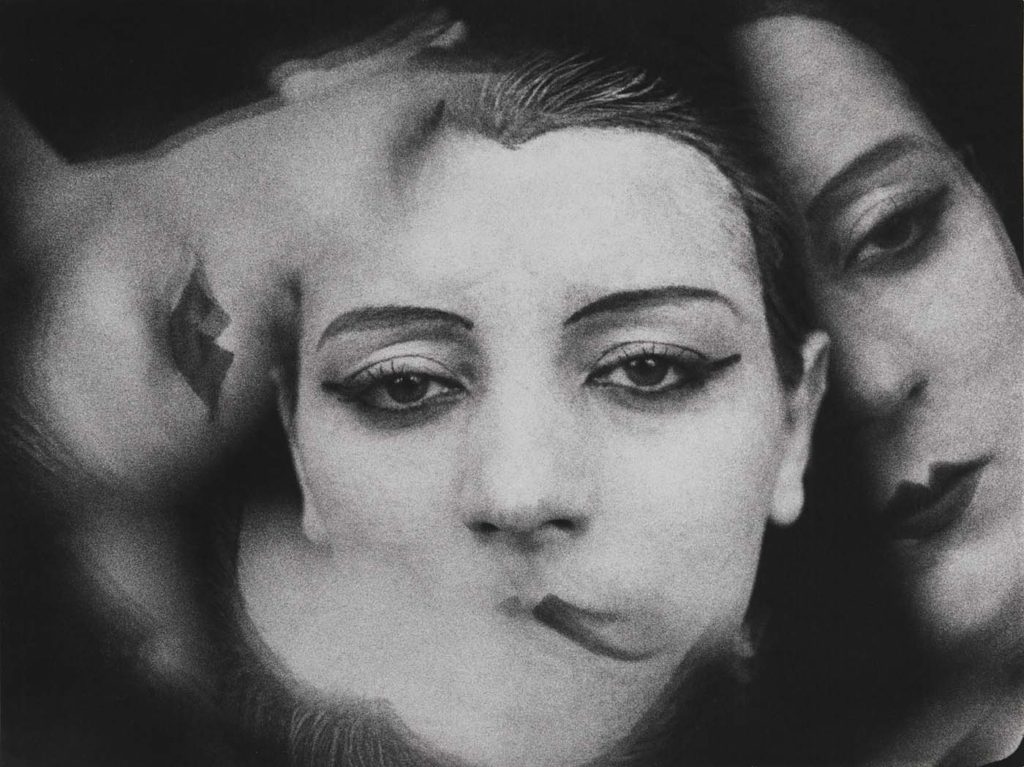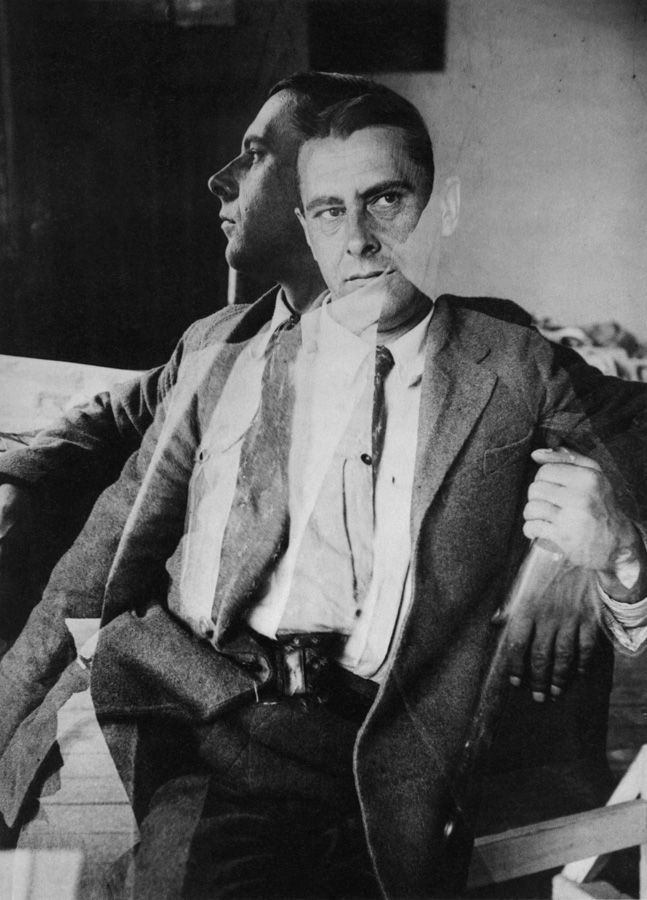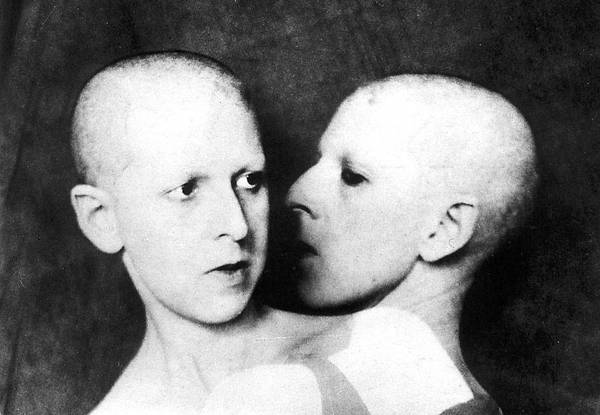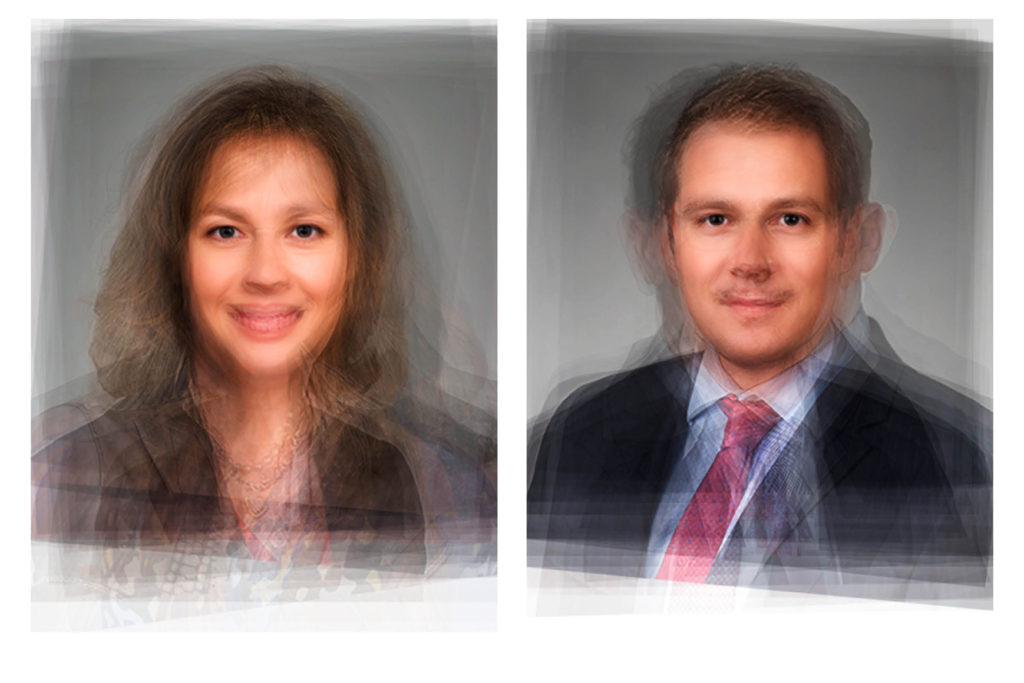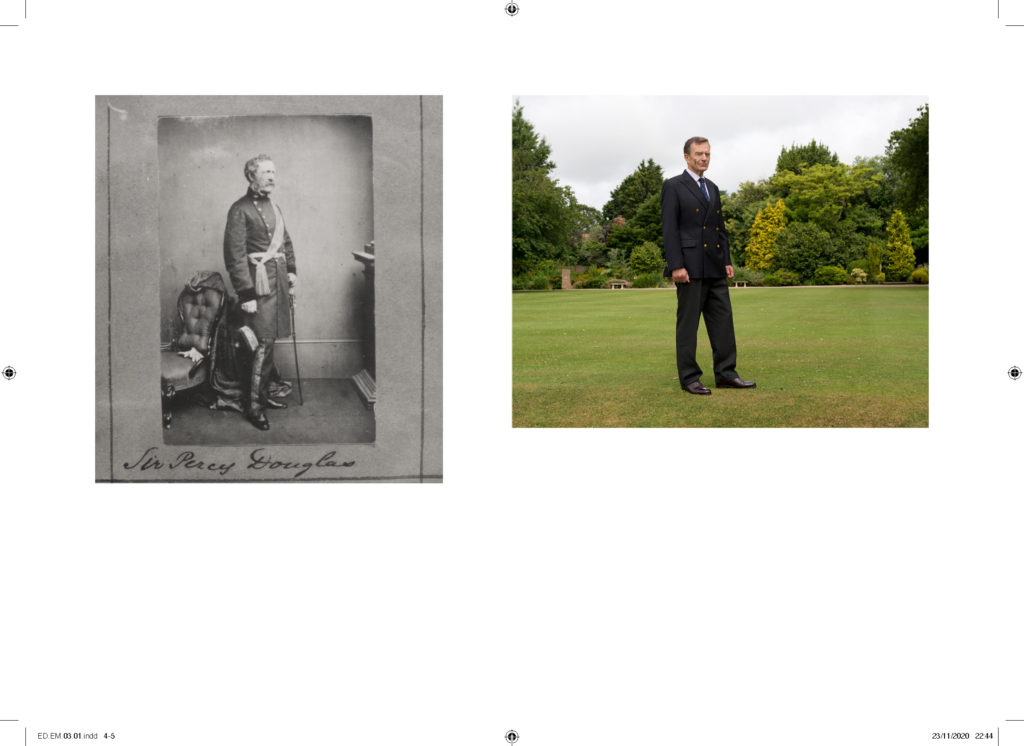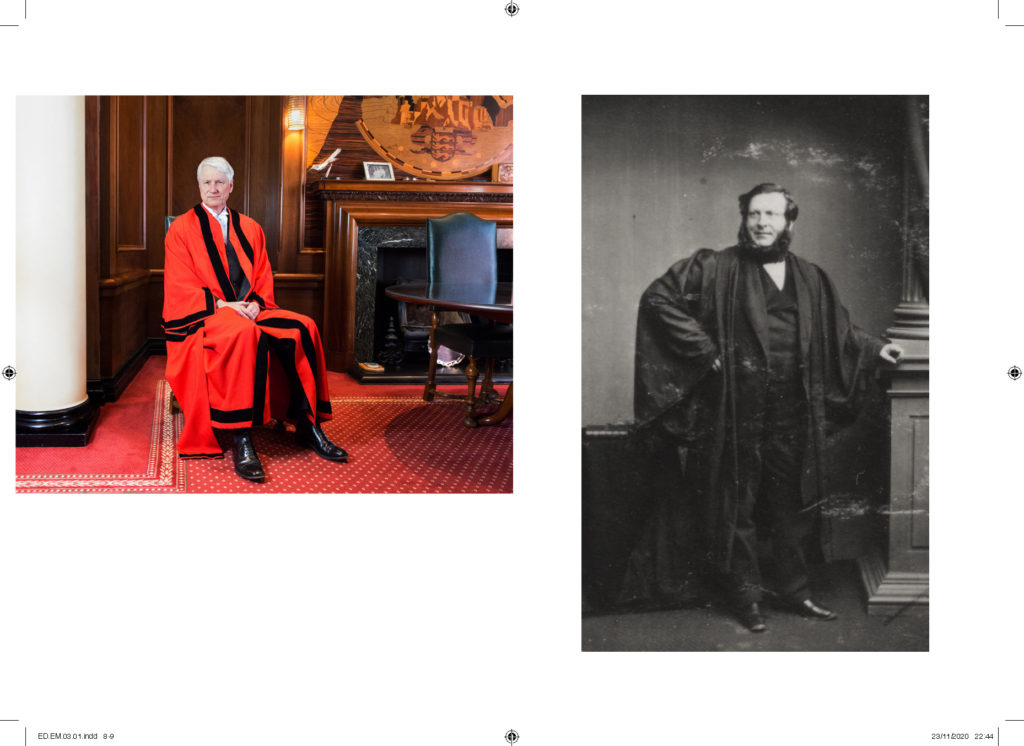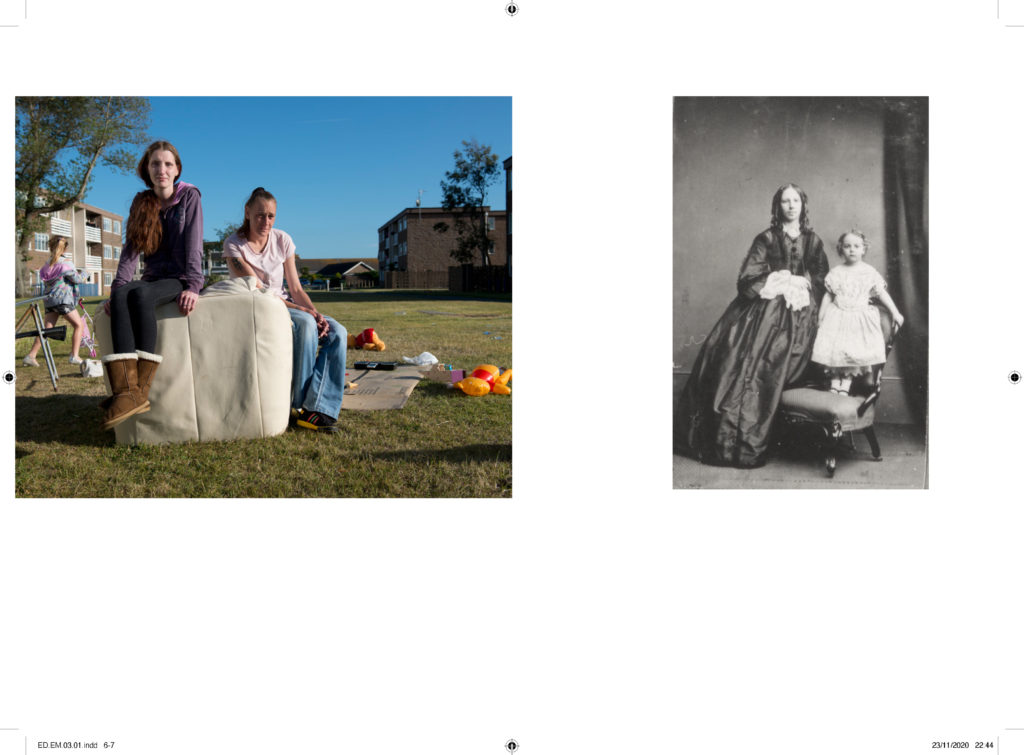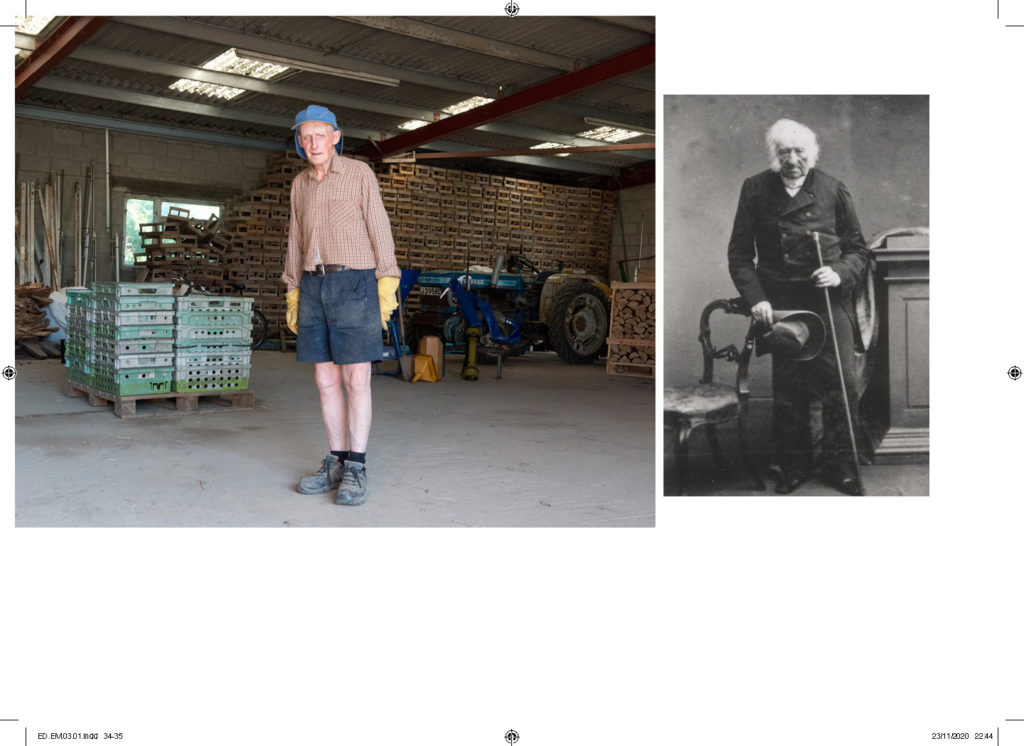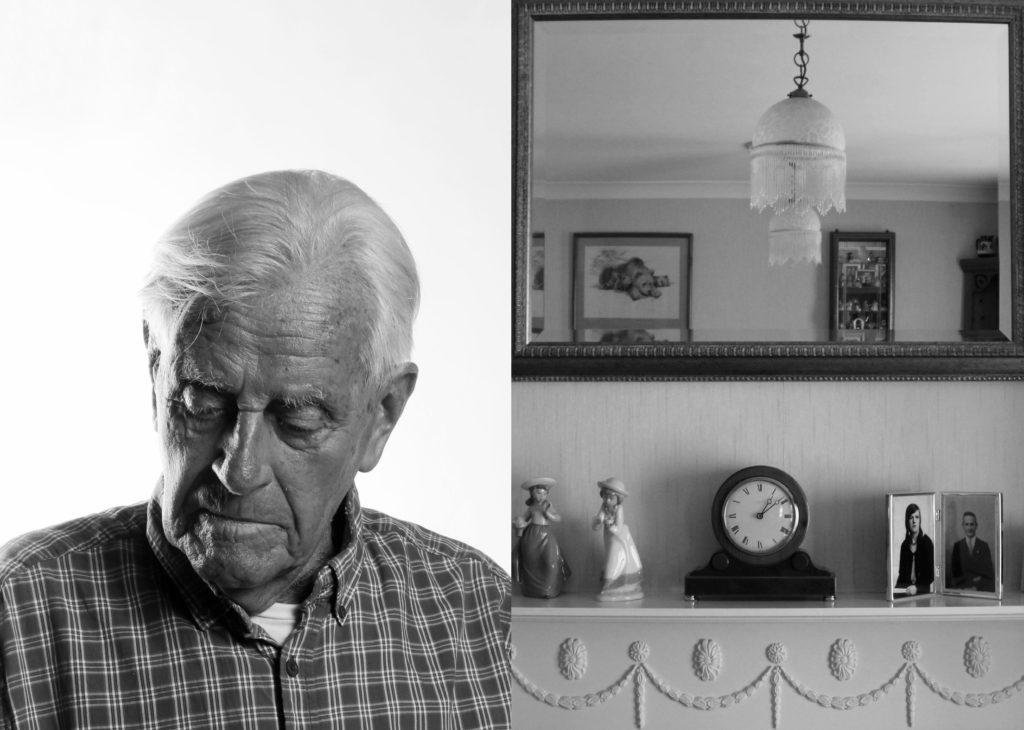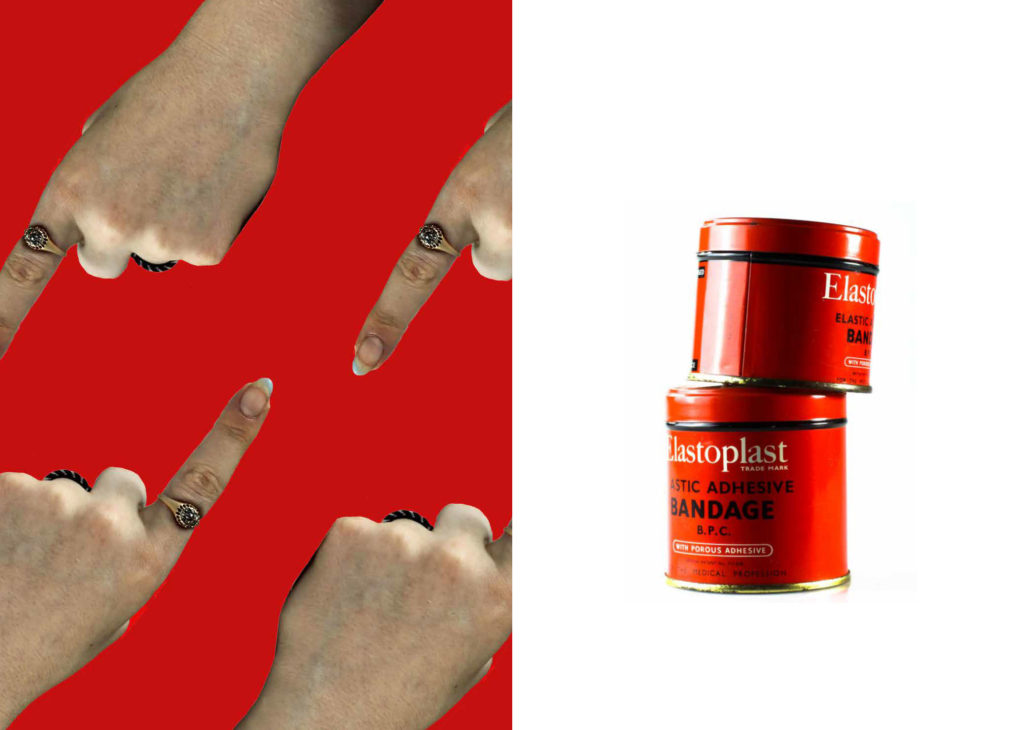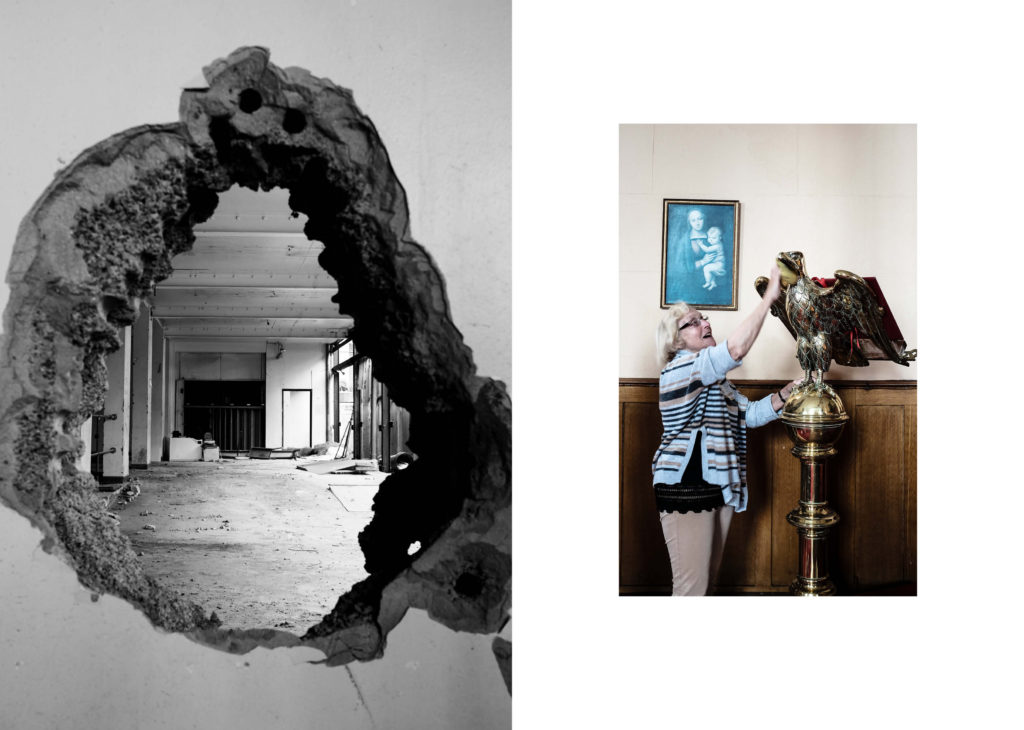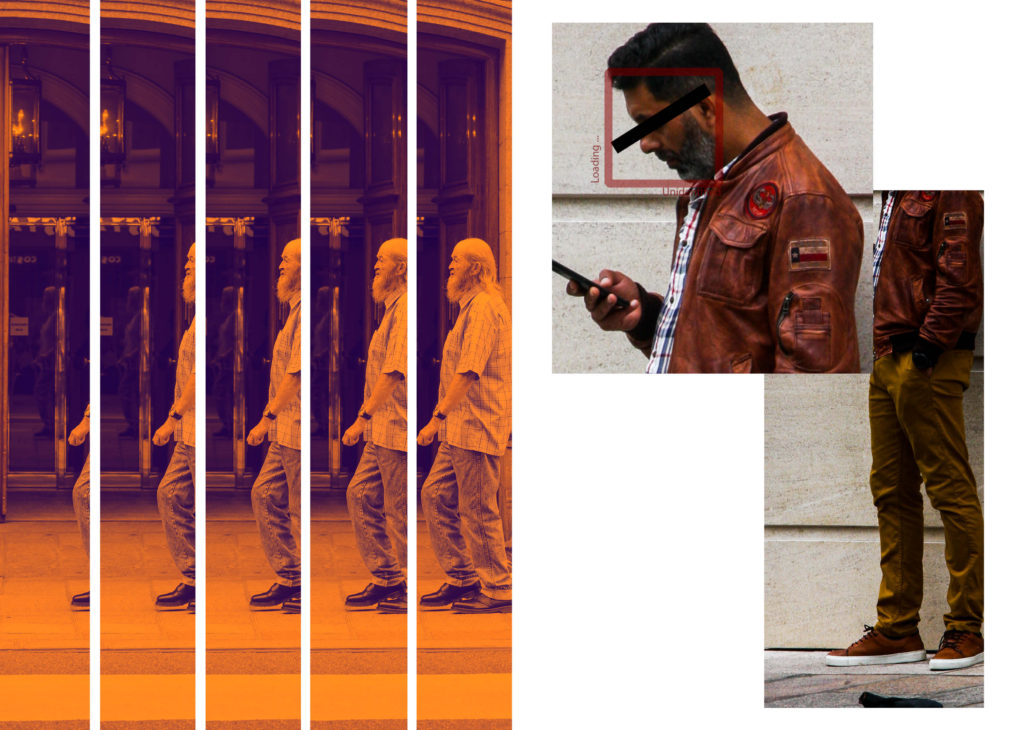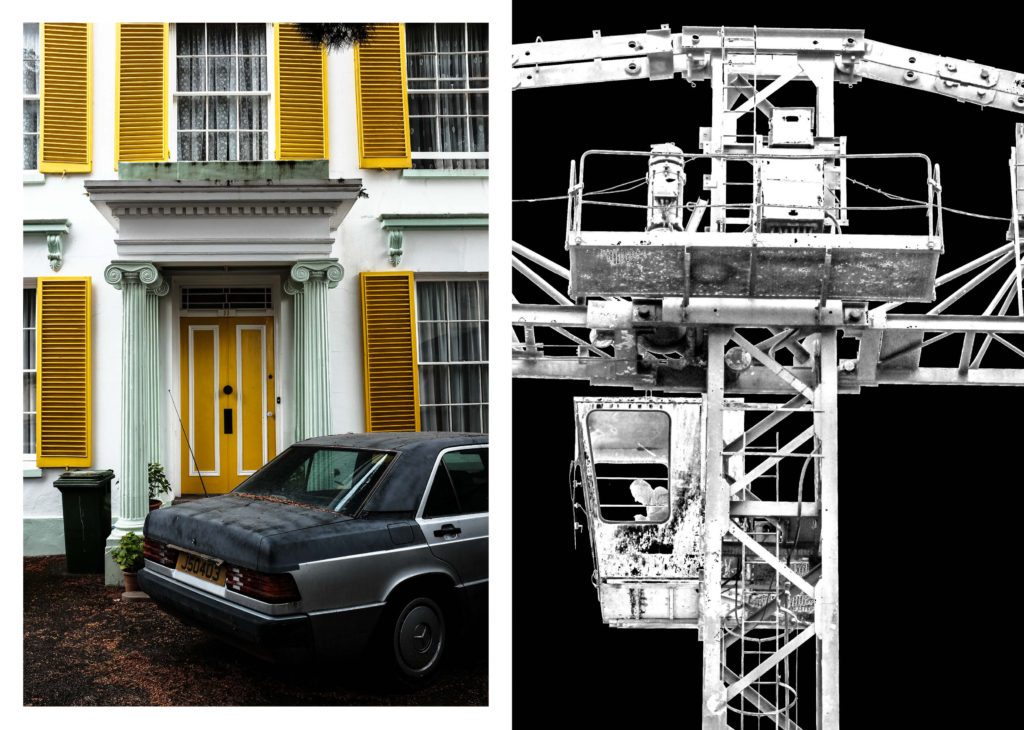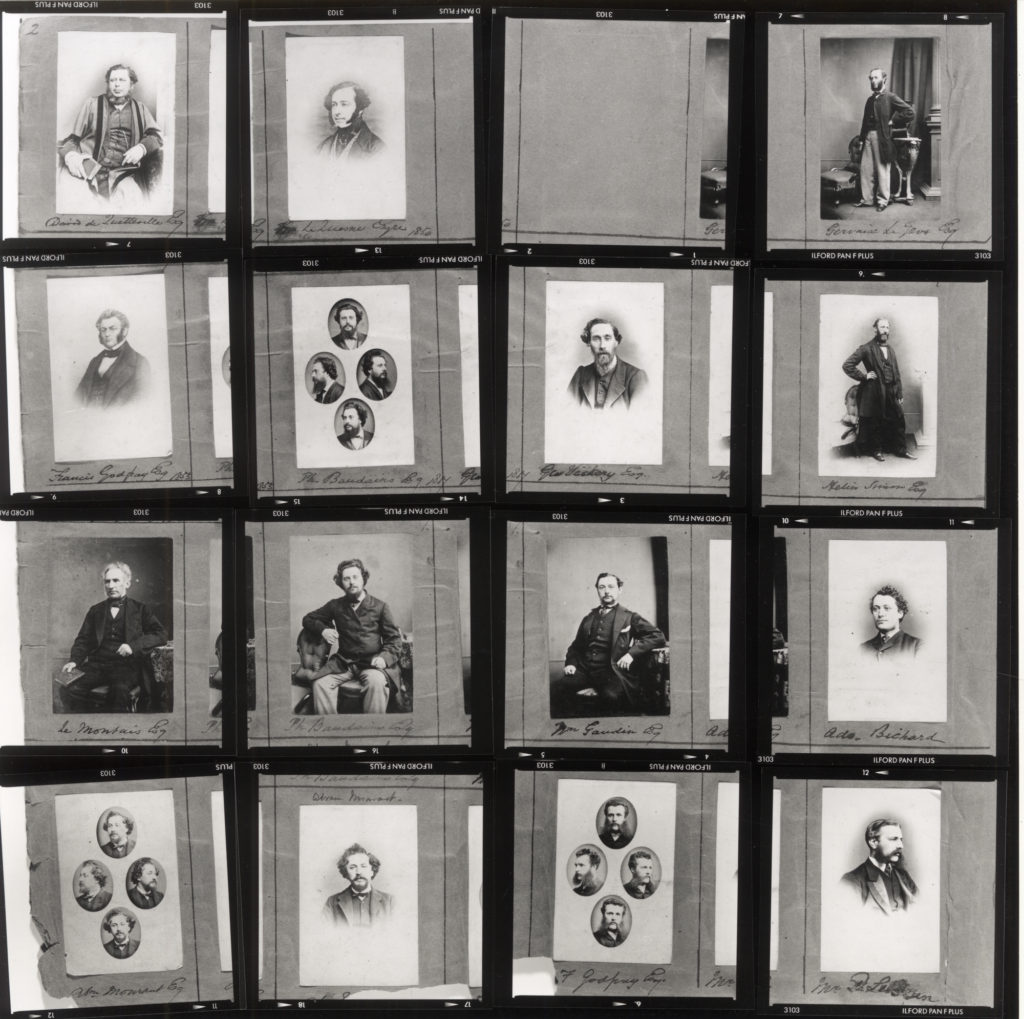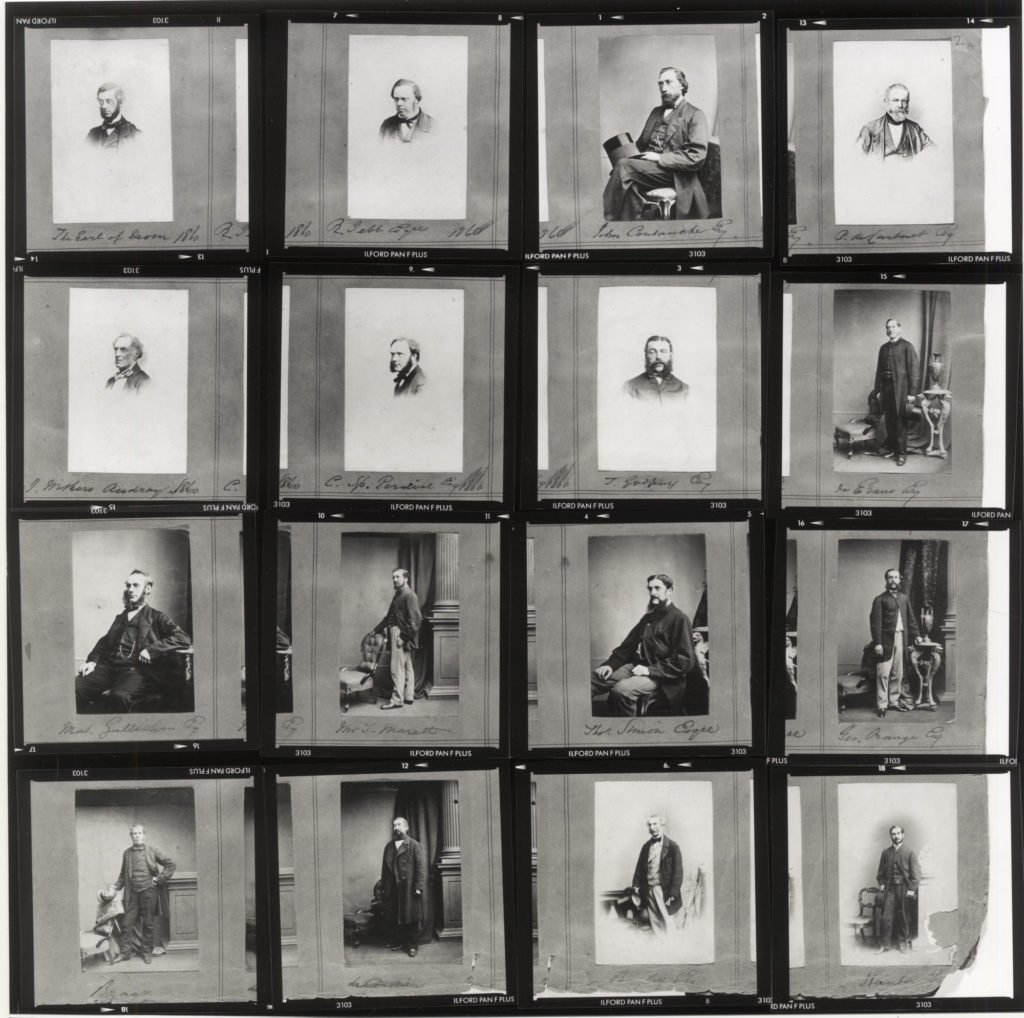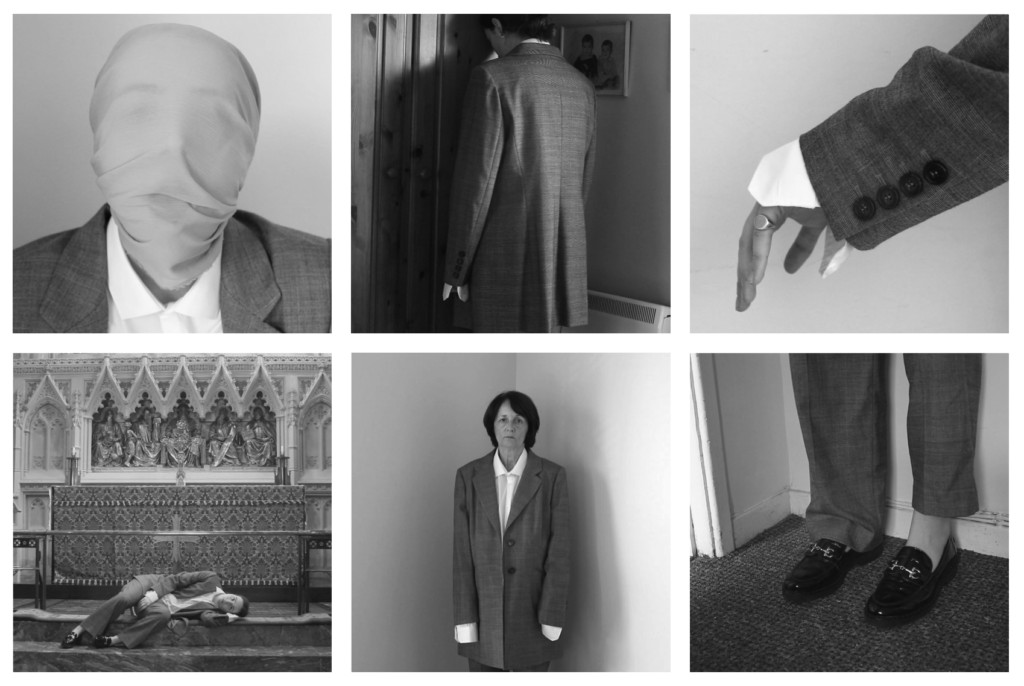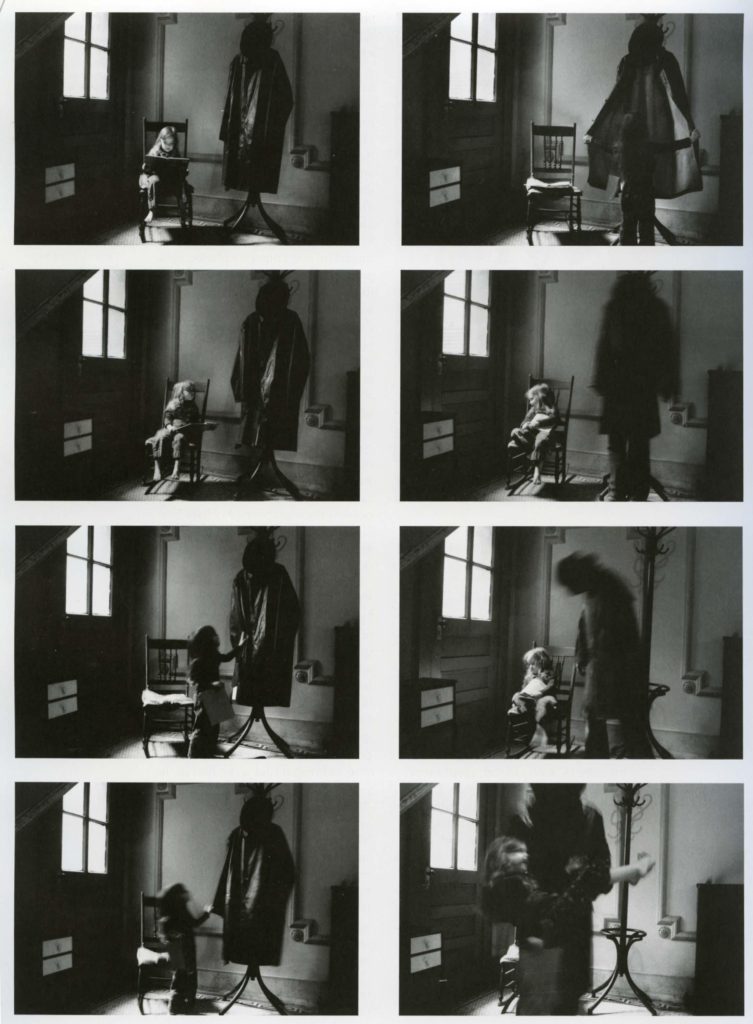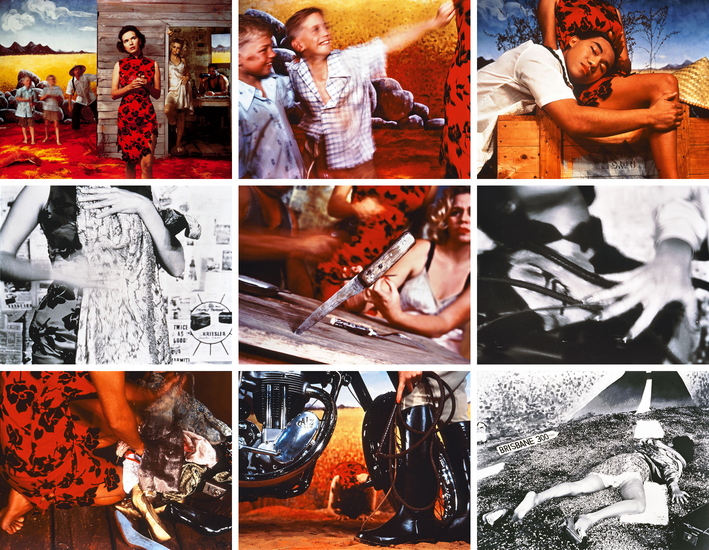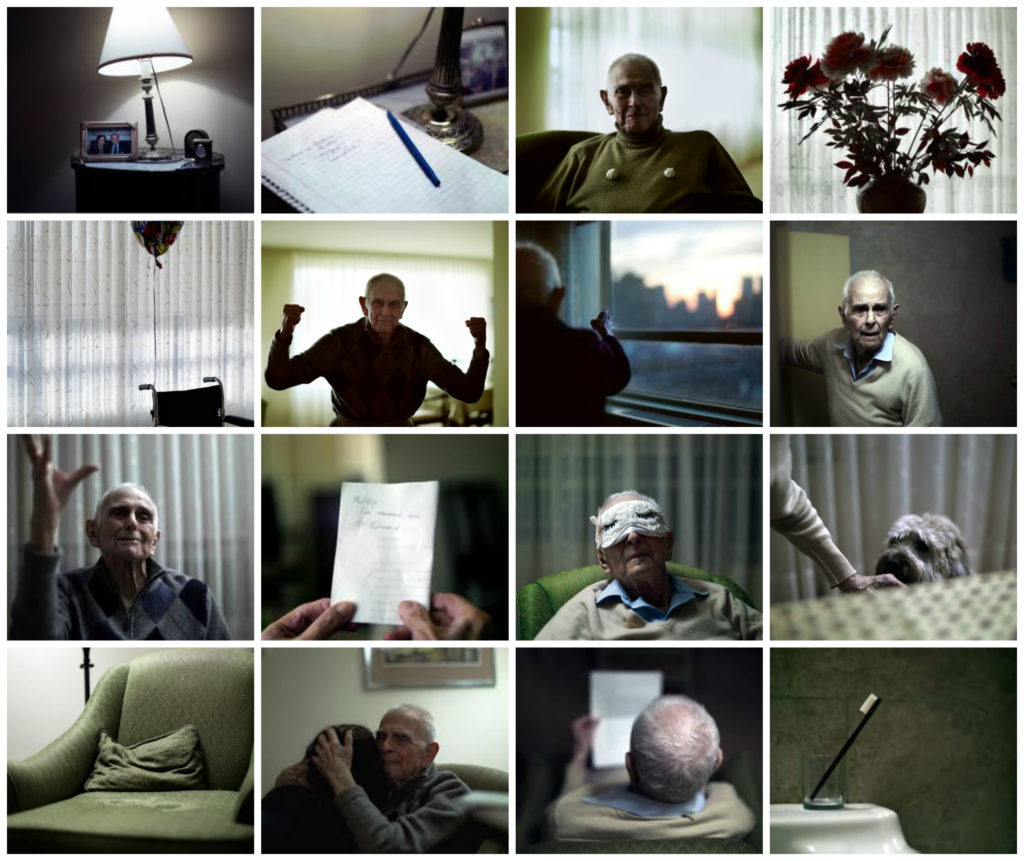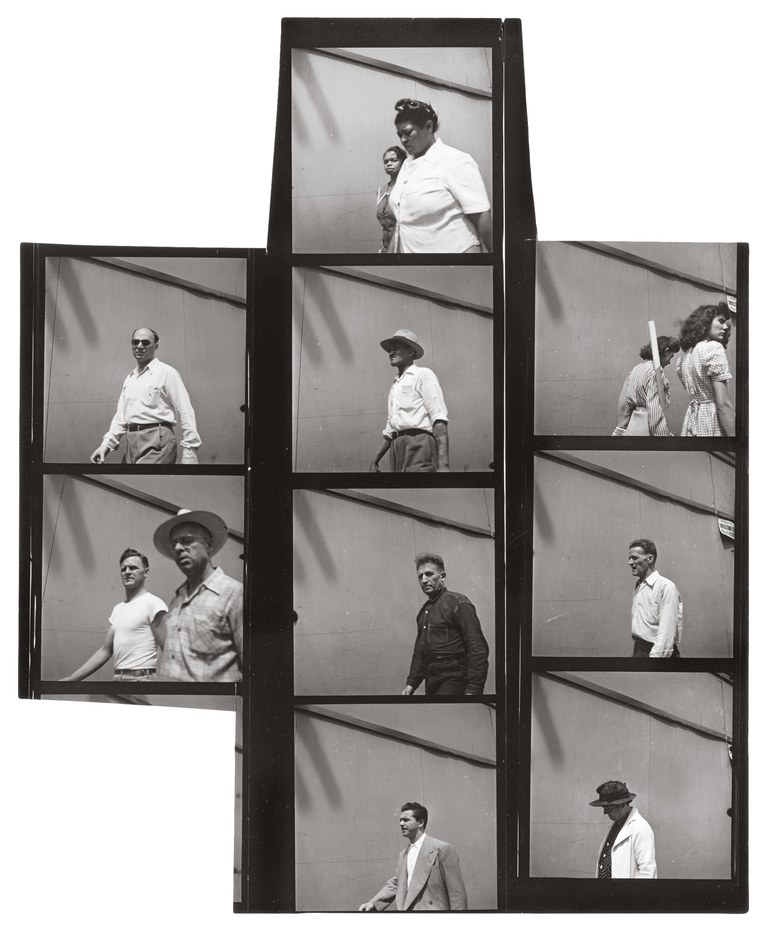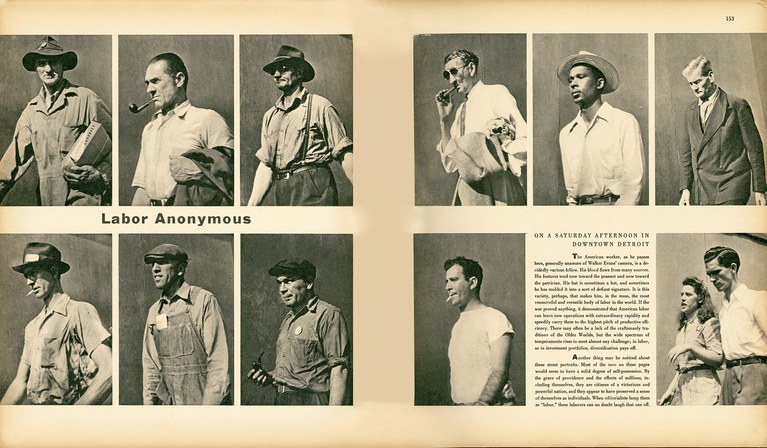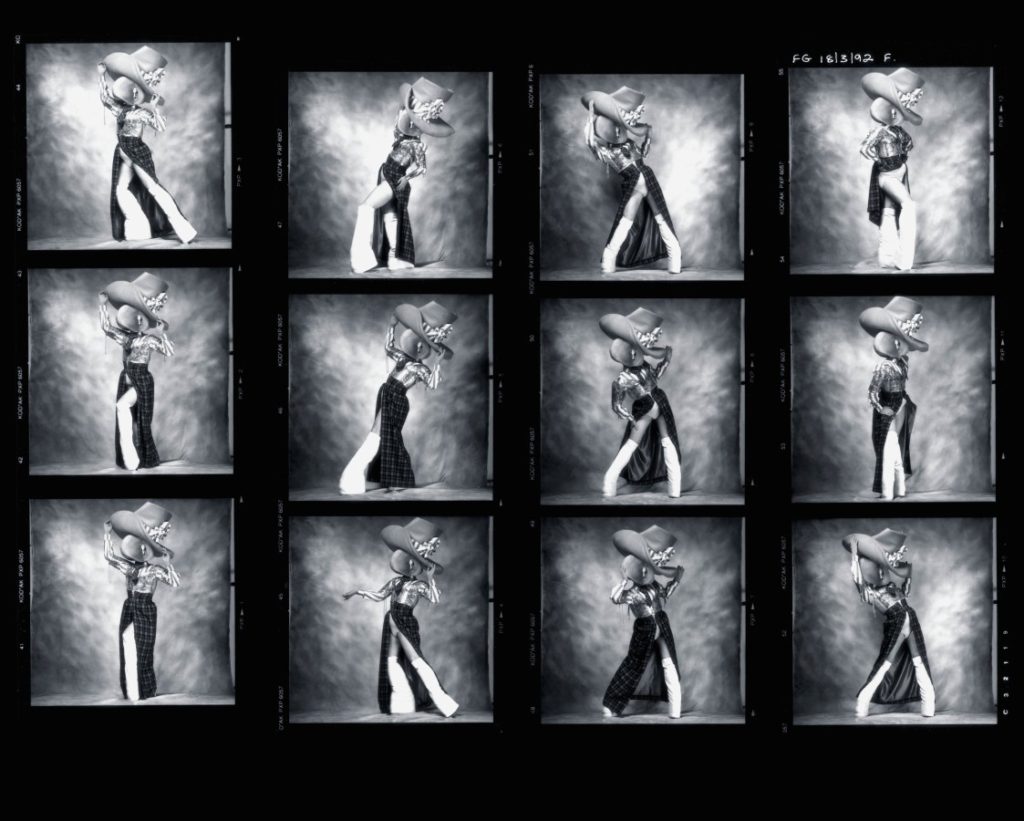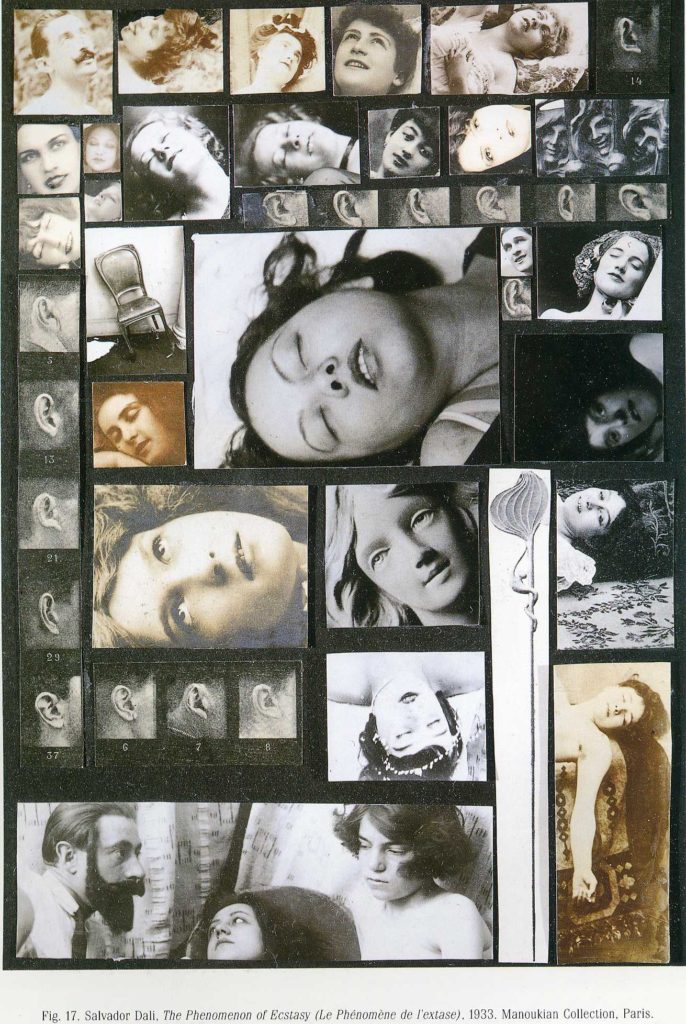Week 1: 7-13 Sept
Complete Zine making on migrant communities
Welcome back after summer break!
Before we begin our next creative phase we need to complete our 16-page zine. Follow these instructions and complete the following blog posts:
DESIGN & LAYOUT
RESEARCH > ANALYSIS: Research zines and newspaper design made by artists and photographer that will provide visual stimulus for your page design. Produce a mood board and consider the following in your analysis:
- How you want your design to look and feel
- Format, size and orientation
- Narrative and visual concept
- Design and layout
- Rhythm and sequencing
- Images and text
- Title and captions
InDesign – document set-up
Create new document
width: 148mm
height: 210
pages: 16
orientation: portrait
columns:2
column gutter: 5mm
margins: top, bottom, inside, outside: 10mm
bleed: top, bottom, inside, outside: 3mm
EXPERIMENT & DEVELOP
- Create 2-3 examples of alternative layouts for your photo-zine using Adobe InDesign and complete a visual blog post that clearly shows your decision making and design process using screen-prints.
- Make sure you annotate!
See examples of previous students blog charting his zine design process, here.
https://hautlieucreative.co.uk/photo20al/wp-admin/post.php?post=31481&action=edit
PRINT & EVALUATE
Print, fold and bind final photo-zine and hand in for assessment.
Write an overall final evaluation (250-300 words) that explain in some detail how successfully you explored the first part of the IDENTITY & COMMUNITY project. Consider the following:
- Did you realise your intentions?
- What did you learn?
- Zine; including any contextual references, links and inspiration between your final design and theme, incl artists references.
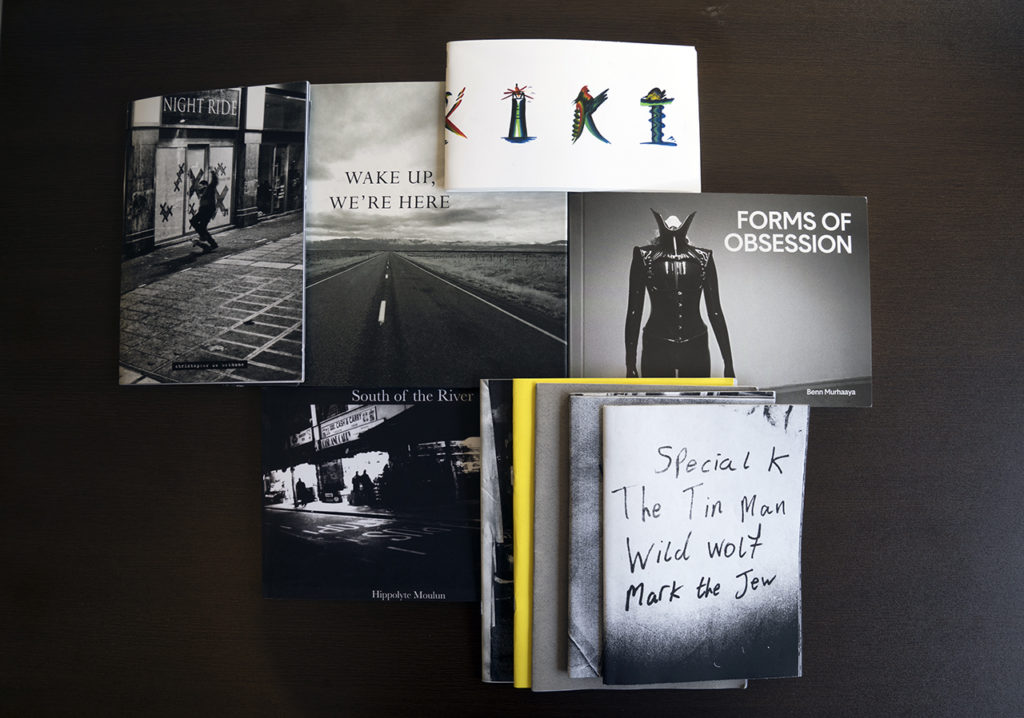
Week 2: 14 -19 Sept
Introduction to NFT – Develop concept
6 weeks project
DEADLINE: 22 OCT (last day before h-term)
NFT ART PROJECT: In the first half of the Autumn term we will explore the theme of COMMUNITY. Your outcome will be to collectively make a combined work of art to be exhibited both as a physical piece and also be minted as an NFT (non-fungible token) as part of the exhibition: 2 LIVES that will open at Connect With Art – Exhibition Space in St Helier later this autumn.
PRODUCTION: 6 groups with 3-4 students in each
FORM: 3 minute animated film sequenced together from 6 x 30 sec individual clips.
6 digital images linked to animated film.
CONTENT: Include elements from People Make Jersey exhibition panels, St Helier photoshoots and new original material produced in response to research and creative workshops
PROCESS: Embroidery, stills photography, moving image, stop animation and digital media
SOFTWARE: Photoshop, Premiere, Blender (3D modelling), AI Machine Learning
WORKSHOPS
Tue 14 Sept: Launch with creators and curators of 2 Lives NFT Art exhibition, Francesco Vincenti, Claudia Runcio & Yulia Makeyeva.
Tue 28 Sept: Embroidery: Tapestry and Narrative lead by Yulia Makeyeva, artists and founder of Connect With Art.
Wed 6 Oct: Introduction to Animation: led by Liam Nunn, professional animator.
Wed 13 Oct: Advanced Animation: led by Liam Nunn.
2 LIVES – NFT Art Project
EXHIBITION: Either projection of 3 minute film or 6 framed images.
NFT: Either 6 video clips (30 sec) or 6 digital images.
Proceeds used to produce a 52 page newspaper supplement IDENTITY & COMMUNITY later in the academic year.
UTILITY: Each group to discuss and decide on what utility they wish to offer as part of their NFT offering.

COLLABORATION
GROUPS: 6 groups with 3 – 4 students in each. Each group produce a 30 sec animated film and 1 digital image following these steps:
- Develop a concept
- Make a storyboard
- Plan recording/ shoots
- Experiment with imagery, sound and text using different analogue & digital processes supported by creative workshops
- Edit a 30 sec animated movie
- Design a digital image (A2) based on your film
- Present final film and digital image
In each group you need to allocate responsibility to take on the the following roles:
Producer > project manager
Photographer > cameraman
Editor > designer
BLOG – complete the following blogposts
CONCEPT: Our life is between reality and NFTs, between tangible and virtual worlds. We all have 2 lives; offline and online. Now these lives are blended.
FILM: As a collective (all yr 13 photography students) your task is to produce a 3 minute animated film made from 6 individual clips of 30 seconds each re-appropriating the exhibition panels from the People Make Jersey exhibition, with inspiration from the Bayeux Tapestry or the Occupation Tapestry, and other contemporary art and digital media.
DIGITAL IMAGE: Based on the material used to make your animated film, create a digital image that will be printed as a physical object or minted as an NFT. The image and the film must relate to each other and be a considered response to your interpretation of the theme of COMMUNITY. You can think of the digital image as a film poster for your movie but without the credits and more of an artistic stand-alone image that intrigues people to want to watch your film and invites them to bid for it on an NFT platform.
The final film and digital image must be a creative response that will provide an interpretation of the following question:
What will the future of Jersey look like as a community in the metaverse?
A community of the future will celebrate diversity, equality and inclusion and propose a new digital world; a metaverse where everyone is equal regardless of class, race, gender and age. A digital ecosystem that transcends all virtual identities into a utopia for peace, prosperity and progress.
- MIND-MAP: As a group consider the central question above and produce a mind-map with associated words and concepts.
- MOOD-BOARD: gather visual inspirations that reflects on your mind-map above
- STATEMENT OF INTENT: Reflect and review your mind-map and mood-board AND produce a statement of intent that clearly defines how you wish to interpret the theme of COMMUNITY as a 30 sec animated film and digital image. Follow these steps:
CONCEPT: What will the future of Jersey look like as a community in the metaverse?
Describe in:
- 3 words
- A sentence
- A paragraph
CONTENT: How will you make your film?
- Images > new photographic responses, video recordings, animation, analogue/ digital montages
- Archives > exhibition panels (People Makes Jersey), images from internet, public records, private collections, family albums
- Sound > consider how audio can add depth to your film, such as ambient sound, sound fx, voice-over, interview, musical score etc
- Text > letters, documents, poems, online messaging
RESEARCH – analyse and contextualise to develop your concept
You may want to re-visit the exhibition; PEOPLE MAKE JERSEY to identity specific themes or subjects to explore, such as
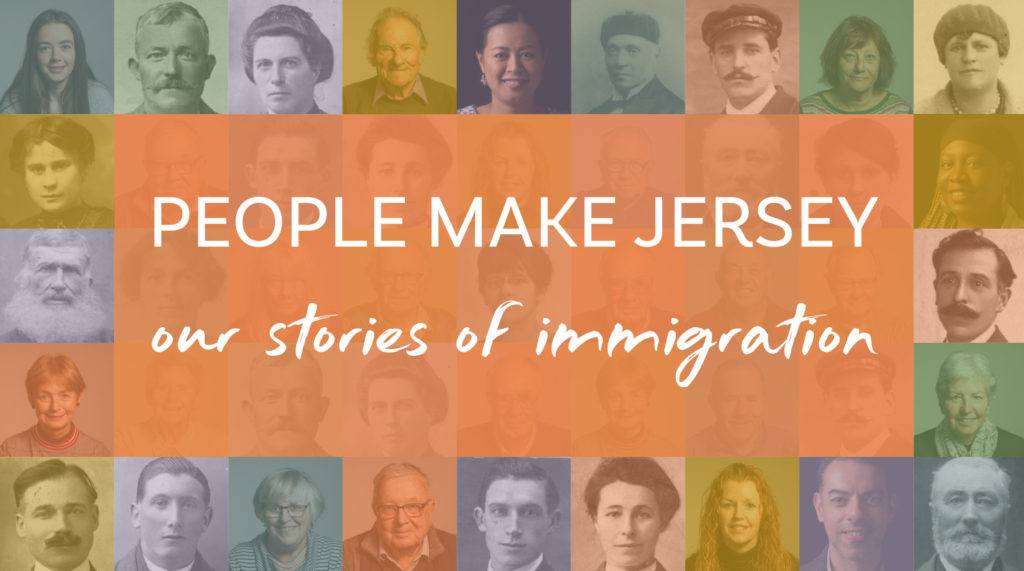
ISLAND IDENTITY: The Government of Jersey is currently consulting the public about what makes Jersey special. Watch a film, recently produced and explore more about ISLAND IDENTITY here.
The ISLAND IDENTITY project has produced a website and a report that has identified distinctive qualities of island life in Jersey. You may wish to explore one of those more in-depth as a concept for your film and digital image. They are:
Constitution & Citizenship
Communities
International
Economy
Education & Sport
Heritage, Culture & the Arts
Enviroment
Here is a Summary Report – which you may want to skim through when developing a concept for your COMMUNITY film project.
There is also a Photography Competition associated with the theme of ‘DEFINING JERSEY’ – aiming to gather a variety of submissions which emphasise the diverse aspects of Island identity.
Photos should aim to capture what makes you proud to live in Jersey, particularly focusing on belonging and community. Entries may seek to highlight the individuality of our Island, as well as your own unique experience here.
Entries should be submitted either by emailing islandidentity@gov.je or by Instagram, tagging @islandidentity.je and using #DefiningJersey.
The closing date for submissions is 20th September.
Week 3: 20 -26 Sept
Research NFT – Research and Analysis
Contextual studies and artists references
complete the following blogposts
- CONTEXTUAL STUDY 1: Research NFTs and digital art. First study 2 Lives exhibition and supporting documentation that will provide you with a good overview and understanding of NFTs and digital art.
- ARTISTS REFERENCES. For inspiration select at least two artists references. Explore discuss, describe and explain key examples of their work relevant to your project. Compare and contrast their approaches, outcomes and follow these steps:
1. Produce a mood board with a selection of images and write an overview of their work, style and approach to digital art.
2. Select at least one key image/ film clip/ video frame and analyse in depth using methodology of TECHNICAL>VISUAL>CONTEXTUAL>CONCEPTUAL
3. Incorporate quotes and comments from artist themselves or others (art/ media /film critics, art/ media/ film historians, curators, writers, journalists etc) using a variety of sources such as Youtube, online articles, reviews, text, books etc.
4. Make sure you reference sources and embed links to the above sources in your blog post.
3. PLANNING & RECORDING. Plan your first photographic shoots/ video recording in response to your research, concept and project. Your recording must be completed by Tue 29 Sept as we return to school after the Corn Riots bank holiday.
SEE FULL PROGRAMME HERE for the CORN RIOTS FESTIVAL – there may be some event here that you want to attend and record as it is mostly about bringing a community together. READ article here CORN, MORTGAGES AND RIOTS


JERSEY MUSUEM: PEOPLE, POWER, PROTEST! The exhibition explores how the right to protest has shaped and influenced the Island that we know today, from historic protests, such as the Corn Riots, to more recent protests such as Extinction Rebellion and Black Lives Matter. Jersey has a fascinating history of protest in the Island and the theme of the exhibition coincides with the 250th anniversary of the Code of Laws that was introduced in response to the Corn Riots.

RESEARCH – contextual studies and artists references
Jersey’s first Art Exhibition that connects Art and Finance, through the introduction of NFTs.
This project is destined to shape the future of the Art world, leveraging NFTs as a tool to create new opportunities and communities.
2 Lives was created by Francesco Vincenti & Claudia Runcio who came to live in Jersey in 2020. Their vision is to create a format for future NFT exhibitions that can be replicated around the world in different shades and configurations.
What we want to leave in Jersey is a seed and a promise of prosperity, a moving platform on which creators, artists, business professionals and students can grow.
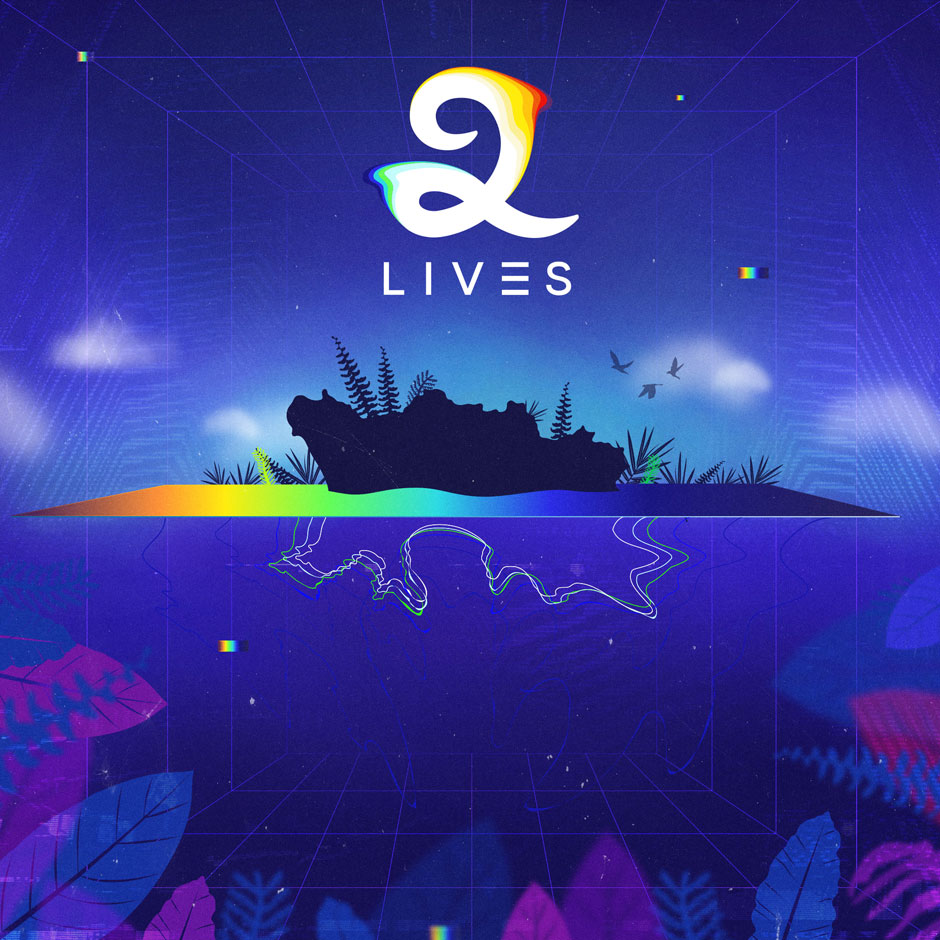
- 2 Lives will consist of a traditional art exhibition, but in the metaverse…The entire project also aims to educate visitors about NFTs to present opportunities and ideas to artists, curators, collectors, business professionals, students and creators.
- 2 Lives is a new platform for artists to create, showcase and sell their work.
- 2 Lives is an homage to the island of Jersey through a selection of renowned artists and their stories.

What is an NFT?
NFT means “Non-Fungible Token” representing a digital file/item.
A token is an object built on the Blockchain, non fungible means unique. In fact every NFT has got its own identity and characteristics. Every digital file can be an NFT. And anything else can be an NFT.
What is the Metaverse?
The Metaverse is the complete virtual twin of our physical world
The Metaverse is the total amount of all the digital assets that live in the web and on the blockchain, creating a digital ecosystem.
The Metaverse is a collective virtual shared space, created by the convergence of virtually enhanced physical reality and physically persistent virtual space, including the sum of all virtual worlds, augmented reality, NFTs and the Internet.
NFTs in Art?
The NFT era is a new renaissance for artists.
NFTs for artists are the means by which they can create and sell their own art, setting up easily a profile in any NFT marketplace, keeping independence from someone else managing their business.
Not only NFTs allow new opportunities for the rising market of digital art and artists, they also can be helpful for traditional artists.
READ more supporting material here produced by Francesco Vincenti and Claudia Runcio.
NFT Resources > Inspirations
The NFT Podcast is where you can start your NFT Education. The goal is onboarding anyone interested into NFTs. New episodes every week! Hosted by Francesco Vincenti, with marketing and media experience in wearables, digital and education industry. I’m building NFT projects and events in art and finance with real-life utility for tokenholders. So far Francesco has produced 38 podcasts. Listen to Episode #3 Zack Ritchie: NFTs Communities, NFT Resources, Inspirations for Digital Artists | NFT Podcast.
Zach Ritchie is a Digital Cartoon Artist from Malta in a challenge to create daily art for 1 year.
The NFT Film Ever Made: NFTs have exploded. Prompting a wild free for all on one side with numbers you can scarcely believe and deep and justified skepticism on the other. But the problem is most have only the most rudimentary understanding of what NFTs are and what they can do. The goal of this film making the most comprehensive, wide-ranging NFT film ever, one that covered everything – art, music, fashion, defi and the metaverse.
FEWOCiOUS talks about the importance of drawing on his own story and how NFTs have created a ‘moment’ for young artists ‘Someone just tweeted a video of me freaking out,’ says the artist Victor Langlois, aka FEWOCiOUS, whose new series of unique NFT works, paintings and ephemera goes on sale with Christie’s in June. ‘I feel like I’m in a dream or something.’
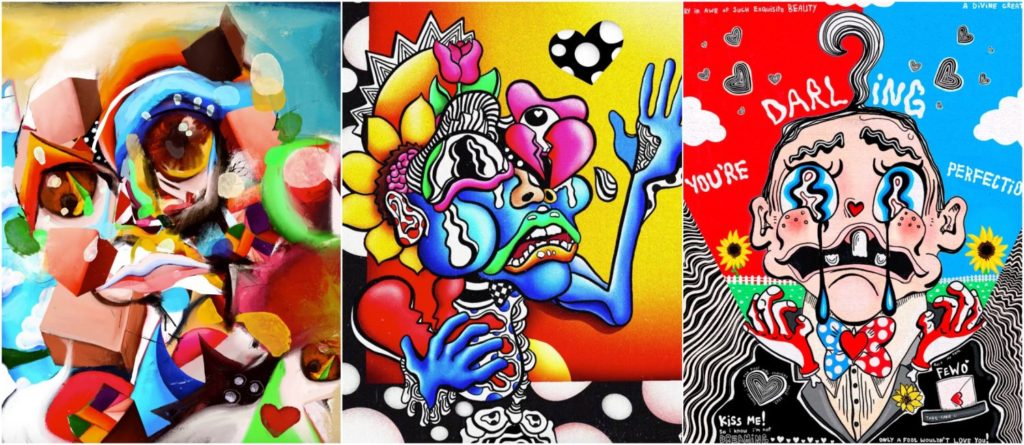
Known as one of the world’s leading digital artists, the 18-year-old has staged multiple successful solo releases, as well as two groundbreaking NFT space collaborations — with digital fashion brand RTFKT Studios, and collaborators Odius, Parrot_ism and Jonathan Wolfe — leading to sales in the millions. His latest project, Hello, i’m Victor (FEWOCiOUS) and This Is My Life, offers five unique works that detail the journey through his teen years so far, growing up as a transgender male in an abusive household. The works will be on offer at Christie’s beginning 25 June.
VeeFriends is the name of Gary Vaynerchuk’s NFT collection. He created VeeFriends to bring to life his ambitions of building a community around his creative and business passions using NFT technology and their smart contract capabilities. By owning a VeeFriend NFT, you immediately become part of the VeeFriends community and get access to VeeCon.
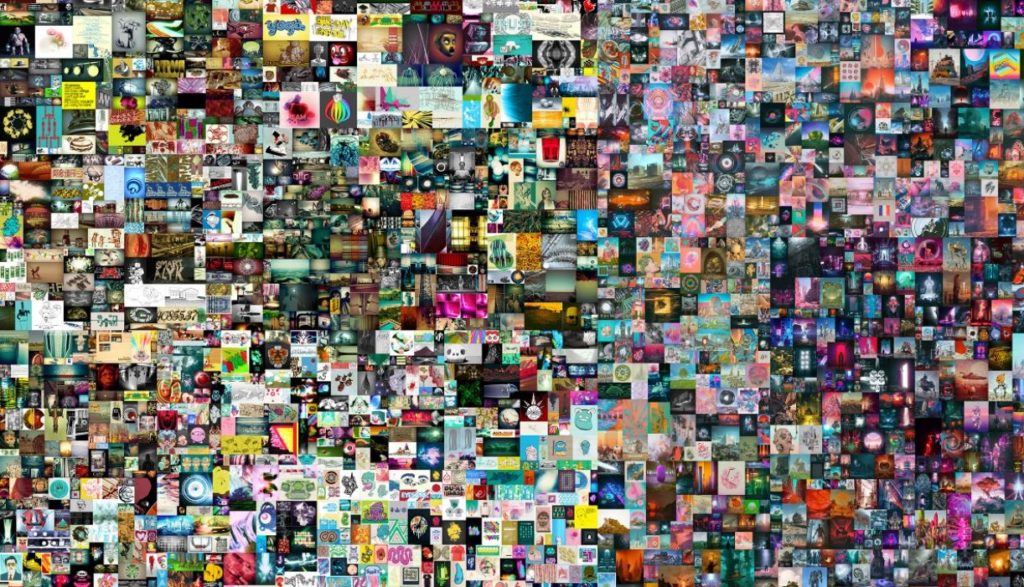
BEEPLE: Mike Winkelmann, better known as Beeple, has sold the most expensive digital artwork in history, The First 5000 Days, sold at Christie’s auction house for $69 million. It’s part of an explosion in the market for NFTs — tokens that prove ownership of things like digital art that you can’t even touch. READ MORE HERE
CryptoPunks are 10,000 uniquely generated characters. No two are exactly alike, and each one of them can be officially owned by a single person on the Ethereum blockchain. Originally, they could be claimed for free by anybody with an Ethereum wallet, but all 10,000 were quickly claimed. Now they must be purchased from someone via the marketplace that’s also embedded in the blockchain.
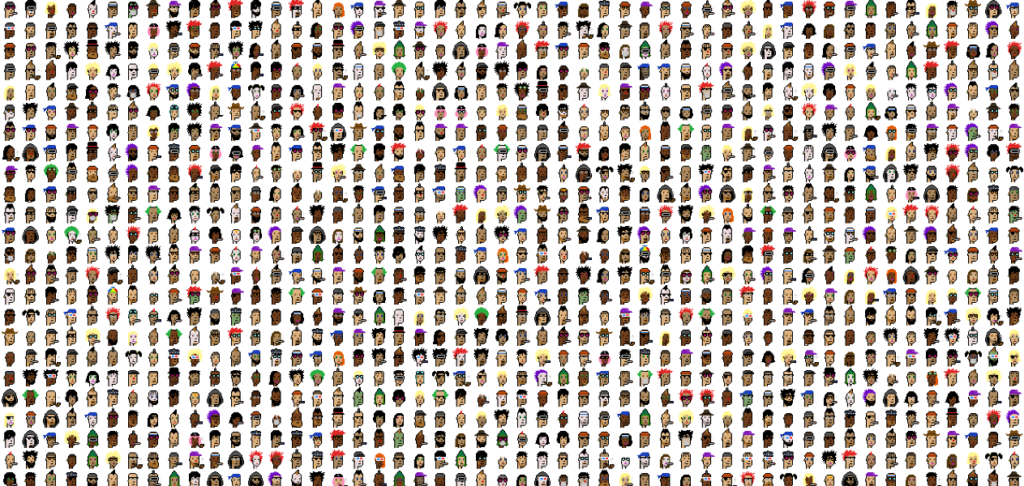

What is a CryptoPunk?
The CryptoPunks are 24×24 pixel art images, generated algorithmically. Most are punky-looking guys and girls, but there are a few rarer types mixed in: Apes, Zombies and even the odd Alien. Every punk has their own profile page that shows their attributes as well as their ownership/for-sale status (here’s an example). READ MORE HERE
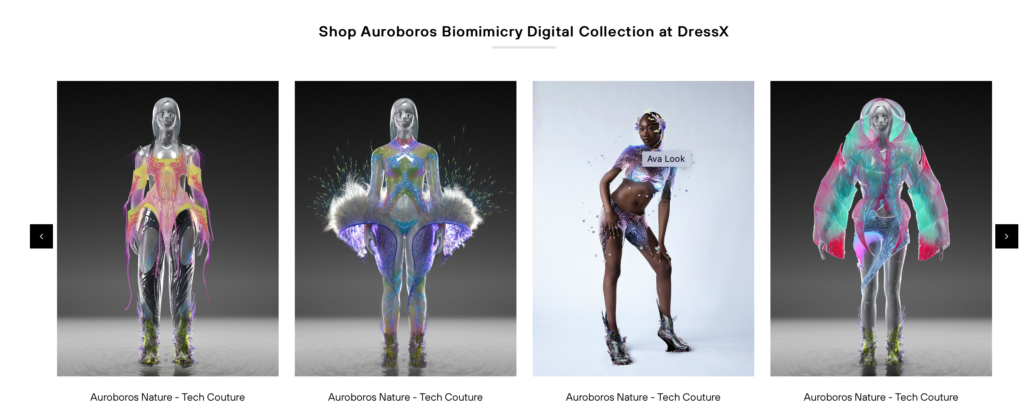
DressX: NFT as fashion. L.A.-based digital fashion start-up DressX has entered a partnership with NFT (non-fungible token) marketplace Crypto.com, where it will release limited-edition styles to members of the site.
“It’s an exciting moment because with this partnership we’re opening up a new life and value for NFTs, and a new distribution channel for AR fashion,” said DressX cofounder Natalia Modenova of teaming up with Crypto.com.
The curated platform for collecting and trading NFTs by celebrities and creators in art, design, entertainment and sports — including the Aston Martin Formula One Team, BossLogic, Lionel Richie, Mr. Brainwash and Snoop Dogg — was founded in March 2021.

INSPIRATIONS – contemporary art and digital media
DAMIEN HIRST: The Currency, is the first NFT collection by British artists Damien Hirst. Reimagining the way NFTs are used, The Currency is a collection of 10,000 NFTs which correspond to 10,000 unique physical artworks which are stored in a secure vault in the UK. The works are now brought to life through their launch on the blockchain. Starting with the creation of the physical artworks in 2016, The Currency explores the boundaries of art and currency—when art changes and becomes a currency, and when currency becomes art. Successful applicants will all initially receive NFTs. Ultimately, you have to decide between the digital NFT or the physical artwork, both of which are artworks in their own right. Whichever you pick, the other gets burned. READ MORE HERE
In an exclusive video, the artist and former Bank of England governor Mark Carney discuss the venture, which forces buyers to choose between physical and virtual work. READ full article HERE on Financial Times.
WILLIAM KENTRIDGE: Drawing as animation
William Kentridge is a South African artist best known for his prints, drawings, and animated films. These are constructed by filming a drawing, making erasures and changes, and filming it again. Watch him HERE talk about his process of repeatedly erasing and reworking charcoal drawings to create his well-known stop-motion animated films.
William Kentridge’s studio in Johannesburg is a ‘vital physical and psychic space’ where he conceives and develops his ambitious projects and artworks. In this film he talks about how flexible charcoal is and how you can change the composition ‘as quickly as you can change your mind’. He also shows us around his studio where ideas conceived as drawings become animations, performances, and installations.
William Kentridge describes Johannesburg, South Africa, providing a social and historical context for his animated films, including “Johannesburg, 2nd Greatest City after Paris” (1989).
DAVE EVANS: Davy Evans is an award winning multi-disciplinary artist and designer based in Brighton. With a background in graphic design, Evans fuses practical effects and digital techniques to create ethereal abstract imagery. He often manipulates light and liquid to replicate colour, form, and distortions inspired by natural phenomena.’ EXPLORE HIS WORK HERE
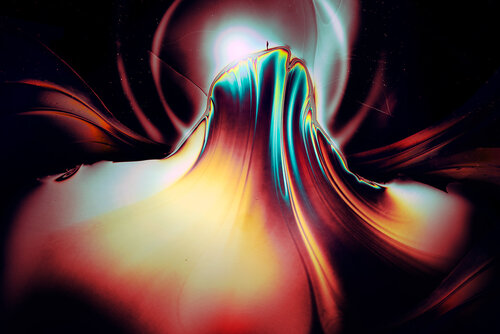
CAROLLE BÉNITAH is a French Moroccan photographer. Her work explores ideas of memory, family and the passing of time. Often pairing old family snapshots with handmade additions, such as embroidery, beading and ink drawings, Bénitah seeks to reinterpret her own history as a daughter, wife and mother. Here is LINK to the gallery that represents her with a brief description of her work. Read also an interview with Benitah HERE.
With each stitch I make a hole with a needle. Each hole is a putting to death of my demons. It’s like an exorcism. I make holes in paper until I am not hurting any more.
—Carolle Benitah
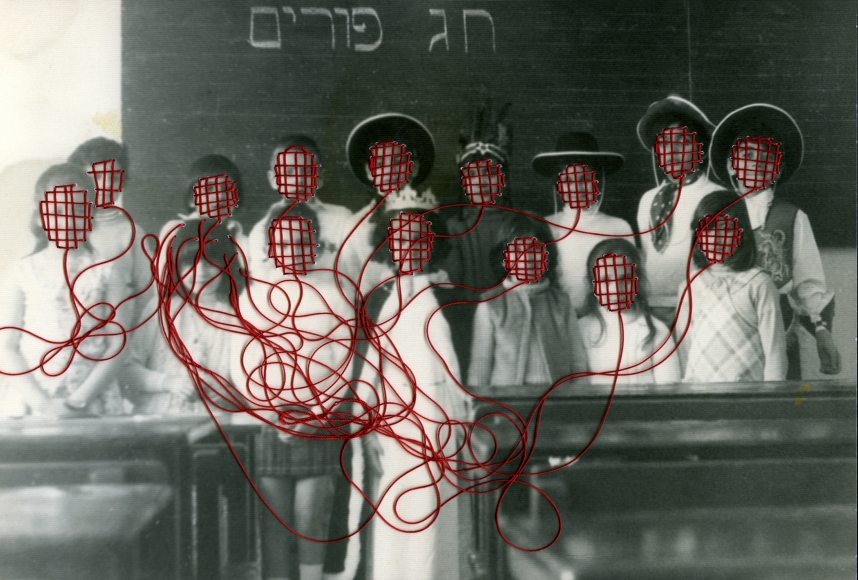

PENELOPE UMBRICO Sunset Portraits from Sunset Pictures on Flickr, 2010 – ongoing
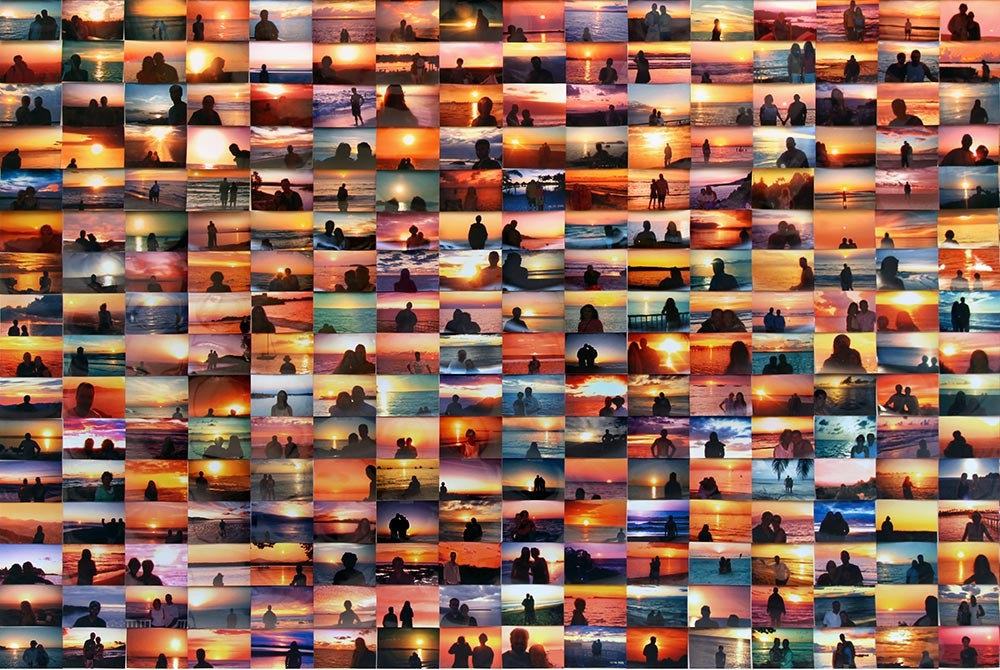
The images in Sunset Portraits from Sunset Pictures on Flickr are from the same source as the Suns from Sunsets from Flickr. For Sunset Portraits I found images where technology of the camera is exposing for the sun, not the people in front of it, thereby erasing the subjectivity of the individual. I use the entire photograph for this work, thinking of the relationship between the collective and the individual, the individual assertion of ‘I am here’ in the process of taking the photograph, and the lack of individuality that is ultimately expressed, and experienced, when faced with so many assertions that are more or less all the same.
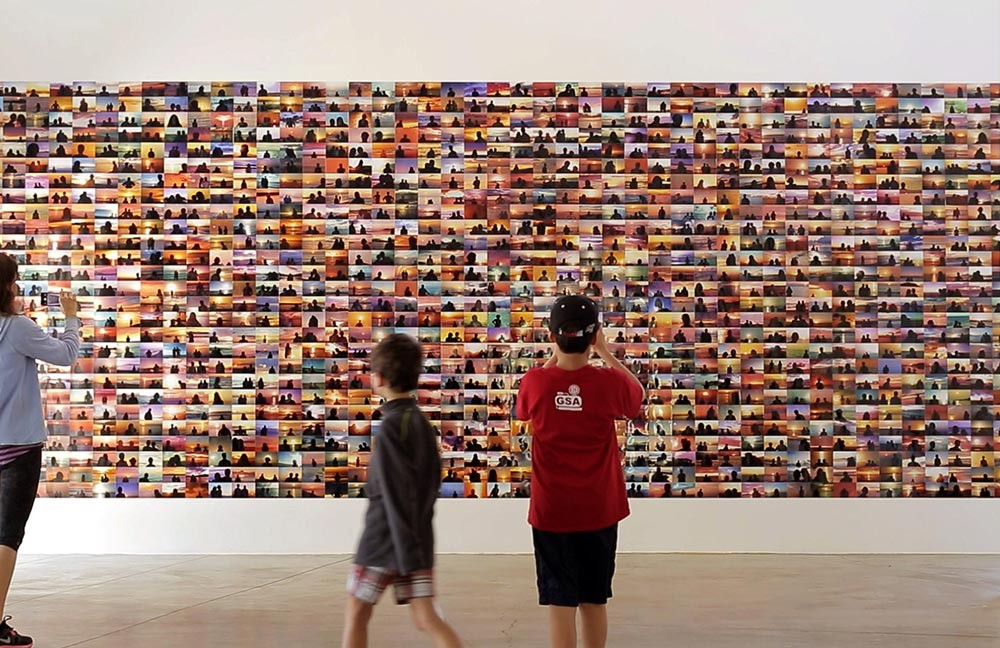
Installation view at Orange County Museum of Art, CA

Installation view at Sextant et plus, FOMO, Marseille, France

GUSTAV REJLANDER: The Two Ways of Life was one of the most ambitious and controversial photographs of the nineteenth century. The picture is an elaborate allegory of the choice between vice and virtue, represented by a bearded sage leading two young men from the countryside onto the stage of life. The rebellious youth at left rushes eagerly toward the dissolute pleasures of lust, gambling, and idleness; his wiser counterpart chooses the righteous path of religion, marriage, and good works. Because it would have been impossible to capture a scene of such extravagant complexity in a single exposure, Rejlander photographed each model and background section separately, yielding more than thirty negatives, which he meticulously combined into a single large print.
Oscar Gustav Rejlander is best known for his work “Two Ways of Life,” a masterpiece for which he used over 32 different negatives. It took him around six weeks to create it and over 3 days to produce a final print. Rejlander pioneered the painstaking technique of combination printing—combining several different negatives to create a single final image. In 1857 he used this technique to produce his best-known photograph, an allegorical tableau entitled The Two Ways of Life, created using over 30 separate negatives
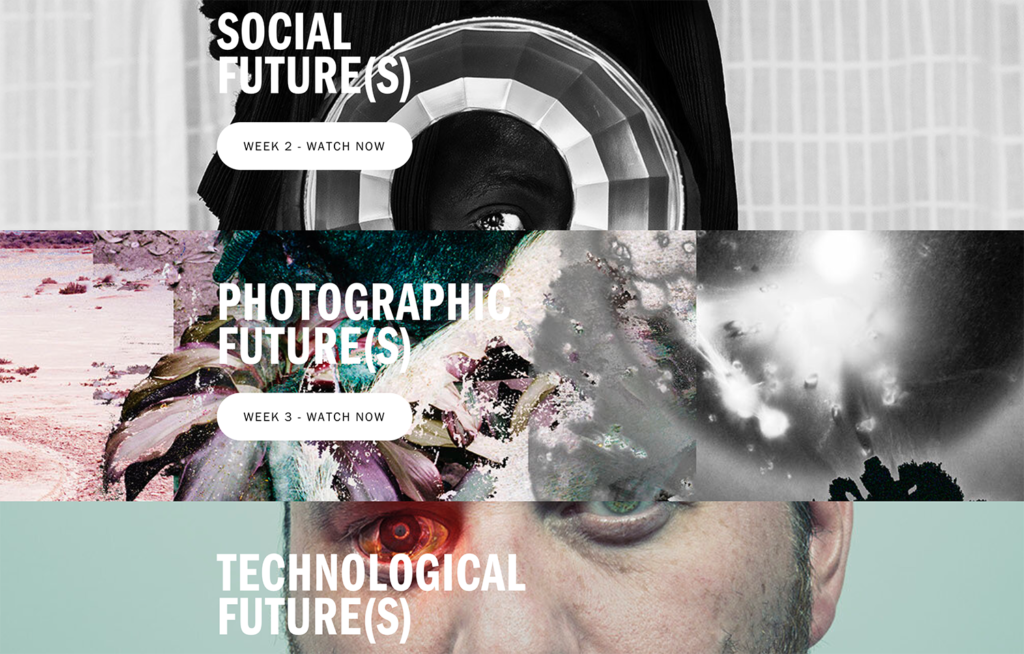
BELFAST EXPOSED: Future(s) Taking “Future(s)” as its theme, this years festival tackles issues as diverse as climate change, migration, the advancement of technology, government surveillance and the power of protest, to explore how the future is shaped by our actions in the present. Rather than presenting a singular vision of what this future might be or look like, the festival instead offers up a speculative, imaginative glimpse into the myriad possibilities of what might lie ahead.
The festival is divided into 4 different ‘futures’ – you may want to use them as a theme or find inspiration from one of the many artists selected to exhibit work in response to the theme of FUTURES
ENVIROMENTAL FUTURES
SOCIAL FUTURES
PHOTOGRAPHIC FUTURES
TECHNOLOGICAL FUTURES
Many of the exhibitions and events in this year’s festival are underpinned by the particular urgency of rethinking our future in light of events of the past year, which have not only altered the course of humanity, but have also deepened and illuminated stark inequalities in society at large.
In our era of pandemics, global migration, political upheaval and technological connection—when perhaps the future has never felt so unclear—the 2021 Belfast Photo Festival offers up a refreshing and provocative programme of exhibitions and events that urge us all to question: What kind of world do we want to collectively create?
Week 4: 27 Sept – 3 Oct
Experimenting & Developing
Embroidery Workshop with Yulia Makeyeva
complete the following blogposts
CONTEXTUAL STUDY 2: Conduct an in-depth study of either Bayeux Tapestry or Occupation Tapestry in Jersey.
ARTIST REFERENCE 2: In addition select an example of work from contemporary artists working with textiles, fabrics and tapestries to construct new narratives around notions of identity and community. See resources below.
EXPERIMENT 1: Embroidery & Narrative
Workshop led by Yulia Makeyeva using a combination of materials to work with such as your images, People Make Jersey exhibition panels and fabrics, textiles, beads, ribbons etc. The aim of this workshops is to combine traditional methods of making art (analogue), such as embroidery and stitching with digital media like photography to create a short stop animation movie as a GIF.
METHOD & PROCESS: Make sure you record an image using your camera or iPhone of every step when manipulating your material, ie cutting our figures, shapes, words and re-stitch to create new connections, relations or narratives. The digital images recorded will be re-assembled as a GIF on a timeline using Adobe Photoshop.
BLOG: Produce a blog post that charts your experimentation of embroidery and narrative using images and annotation to explain creative processes used and method of working. Include an evaluation of your GIF and consider how you could develop and refine this into a short movie.
How to make a GIF in Photoshop
1. Create layer for each image
2. Window > timeline
3. Select > Create Frame Animation
4. Drop Menu > Make frames from Layers
5. Timeline > select Forever
6. File > Export > Save for Web Legacy > reduce image size to 720 x 720 pixels
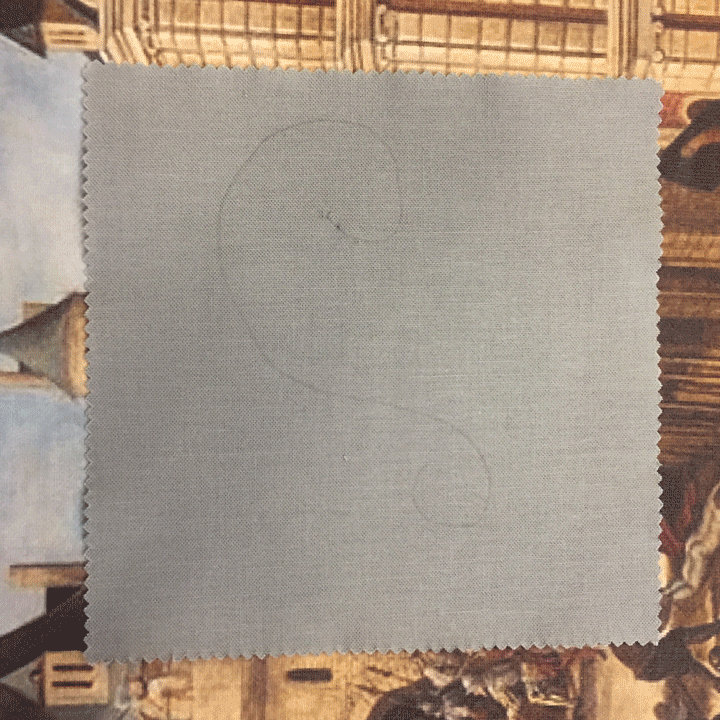
INSPIRATIONS – embroidery, tapestries, textile artists, comic strips, video installation

BAYEUX TAPESTRY: The Bayeux Tapestry tells the story of the events surrounding the conquest of England in 1066 by the Duke of Normandy. Crossing the sea in longships, long cavalcades on horseback, shields and coats of mail, fantastic creatures and battlefields: all the details of a great medieval epic unfold before your eyes! READ MORE HERE
The Channel Islands became part of the Anglo-Norman realm when William the Conqueror defeated King Harold and won the English crown at the Battle of Hastings in 1066. Jerseymen, or at least close relatives, serving under their Normandy lords, were said to be present at this historical battle. Just who was and was not at Hastings has been the subject of argument for centuries, but Onfroi, Mauger and Roger de Carteret, the sons of Godefroi de Carteret, are believed to have fought in the battle. It is likely that Onfroi’s son Renaud was the first de Carteret to become established in Jersey, and was thus the founder of the dynasty which ruled Jersey for such long periods over the centuries.
Read more here about new secrets and research uncovered by a Jersey lawyer in regards to the Bayeux Tapestry and an article by local historian Doug Ford about Jersey’s fraught relationship with France and how the island became linked with the English Crown as a result of the Battle of Hastings in 1066.
Political Caricatures
Look at these drawings – a series of seven political caricatures based on a sequence from the Bayeux Tapestry, lampooning Jersey politicians and Leo Trotsky (no 4). by Jersey artist Major Norman V. L. Rybot.
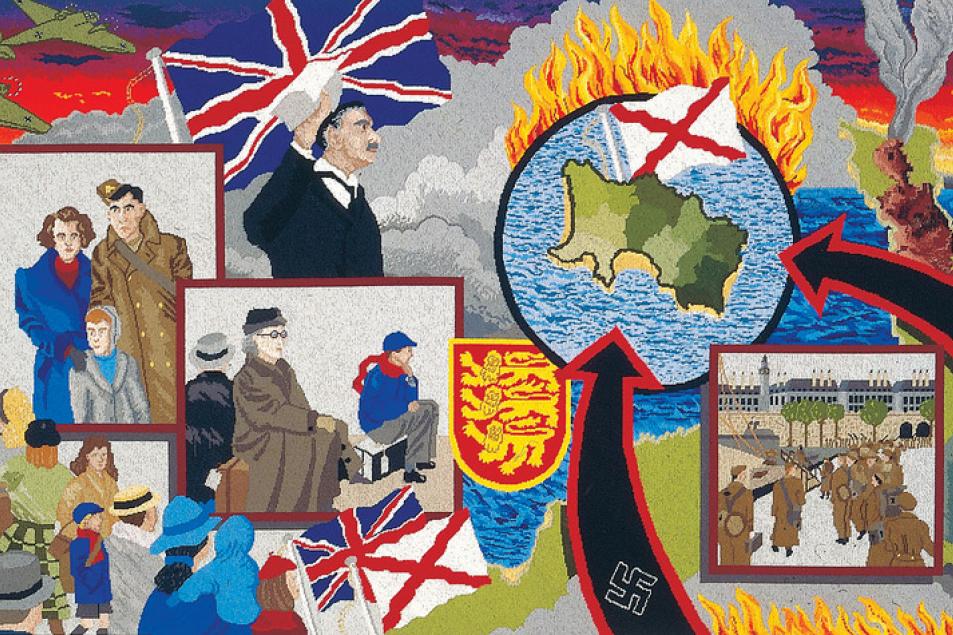
The OCCUPATION TAPESTRY was unveiled in 1995 and has since helped Islanders and visitors to better understand something of this difficult period of Jersey’s history. The award-winning Occupation Tapestry was woven by Islanders to celebrate the 50th Anniversary of the liberation from five years of occupation by the German armed forces during the Second World War. The 13 richly colourful panels of the tapestry, which is housed within the Maritime Museum, depict life and hardship under military rule and were created from the memories and stories of Islanders who experienced it first-hand.
In 2015, to mark the 70th Anniversary of the Liberation, Jersey Heritage asked Wayne Audrain to design a new 13th panel to capture both the celebration at the heart of Liberation Day, and how Jersey people continue to remember acts of heroism and commemorate the victims of Nazism.
Community spirit runs through the Occupation Tapestry, in what it represents and how it was created. Each of the original 12 panels was created in a different Jersey parish and the 13th panel toured all 12 parishes, offering every Islander the opportunity to sew a stitch.
LISA REIHANA: In Pursuit of Venus [infected] The panoramic video by Lisa Reihana, is a moving image interpretation of the French scenic wallpaper Les Sauvages de la Mer Pacifique.
In Neoclassical France, entrepreneur Joseph Dufour used the latest printing innovations to produce Les Sauvages de la Mer Pacifique (1804), a sophisticated twenty panel scenic wallpaper. Mirroring a widespread fascination with the Pacific voyages undertaken by Captain Cook, de Bougainville and de la Perouse, the wallpaper’s exotic themes referenced popular illustrations of that time. Two hundred years later, Maori artist Lisa Reihana employs twenty-first century digital technologies to animate Les Sauvages de la Mer Pacifique. Enlivened with the sights and sounds of dance and cultural ceremonies, a vast video panorama is populated by a myriad of people drawn from across New Zealand and the Pacific.
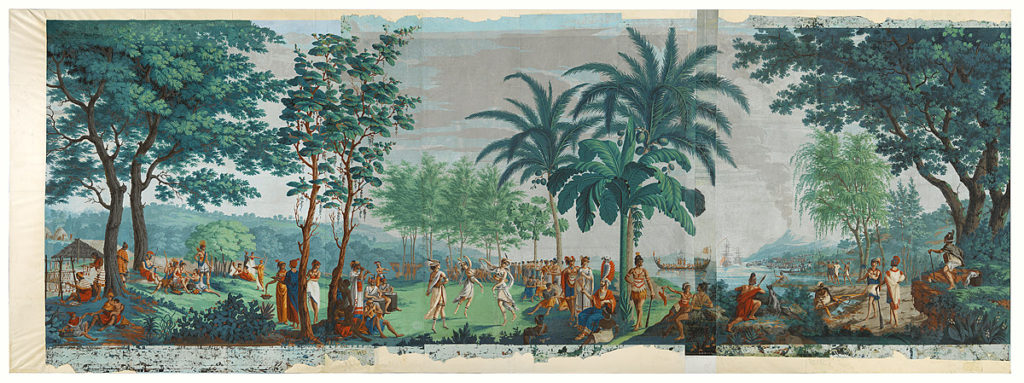
Separated by two centuries, both the wallpaper and video are set against an utopian Tahitian landscape. While Dufour’s work models Enlightenment beliefs and ideas of harmony amongst mankind, Reihana’s reading of the past is darker and more nuanced. The artist foregrounds the complexities of cultural identity and colonisation by including scenes of encounter between Europeans and Polynesians.
in Pursuit of Venus is a major video project that has been in development for several years. It reflects the wallpapers utopian ideals, is eight minutes long and presented on two-screens. in Pursuit of Venus has been exhibited in historic homes, art galleries and museums – repurposing each presentation offers new insights and unique presentation opportunities.
This epic piece of living, moving, animated wallpaper eventually led to her representing New Zealand at last year’s Venice Biennale, where it was described as the best exhibit by critics including those from the Spectator and the Sunday Times.
Read article HERE in the Guardian and watch Lisa discuss the making of her film.
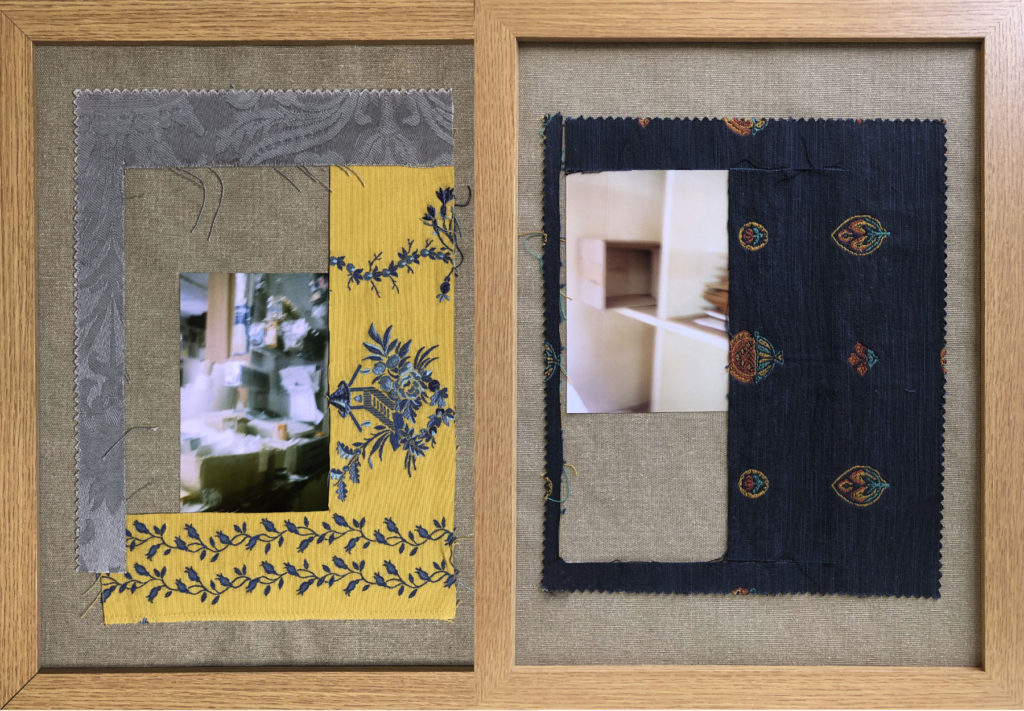
YULIA MAKEYEVA is an emerging multidisciplinary artist. She grew up in Russia and is now based in Jersey, Channel Islands. With a Linguistics degree, an education in Art History, silversmithing and jewellery making background, she turned her full attention to art in 2019. Yulia has always used photography as a means of observing textures, patterns and shapes from everyday objects, constructing unique, sometimes unexpected images. EXPLORE HER WORK HERE
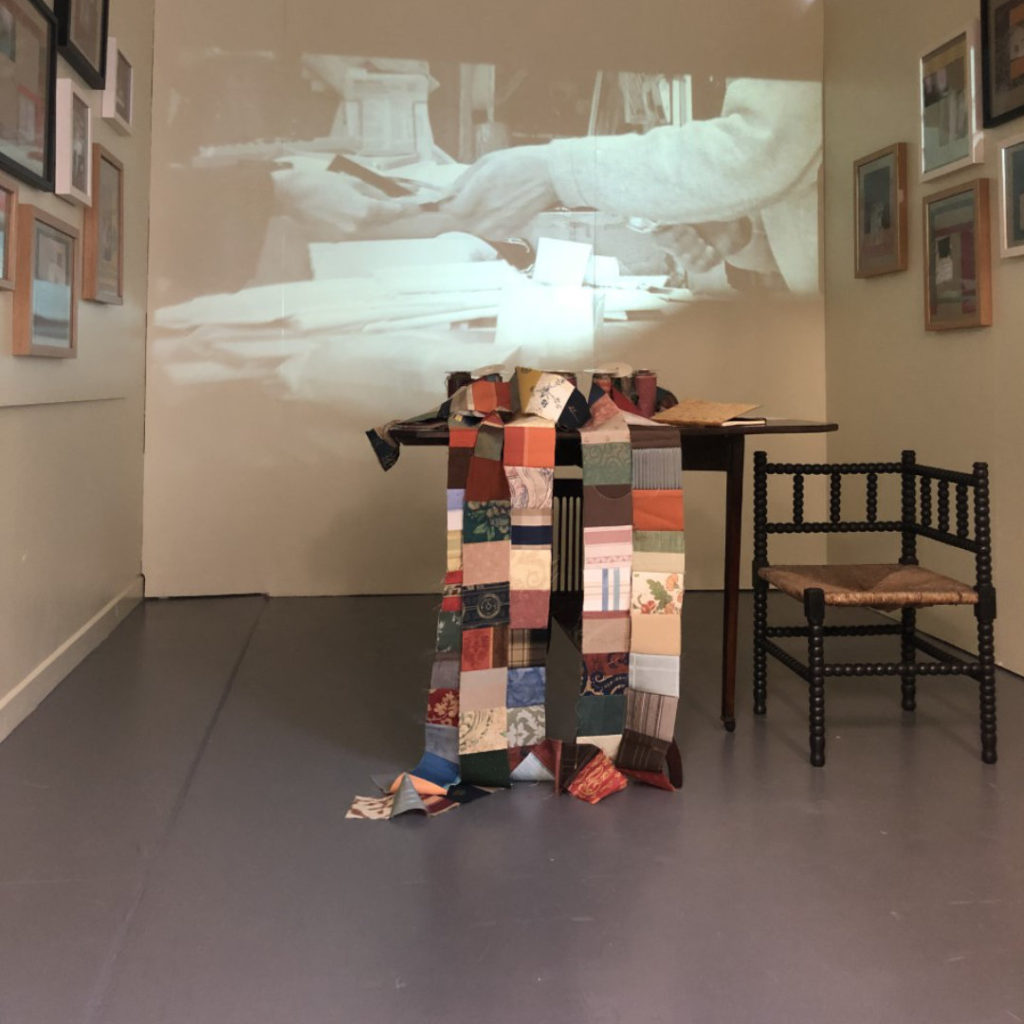
The installation Fleeting is an exploration of human memory and the memory of materials. The turning point of my research was the closure of a long-standing family business, a 176-year-old fabric shop. LEARN MORE HERE.
Yulia is also the founder of Connect With Art an online network that provides a platform for artists and art lovers to connect, interact, meet and discover. It also includes an Exhibition space in St Helier where the work produced by students will be exhibited as part of 2 Lives NFT Art Project.
TAPESTRIES: Learn how tapestries were made in the time of Louis XIV and are still made today. Explore the process of tapestry weaving at the Gobelins Manufactory in Paris, where historical techniques dating to the time of Louis XIV are used to make contemporary works of art.
READ HERE for an overview of contemporary tapestry by Linda Rees.
Before the advent of Facebook and Twitter, Pinterest and Instagram, television, or the daily paper, looking at tapestries was one way to learn about the news of the day, observe fashionable trends in clothing and interior design, and perhaps even make a political statement. READ MORE HERE

GRAYSON PERRY: The Vanity of Small Differences
In The Vanity of Small Differences Grayson Perry explores his fascination with taste and the visual story it tells of our interior lives in a series of six tapestries at Victoria Miro and three programmes, All in the Best Possible Taste with Grayson Perry, for Channel 4. The artist goes on a safari amongst the taste tribes of Britain, to gather inspiration for his artworks, literally weaving the characters he meets into a narrative partly inspired by Hogarth’s A Rake’s Progress.
Grayson Perry comments: “The tapestries tell the story of class mobility, for I think nothing has as strong an influence on our aesthetic taste as the social class in which we grow up. I am interested in the politics of consumerism and the history of popular design but for this project I focus on the emotional investment we make in the things we choose to live with, wear, eat, read or drive. Class and taste run deep in our character – we care. This emotional charge is what draws me to a subject”.
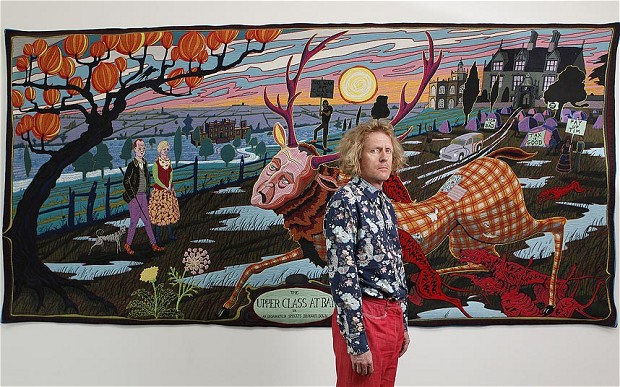
Grayson Perry – All In The Best Possible Taste — Middle Class Taste [2012] – CLICK HERE TO WATCH

BILLIE ZANGEWA: Weaving the personal and political in hand stitched silk collages. Johannesburg-based Billie Zangewa, whose work is currently on show at Lehmann Maupin in New York, talks about her collages of domestic life, which advocate for self-preservation and the demystification of black women. READ MORE HERE


In My Solitude, 2018 
Heart of the Home, 2020 
An Angel at My Bedside, 2020
Artist Billie Zangewa welcomes us at her home in Johannesburg, South Africa. As we tour the city, we learn about what inspires and influences her work. From the love for her son, to her experience of silk as a ‘transformative material’ – her focus is largely rooted in the home and plays into what she describes as ‘daily feminism.’

Ai Weiwei
Odyssey in Quilting, 2019
Idris Khan
Numbers – A Hand-Sewn Photograph, 2019
Cornelia Parker
Bitter/Sweet (Verso), 2019
Contemporary artists and prisoners collaborate on unique artworks: Ai Weiwei | Idris Khan | Carolina Mazzolari
Annie Morris | Cornelia Parker | Bob and Roberta Smith
Wolfgang Tillmans | Francis Upritchard.
All proceeds from the sale of the works go directly to FINE CELL WORK. Fine Cell Work is a charity which makes beautiful handmade products in British prisons. Teaching prisoners high-quality needlework boosts their self-worth, instils self-discipline, fosters hope and encourages them to lead independent, crime-free lives.
COMIC STRIP is a sequence of drawings, often cartoon, arranged in interrelated panels to display brief humor or form a narrative, often serialized, with text in balloons and captions. Traditionally, throughout the 20th and into the 21st century, these have been published in newspapers and magazines, with daily horizontal strips printed in black-and-white in newspapers, while Sunday papers offered longer sequences in special color comics sections. With the advent of the internet, online comic strips began to appear as webcomics.



Comic Book Art – From a Cultural Phenomenon to Collectable Art. Here is a good article with a historical overview of comic strips and many good examples.
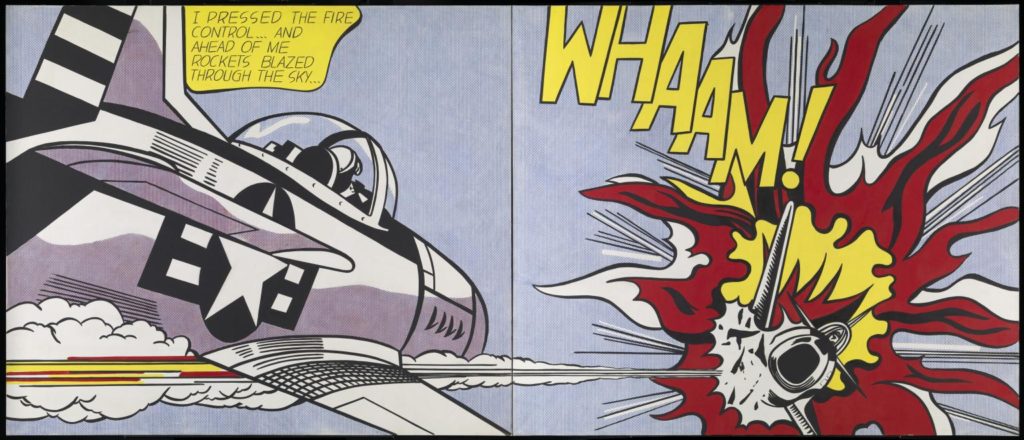
Comic Strip as Art: In the 1960s a group of pop artists began to imitate the commercial printing techniques and subject matter of comic strips. The American painter Roy Lichtenstein became notorious for creating paintings inspired by Marvel comic strips and incorporating and enlarging the Ben-Day dots used in newspaper printing, surrounding these with black outlines similar to those used to conceal imperfections in cheap newsprint.
At the same time Andy Warhol was also using images from popular culture, including comic strips and advertising, which he repeatedly reproduced, row after row, on a single canvas until the image became blurred and faded.
The German painter Sigmar Polke also manipulated the Ben-Day dot, although, unlike the slick graphic designs of Lichtenstein, Polke’s dots were splodges that looked like rogue accidents in the printing room.
In a similar vein, Raymond Pettibon undermined the innocent spirit of the comic strip with his ink-splattered drawings and sardonic commentary.
READ article here Raymond Pettibon: punk with a pencil
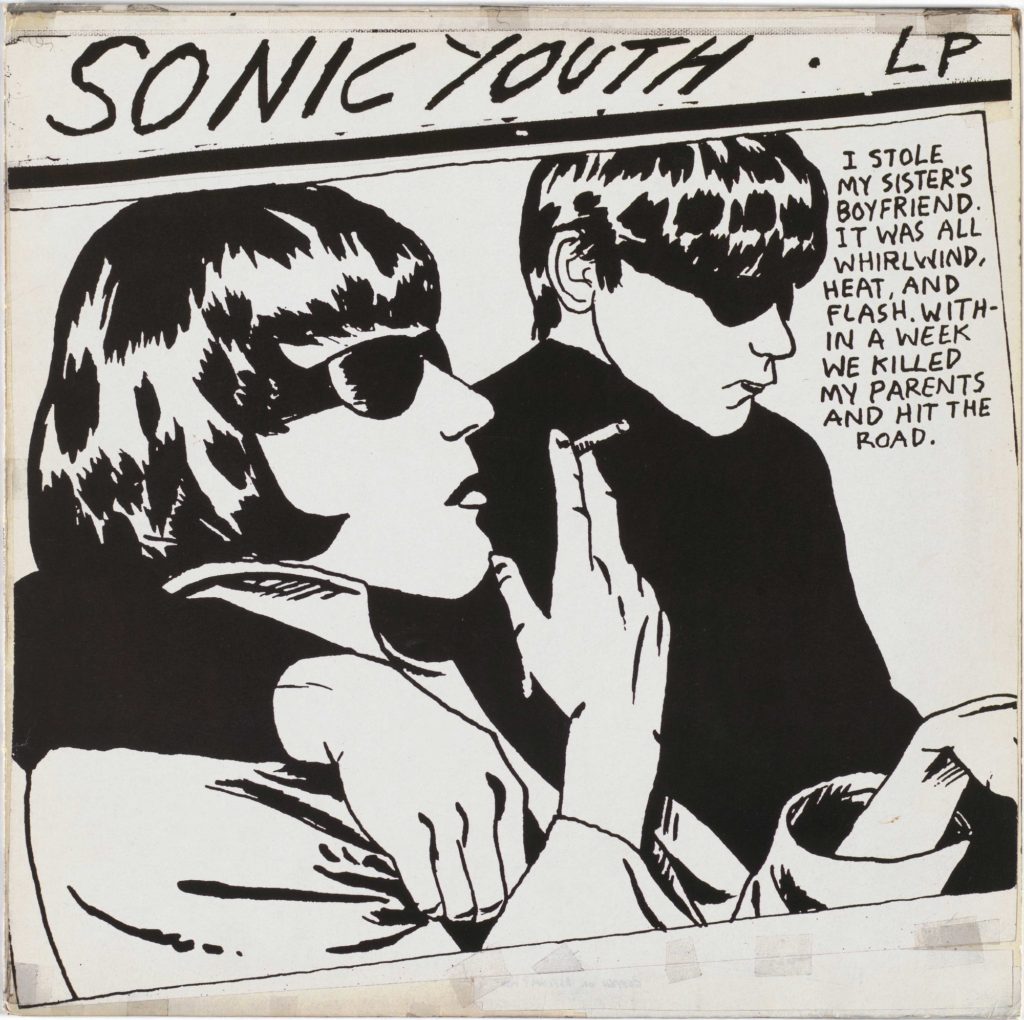
Narrative in photography is often best expressed with ‘image on a page’ as seen in photo-essays in photojournalism or visual stories in photobooks where a narrative is constructed through careful editing, sequencing and design.

Photo-essay: Country Doctor, by W. Eugene Smith, LIFE Magazine 1948
Dealing with the grief that the photographer suffered following the death of her mother, Where Mimosa Bloom by Rita Puig Serra Costatakes the form of an extended farewell letter; with photography skillfully used to present a visual eulogy or panegyric. This grief memoir about the loss of her mother is part meditative photo essay, part family biography and part personal message to her mother. These elements combine to form a fascinating and intriguing discourse on love, loss and sorrow.
To learn more about Narrative and Photography study this blog post:
Week 5: 4 – 10 Oct
Experimenting & Developing
Animation Workshop with Liam Nunn
complete the following blogposts
STORYBOARD: Develop ideas into a storyboard that provides you with a clear plan ahead of how you wish to make your 30 sec animated film, including details of individual scenes, shot sizes and mise-en-scene (the arrangement of the scenery in front of the camera) from location, props, people, lighting, sound etc.
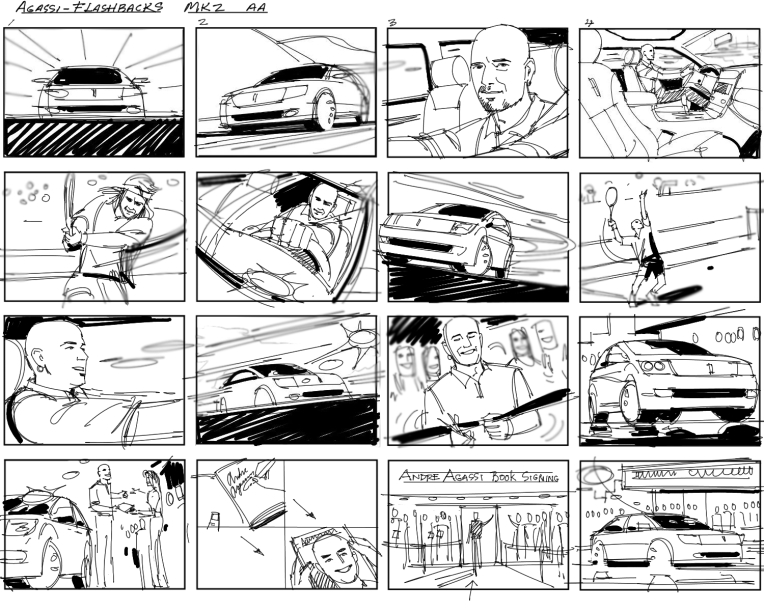
What is a Storyboard?
A storyboard is a collection of images that tell a story. Basically it is a sketch of the ideas a person is trying to portray. It is another way of showing a game plan to an individual with interest on what is going on. The visual elements along with the captions allow for the story to be seen by the person reading it. Disney is to be credited with the creation of storyboards since 1920. Ever since then, it has been a great way to share information. READ MORE HERE about constructing a storyboard.
Here is an online tutorial on how to storyboard using Photoshop.
Download a storyboard template here
EXPERIMENT 2: Introduction to animation
Liam Nunn, an artist and professional animator will run a workshop on digital animation using software After Effect. Create a short animation of 5-10 seconds using processes learned and publish on the blog with an evaluation.
Here is a LINK to the presentation by Liam which includes an overview of his career, handy After Effects guide including instructions from the workshop.

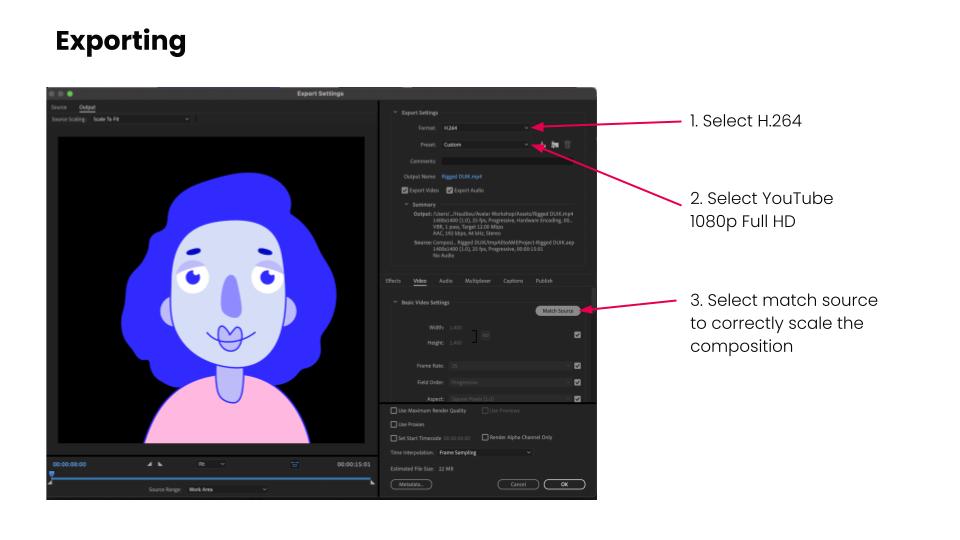
INSPIRATIONS – Animation
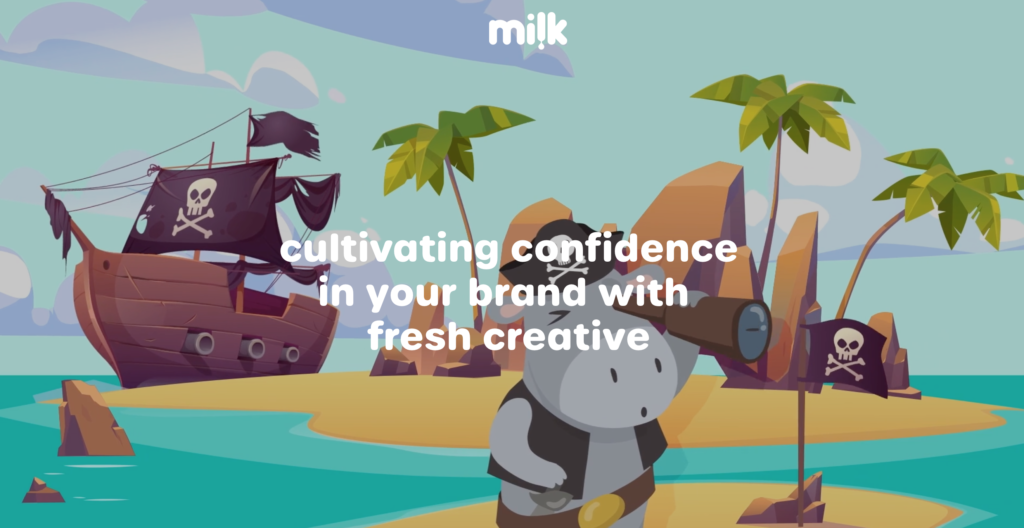
Liam Nunn has spent over a decade smashing the creative industry with precision, energy and finesse. Working with many brilliant people on oodles of ravishing campaigns – including multiple locally and nationally award-winning ones. A multi-disciplined media monster, Liam was once described by a colleague as “quite good but sometimes a bit bizarre.” Wait…
Fact #1 Liam once illustrated an award-winning dog poo.
Fact #2 Liam is a three-time professional wrestling tag team champion of the world and he probably owns more spandex than you do. Gosh!
Fact #3 Liam produced a whopping 52 weekly self-portraits over the course of a year just for larks. You can see them here.
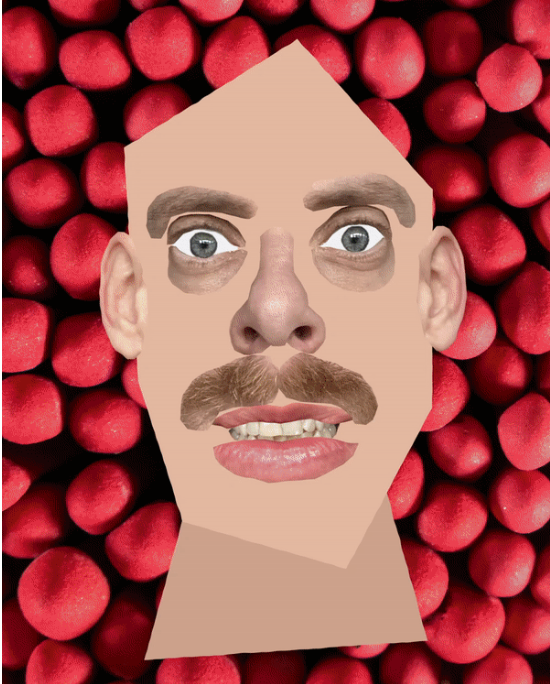

A simple way to create an animation is to transform one image from something visible to something abstract in small increments and record each stage of transformation on camera and re-assemble on a timeline as a movie. As an example see the recent photobook by Via Pia by Tiane Doan na Champassak (1973) a French visual artist. In the last 15 years, he has developed a complex body of work infusing his own photographic production with techniques of appropriation, variation, re-use and repetition. Champassak subjects materials from the internet, personal memorabilia, vernacular photography and magazine cuttings to a large variety of processes linked to the conceptual arsenal of postmodernism, challenging themes such as sexuality, gender identity and censorship. All his self-published books are released under the label Siam’s Guy Books.
Twenty years after the World Trade Center attacks, I looked into how the twin towers had been previously used in advertising as an emblem of New York City, and I came across an advertisement from 1979 for Pakistan International Airlines in Le Point magazine. It was striking to see how the shadow of a Boeing 747 projected on the towers had a totally different impact before 9/11. This publication starts with a photocopy of the PIA ad in Le Point and continues with a photocopy of the previous photocopy, until reaching the total destruction of the image halfway through the book. From there on, we assist at a gradual and inverted revival of the advertising, in a subtle reenactment of the iconic towers.
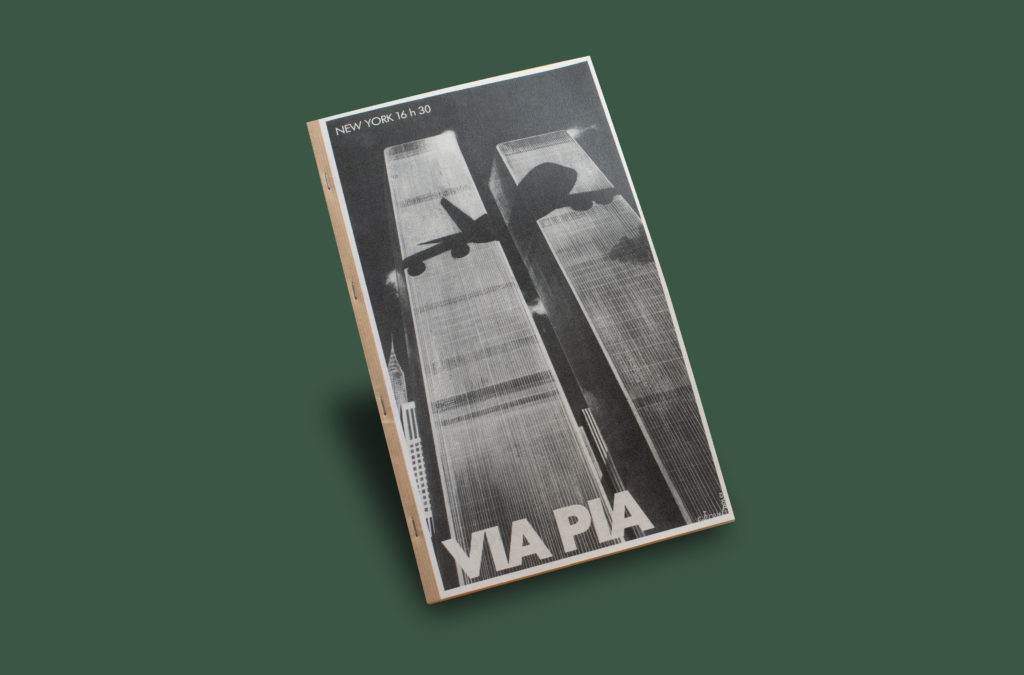
Week 6 – 7: 11 – 22 Oct
Animation and Film Editing
Workshop with Liam Nunn
complete the following blogposts
1. RECORDING: Plan and complete principal shoot following your storyboard. Make sure you take a few images behind the scenes of the production and are using the right equipment; camera, sound recorder, tripod etc. Once shooting is completed follow these instructions:
- Save recorded material (images/ video) in folder on local V:Data Drive
- Process footage and/or images using either Premier or Photoshop
- Review and evaluate your shoots as they develop
- Identity weaknesses and strength
- Plan and re-visit for a new shoot that adds value to what you already have.
You have to ask yourself:
Am I satisfied that I have enough images/ material?
What are you going to do differently on next shoot?
How are you going to develop your ideas?
- Single image / sequence
- GIF
- Animation
- Film
- Combination (all of the above)
FILM INSPIRATIONS: See films produced by students last year as part of their LOVE & REBELLION project.
M:drive/ departments/ students/ image transfer/ Love & Rebellion/FILMS
2. EDITING:
Still-images: Edit and adjust using Lightroom and export as high-res jpgs ready for import into Adobe Premiere/ After Effects.
Moving-image & Sound: Introduction to Adobe Premiere
• Organisation: Create a new project in Premiere
• Begin editing still-images/ video/ audio clips on the timeline
• Adjust recordings in Colour / B&W appropriate to your intentions.
• Video: experimenting with editing and sequencing using relevant transitions and effects
• Sound: consider how audio can add depth to your film, such as ambient sound, sound fx, voice-over, interview, musical score etc. • Title and credits: Consider typography/ graphics/ styles etc. For more creative possibilities make title page in Photoshop (format: 1280 x 720 pixels) and import as a Psd file into your project folder on the V-Data drive.
Links to Royalty-free music:
Search YouTube Audio Library
MixKit – excellent site for music, ambient sounds, sounds FX etc
Epidemic Sound
Sound effects:
M:\Departments\Media\Students\Sound FX
3. BLOG > PROGRESS REPORT: Produce a blog with screen shots showing how your film is developing, commenting on editing and sequencing still-images, video and sound etc.
WED: Animation Workshop
Liam Nunn will return and provide more support for those of you who wish to learn more creative tools in After Effects when editing your animated film.
UNDERSTANDING FILM EDITING:
NARRATIVE, CINEMATOGRAPHY, SOUND, MISE-EN-SCENE, EDITING
As the academic year progresses we will continue to explore narrative in photography, literature and cinema. Here is a blog post that will provide you with an in-depth understanding of narrative and theories around visual storytelling. To learn more
Here is a link to a blog post about Film Editing including practical and theoretical examples of Narrative in Cinema and Film Language.
THEORY
For more details see Dr McKinlay’s blog on Narrative in Cinema and The Language of Moving Image which look more specifically at some of the recognised conventions and key terminology associated with moving image (film, TV, adverts, animations, installations and other moving image products) which will help to create your own moving image product. Remember the key is to know what the rules are before trying to break them.
The following recognised conventions should help students to deconstruct key moving image media texts and will also help students to create their own moving image products, working within or against these conventions. Remember the key is to know what the rules are before trying to break them.
As alluded to, when looking at moving image products, it is useful to make a link to NARRATIVE THEORY as most often the key ideas, codes and conventions that are put to use for moving image products, are usually put together to serve ideas around NARRATIVE. For example, character, theme, motivation, empathy, ideology and so on.
Here are a few things to consider when working with Moving Image. (These are extracts from Dr McKinlay’s blog posts above)
PROCESSES > TECHNIQUES > EFFECTS > INSPIRATIONS
The Kuleshov effect is a film editing (montage) effect demonstrated by Soviet filmmaker Lev Kuleshov in the 1910s and 1920s. It is a mental phenomenon by which viewers derive more meaning from the interaction of two sequential shots than from a single shot in isolation. Through this phenomenon we can suggest meaning and manipulate space, as well as time.
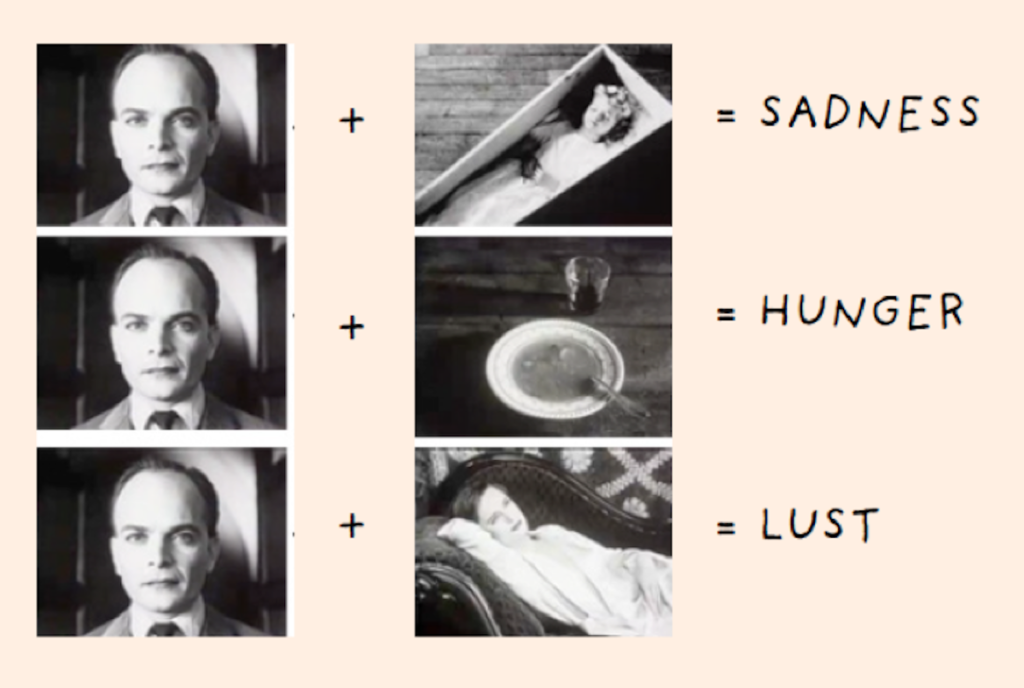
Chris Marker: La Jétte
Chris Marker, (1921-2012) was a French filmmaker, poet, novelist, photographer, editor and multi-media artist who has been challenging moviegoers, philosophers, and himself for years with his complex queries about time, memory, and the rapid advancement of life on this planet. Marker’s La Jetée is one of the most influential, radical science-fiction films ever made, a tale of time travel. What makes the film interesting for the purposes of this discussion, is that while in editing terms it uses the language of cinema to construct its narrative effect, it is composed entirely of still images showing images from the featureless dark of the underground caverns of future Paris, to the intensely detailed views across the ruined city, and the juxtaposition of destroyed buildings with the spire of the Eiffel Tower. You can read more here about the meaning of the film and it is available on Vimeo here in its entirety (29 mins)
Mark Cousins: Atomic, Living in Dread and Promise
A narrative can also be made constructed entirely of archive footage as in Atomic, Living in Dread and Promise, a film that shows impressionistic kaleidoscope of our nuclear times – protest marches, Cold War sabre-rattling, Chernobyl and Fukishima – but also the sublime beauty of the atomic world, and how x-rays and MRI scans have improved human lives. The nuclear age has been a nightmare, but dreamlike too. Made by director and film critic, Mark Cousins and featuring original music score by Mogwai, it was first broadcast on BBC4 as part of Storyville documentary. Your can read a Q&A with Cousins’ here where he discusses the making of the film.
Week 8 – 9: 1 – 12 Nov
Complete Animated Film and Digital Image
DEADLINE: 12 Nov
FILM: Once you have finished editing your film export from either Adobe Premiere or After Effects as an mp4 file and upload to Youtube account or use Microsoft Stream and embed on Blog. Follow these instructions:
- In Premier: Click on Sequence > Render IN/OUT
- File > Export > Media
- Export Settings: Format H.264
- Output Name: use title of your film and save to V:Data drive
- Click Export at bottom
- In After Effects:
- Select Format H.264
- Select YouTube 1080p Full HD
- Select match source to correctly scale the composition
- Using Microsoft Stream: Open up Office 365
- Go to All Apps and select Stream
- Create > Upload Video
- Browse to upload your exported film from V:Data drive
- Write a short description, choose thumbnail and publish
- My Content > Videos > embed film into Blog post with evaluation
- In Youtube: Set up an account at home (www.youtube.com)
- Click Create (top right corner) > Upload video
- Select file > your exported film from V:Data drive
- Write a short description and choose thumbnail
- Once uploaded, embed film into Blog post with evaluation.
Save final film as an mp4 file here:
M:\Departments\Photography\Students\Image Transfer\IDENTITY & COMMUNITY|NFT/ FILM
DIGITAL IMAGE: Using Photoshop produce an image based on your film in dimension A2 (420 x 594mm), 300 pixels per inch. Save final image here:
Save final image here:
M:\Departments\Photography\Students\Image Transfer\IDENTITY & COMMUNITY|NFT/ IMAGE
STATEMENT: Write a 100 words statement that describe the concept and meaning behind your film and digital image for the 2 Lives exhibition. You can use your statement of intent as a starting point. See example below. Save as the format displayed below.
Title: Online / Offline
The concept behind our NFT video is that two friends each have two separate lives; one offline and online. Our video shows how anything can happen on an online medium, but real connection and friendship occurs in real life. As technology develops relationships of all kinds are growing apart. An example of this occurred in the height of the Covid-19 pandemic lockdown. People only experienced contact with family members in the same household and the only way to speak to people outside was via an online medium. This effected the mental health of everyone and looking back on the first lockdown we can see how much we relied on technology to keep connected with family and friends.
Creators: Oliver Shiplee, Matthew Brown, Michael Kenealy and Reuben Jeanne
Save statement here:
M:\Departments\Photography\Students\Image Transfer\IDENTITY & COMMUNITY|NFT/ STATEMENT
EVALUATION
Write an evaluation (250-500 words) that reflects on you artistic intentions, film-editing process and collaborating as a group. Include screen-prints from Premiere and a few ‘behind the scenes’ images of the shooting/ production. Comment on the following:
- how successfully you fulfilled the project brief and realised your artistic intentions as set out in your statement of intent. Reflect on any changes, moderations or refinements.
- links and inspiration between your final outcome and theme of COMMUNITY, including artists references.
- analysis of final outcome, both film and digital image.
BLOG: Check all blogposts are completed to the best of your ability with quality analysis and evaluations, use if images and video to illustrate and hyperlinks to resources and contextual references. The work produced here will form the basis of your Autumn Assessment & Report. See Check list below.


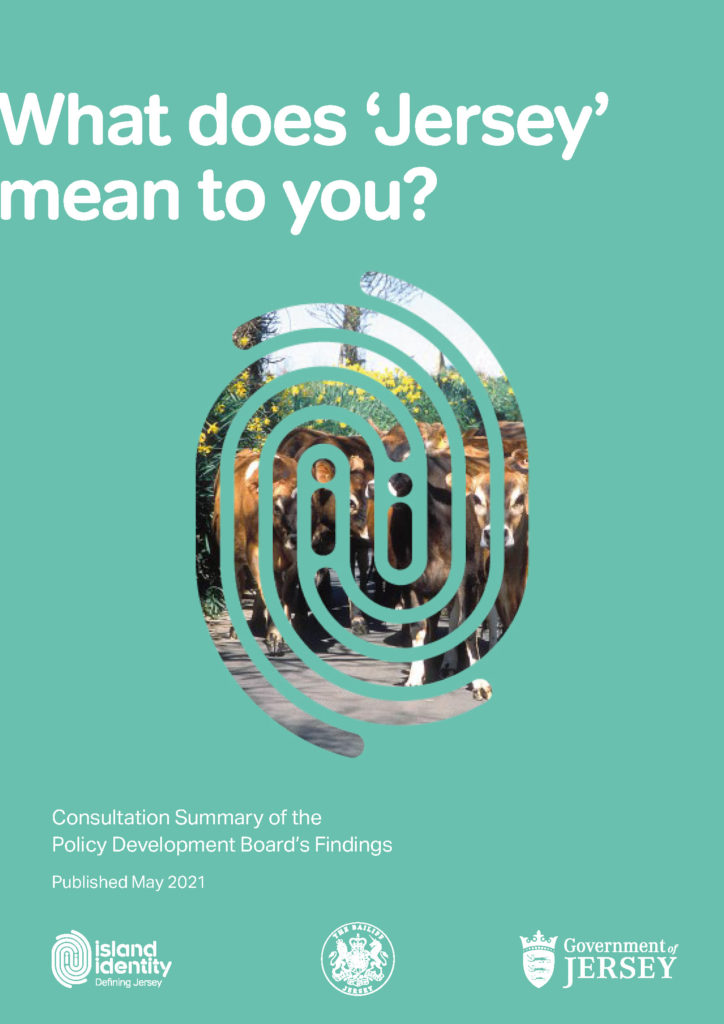




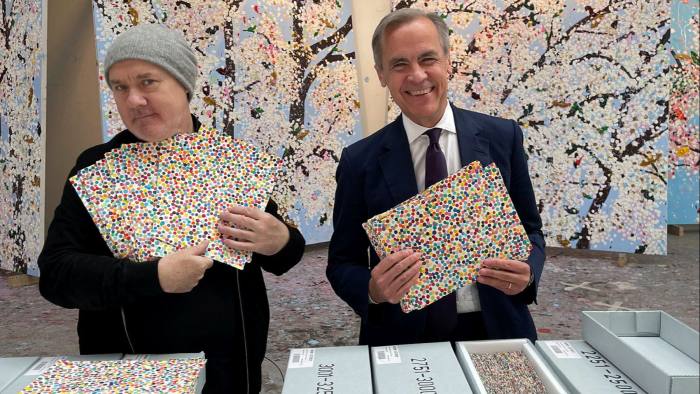



















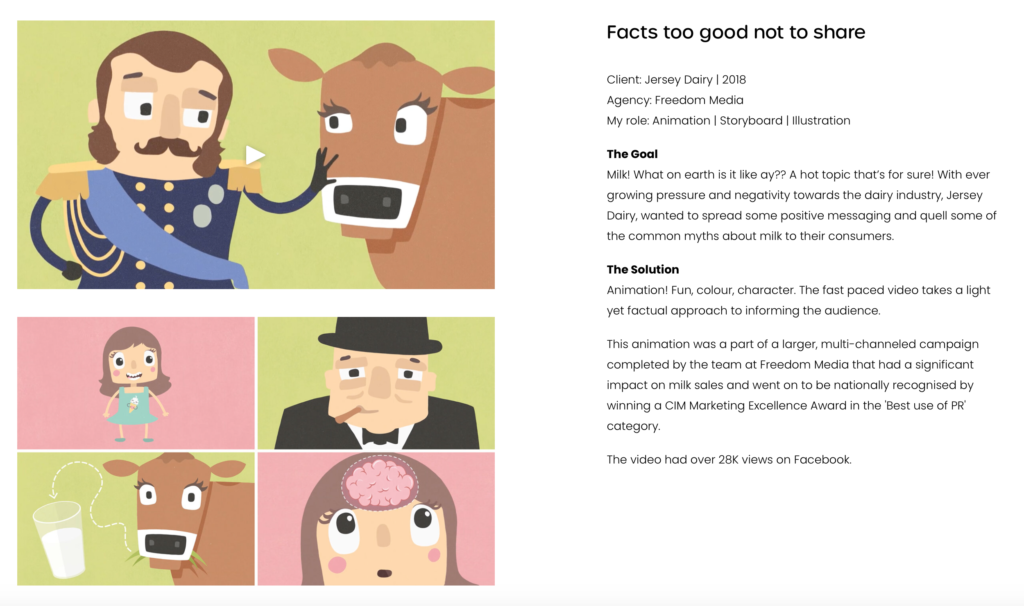


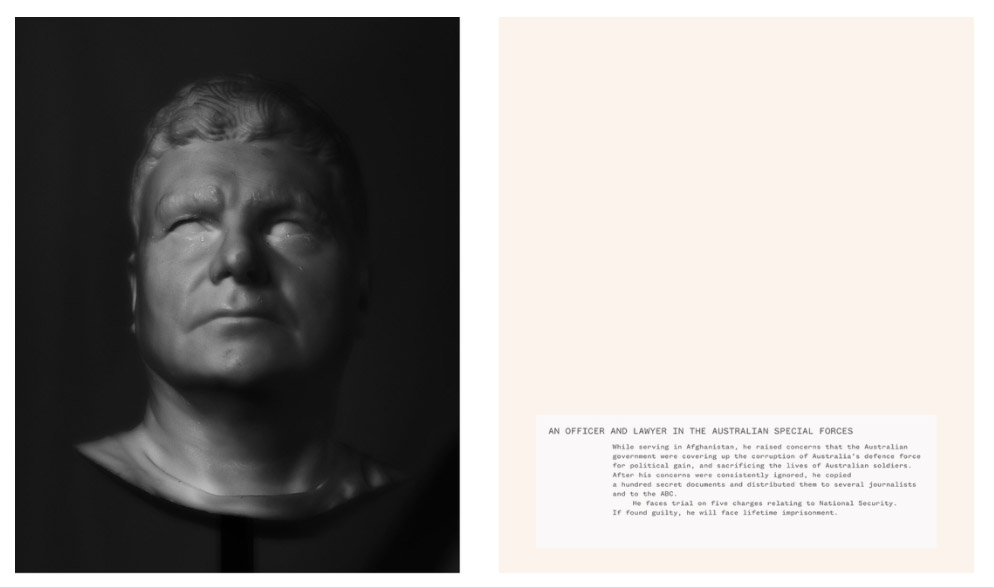

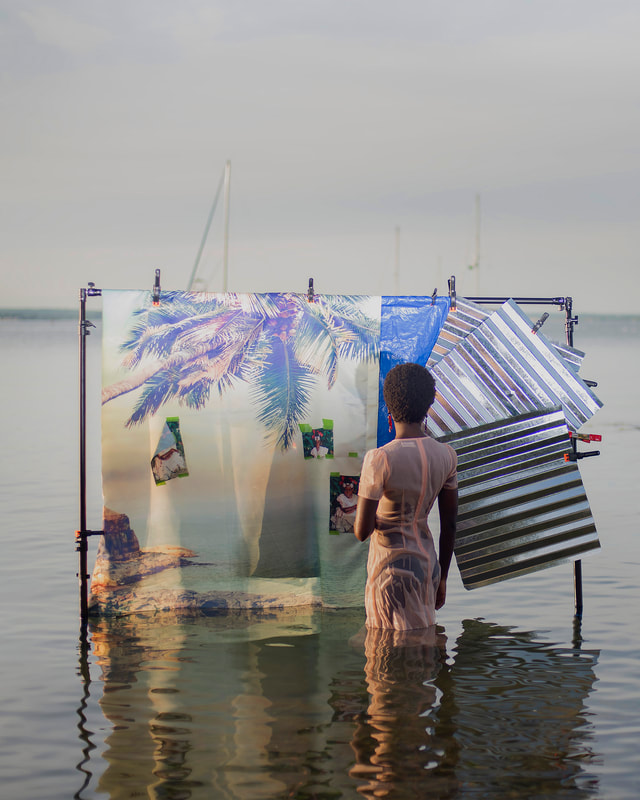

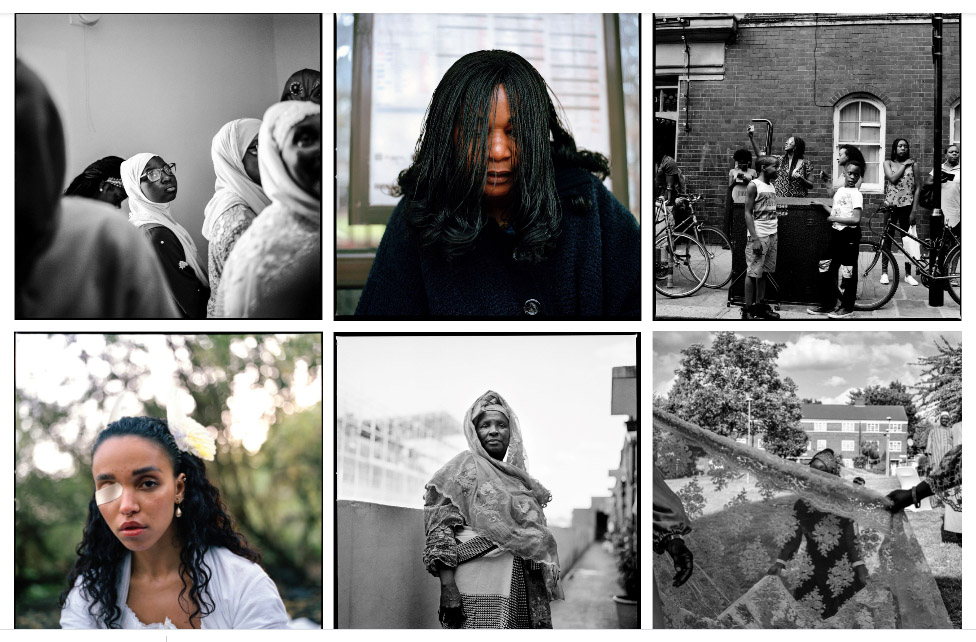


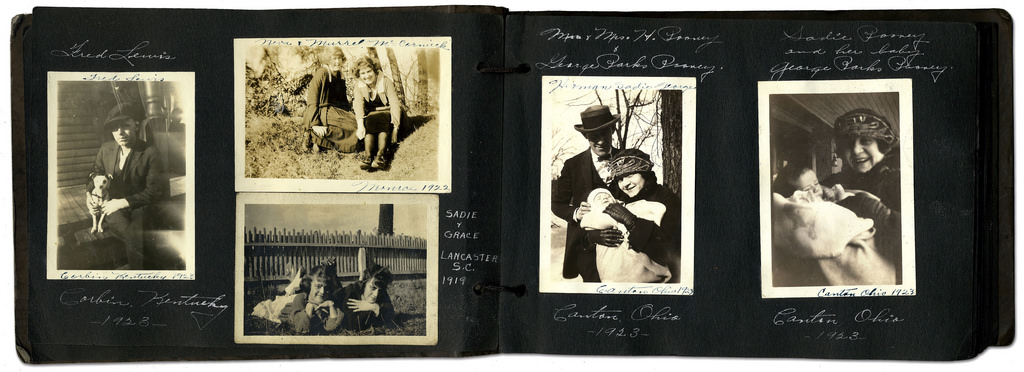

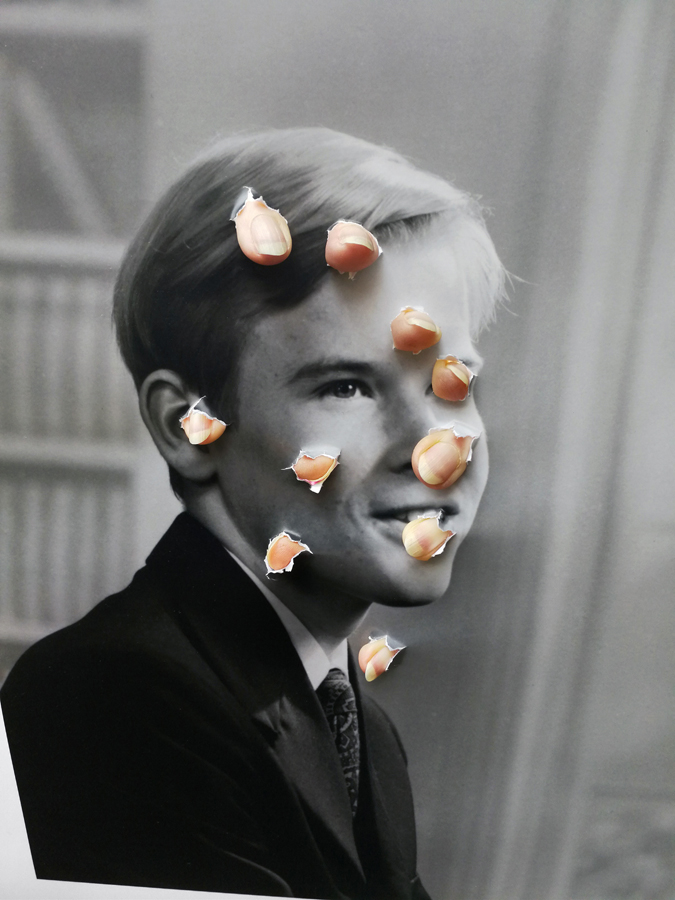
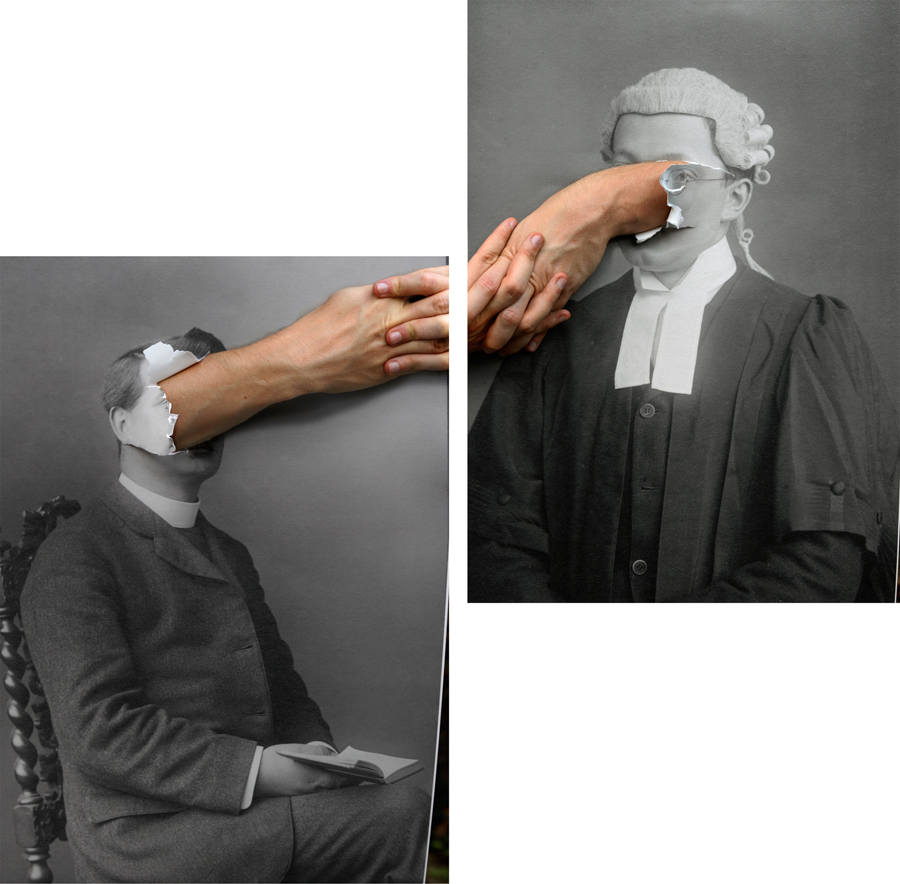




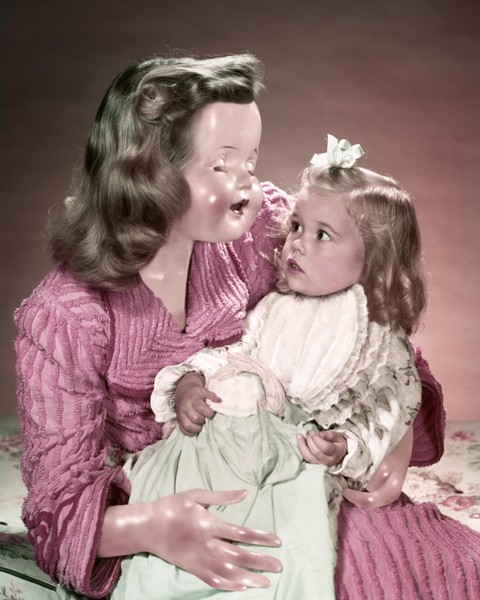

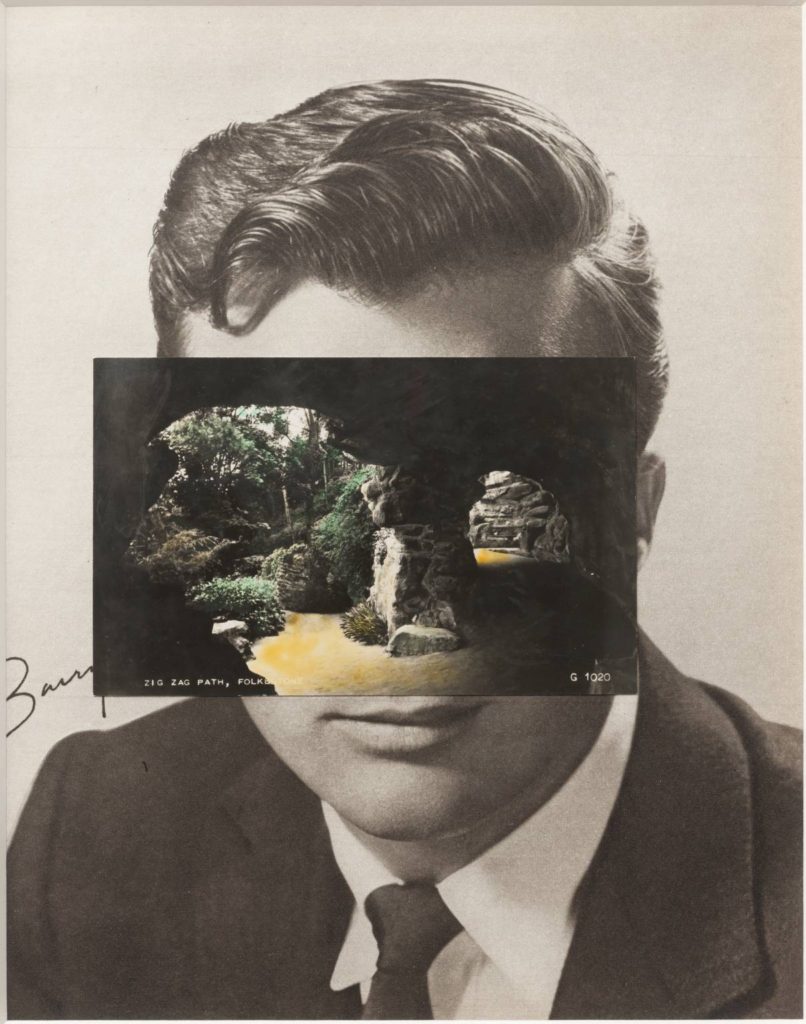
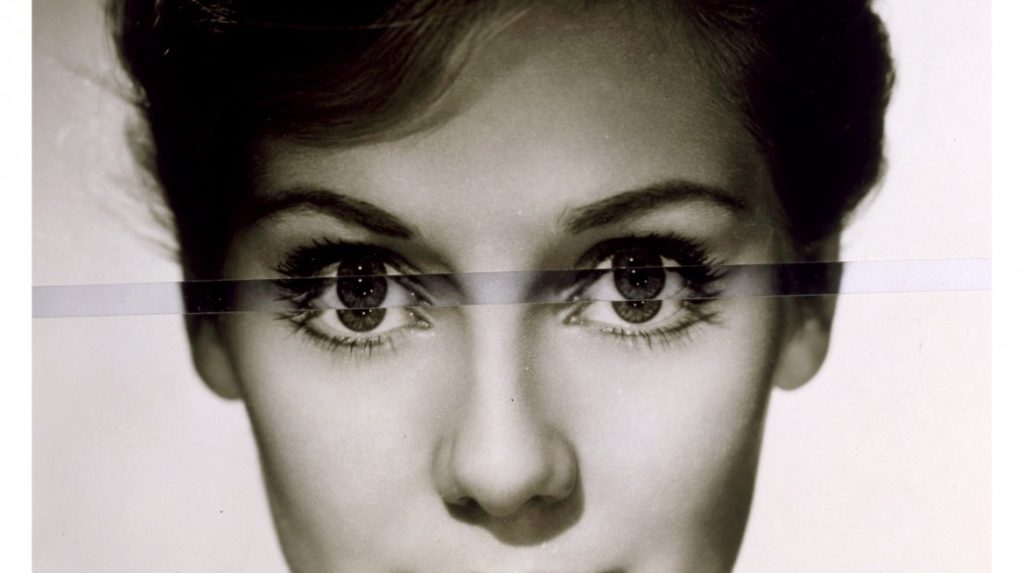

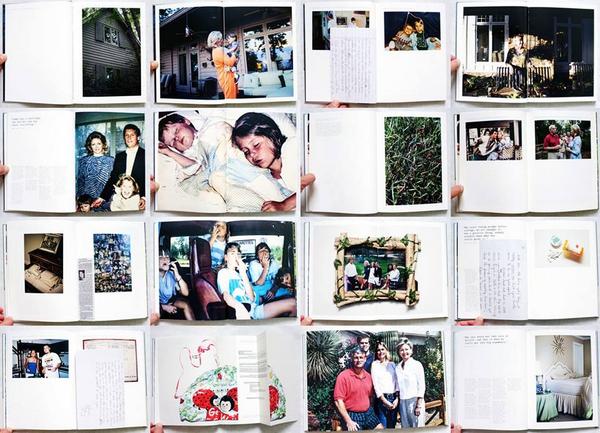

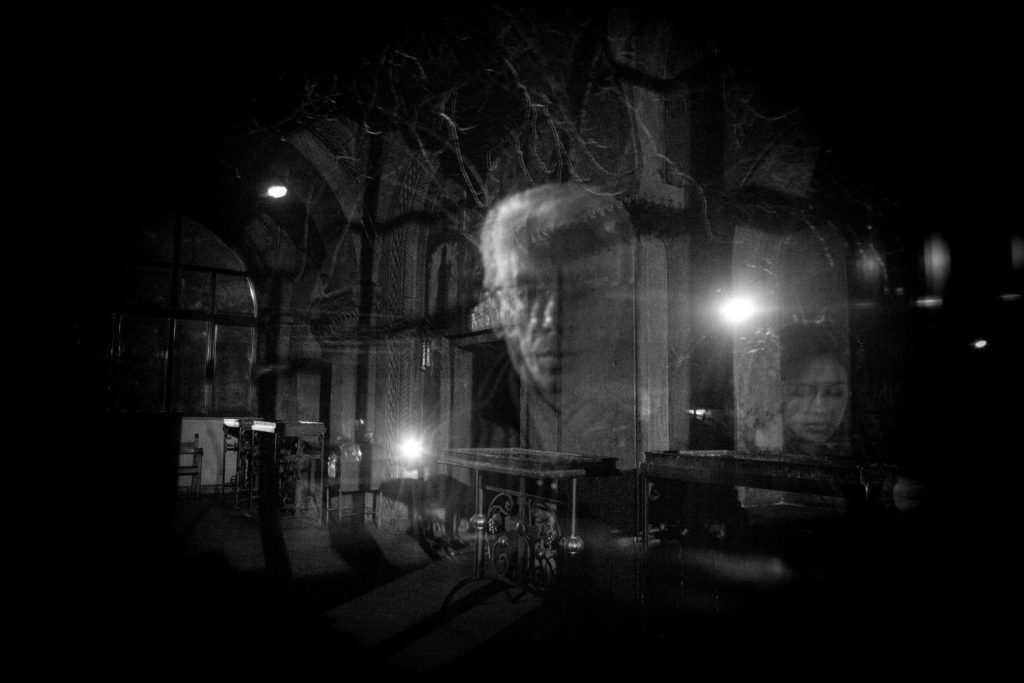

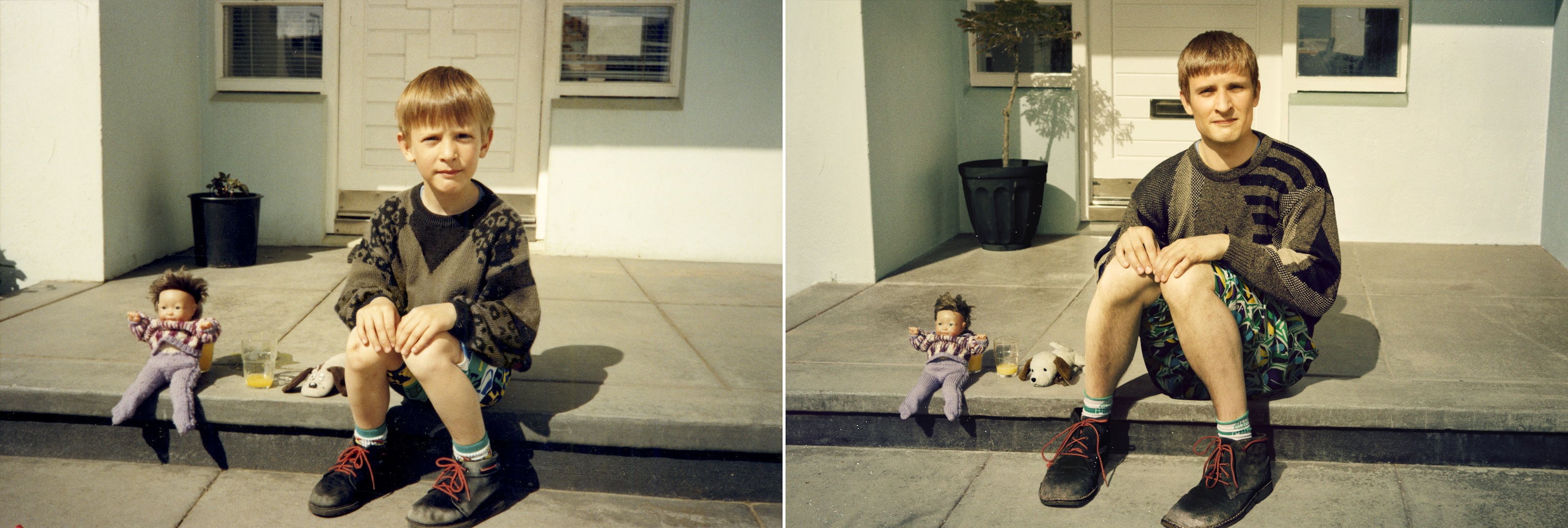
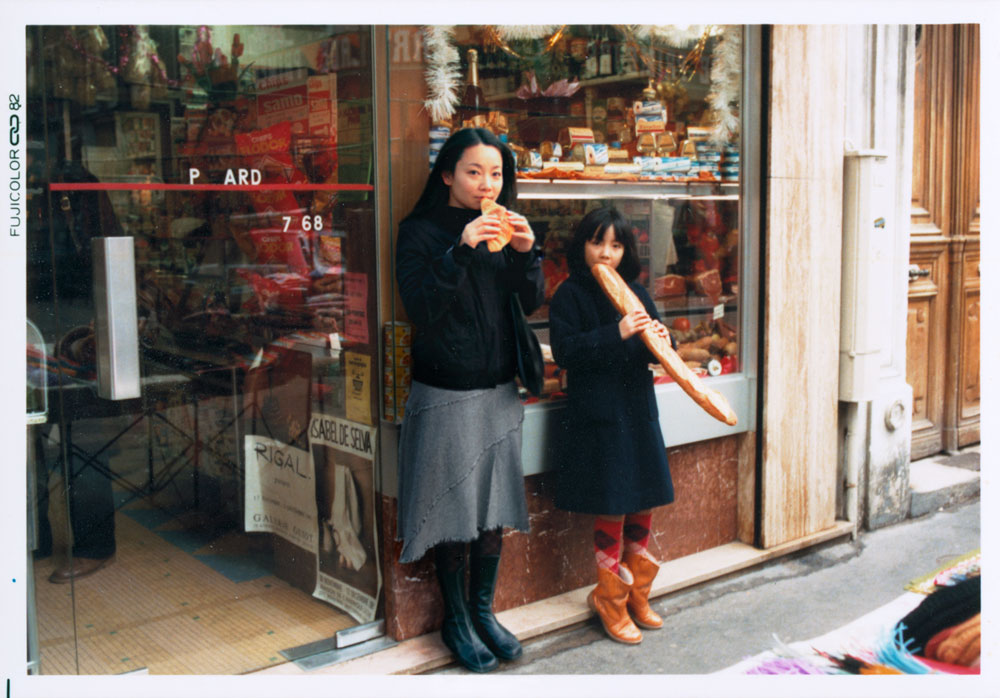




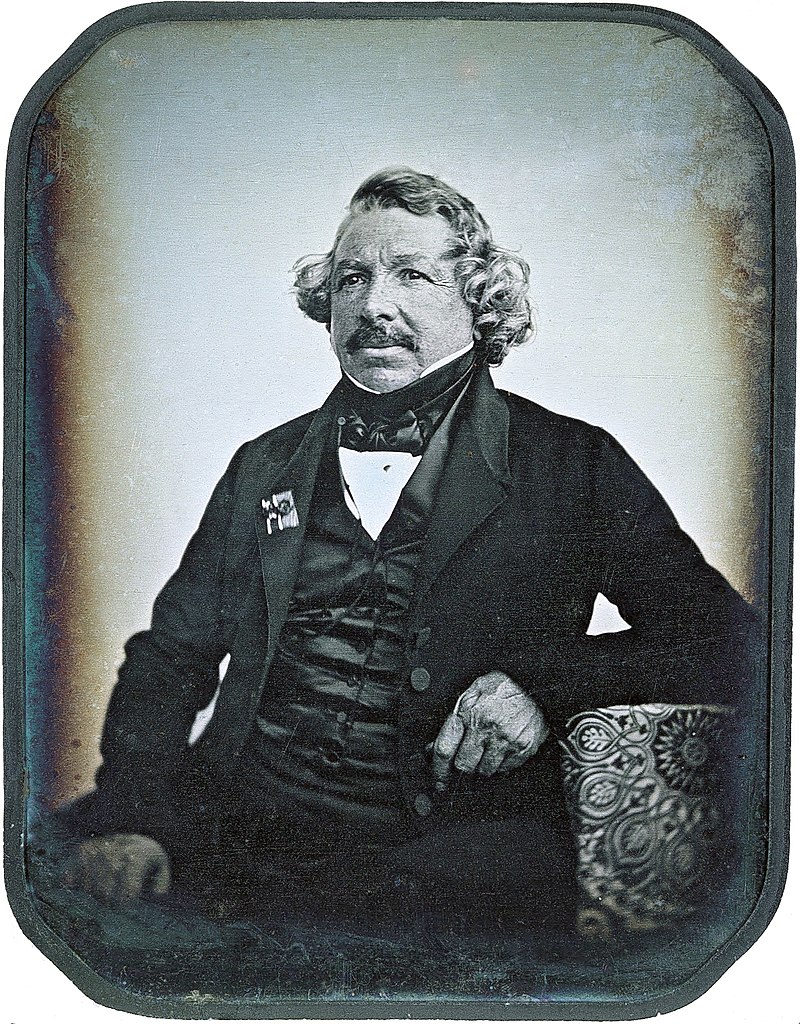

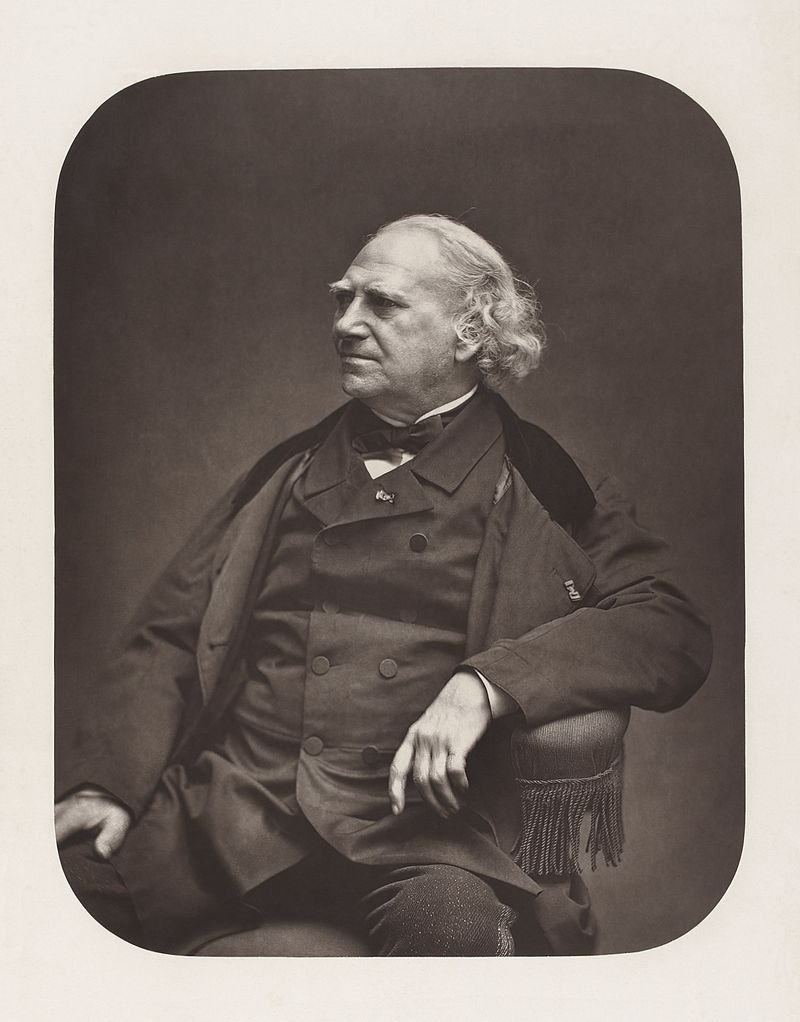

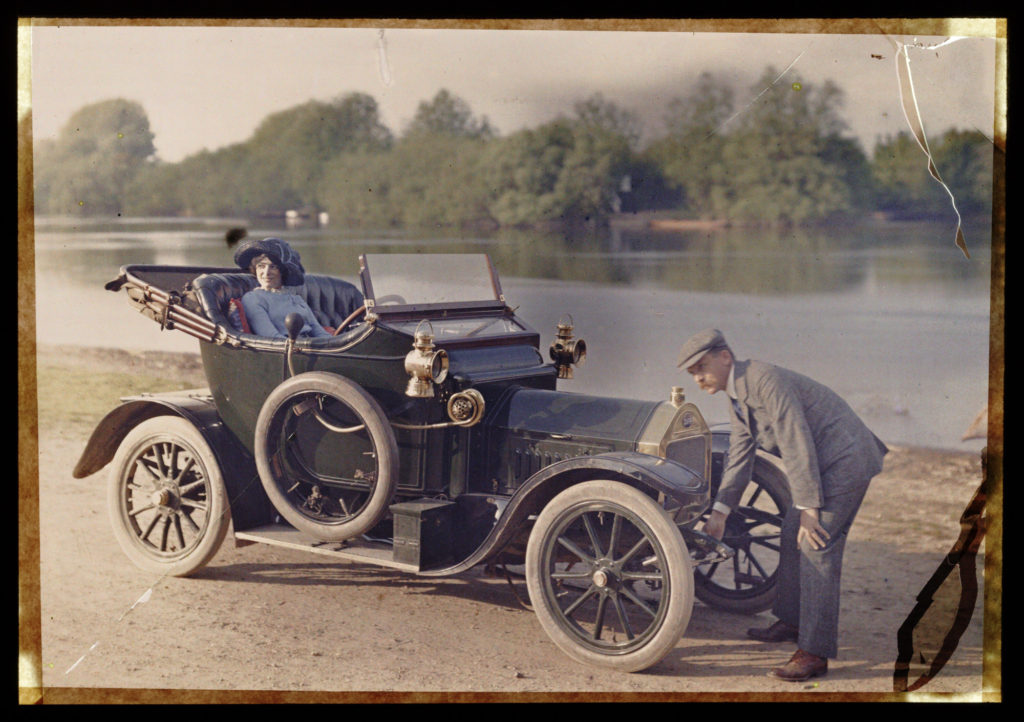












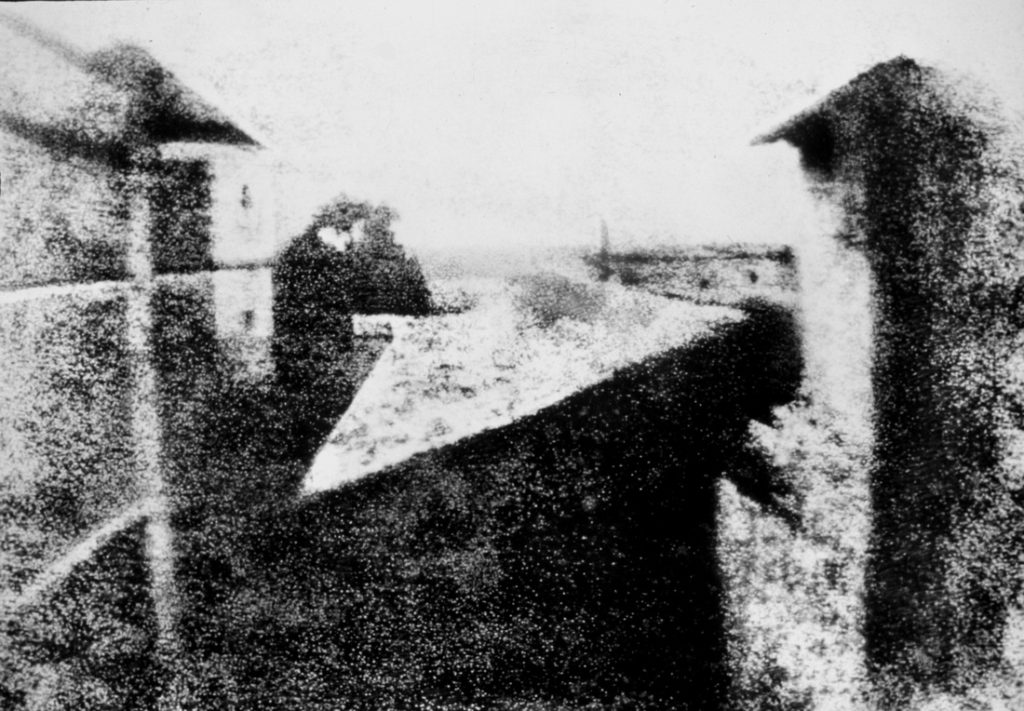

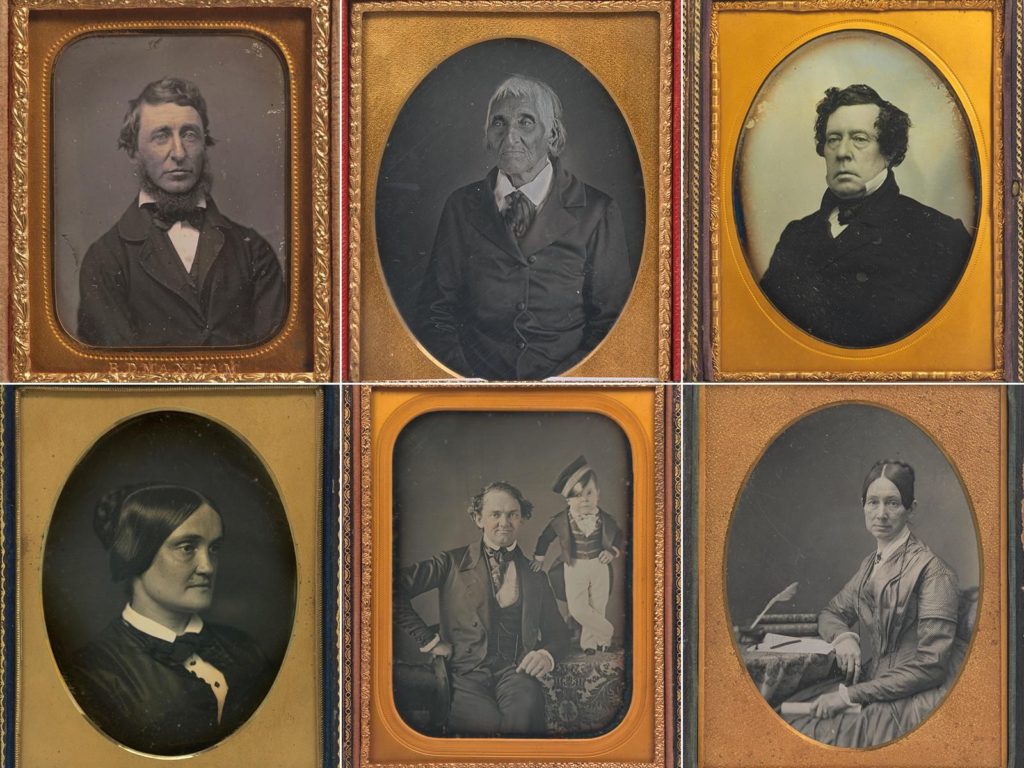
 Henry Fox Talbot – Latticed Window, 1835
Henry Fox Talbot – Latticed Window, 1835
